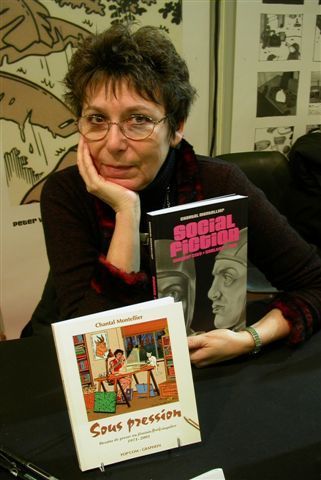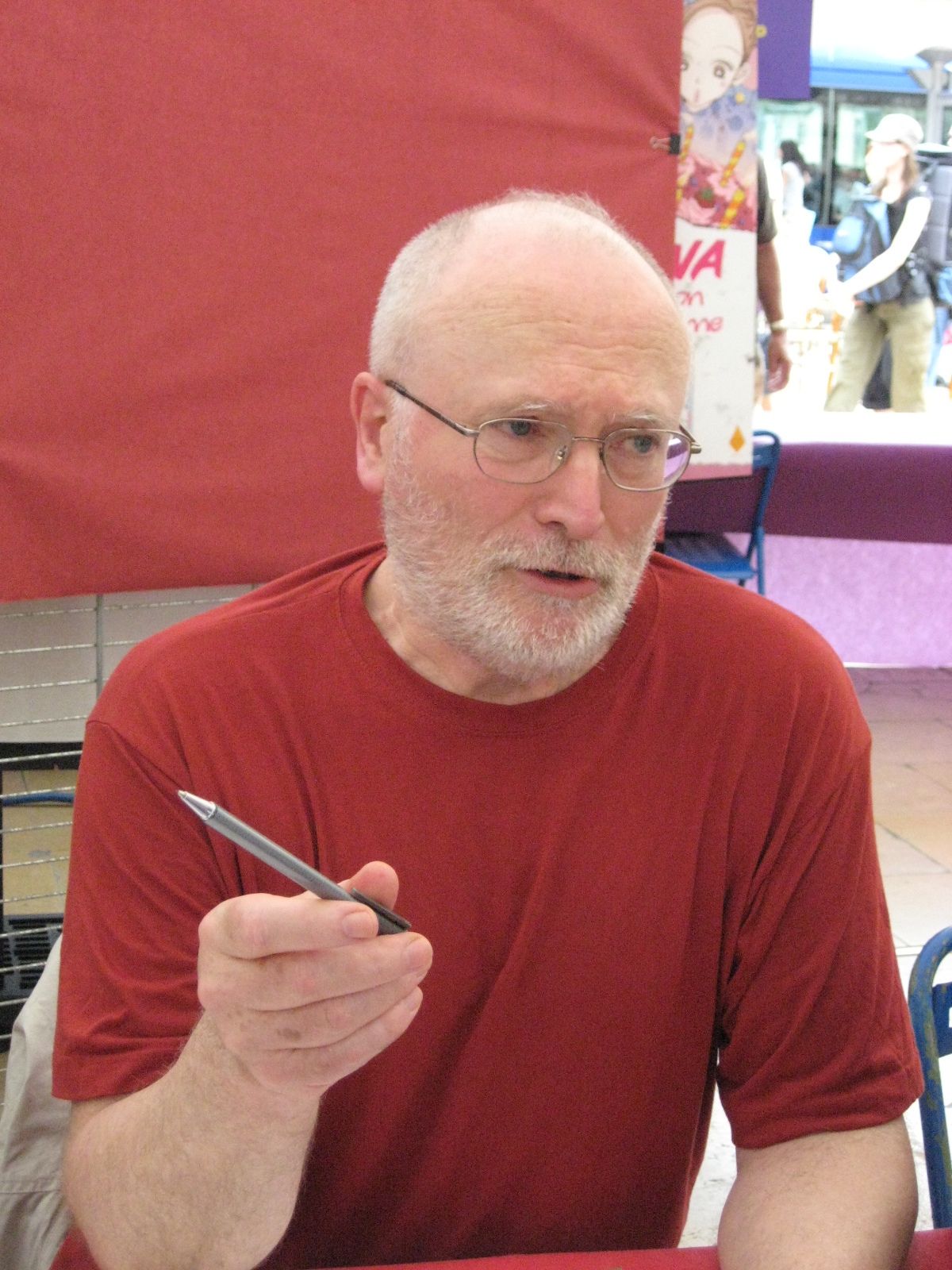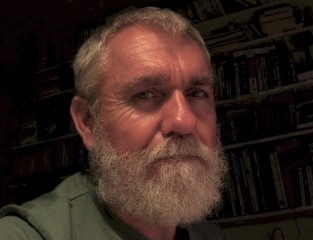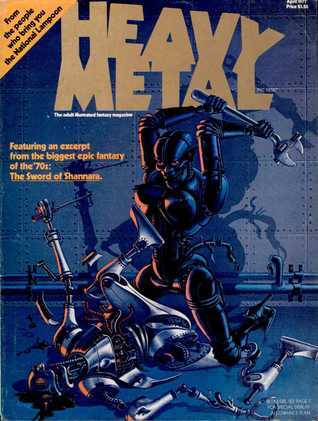
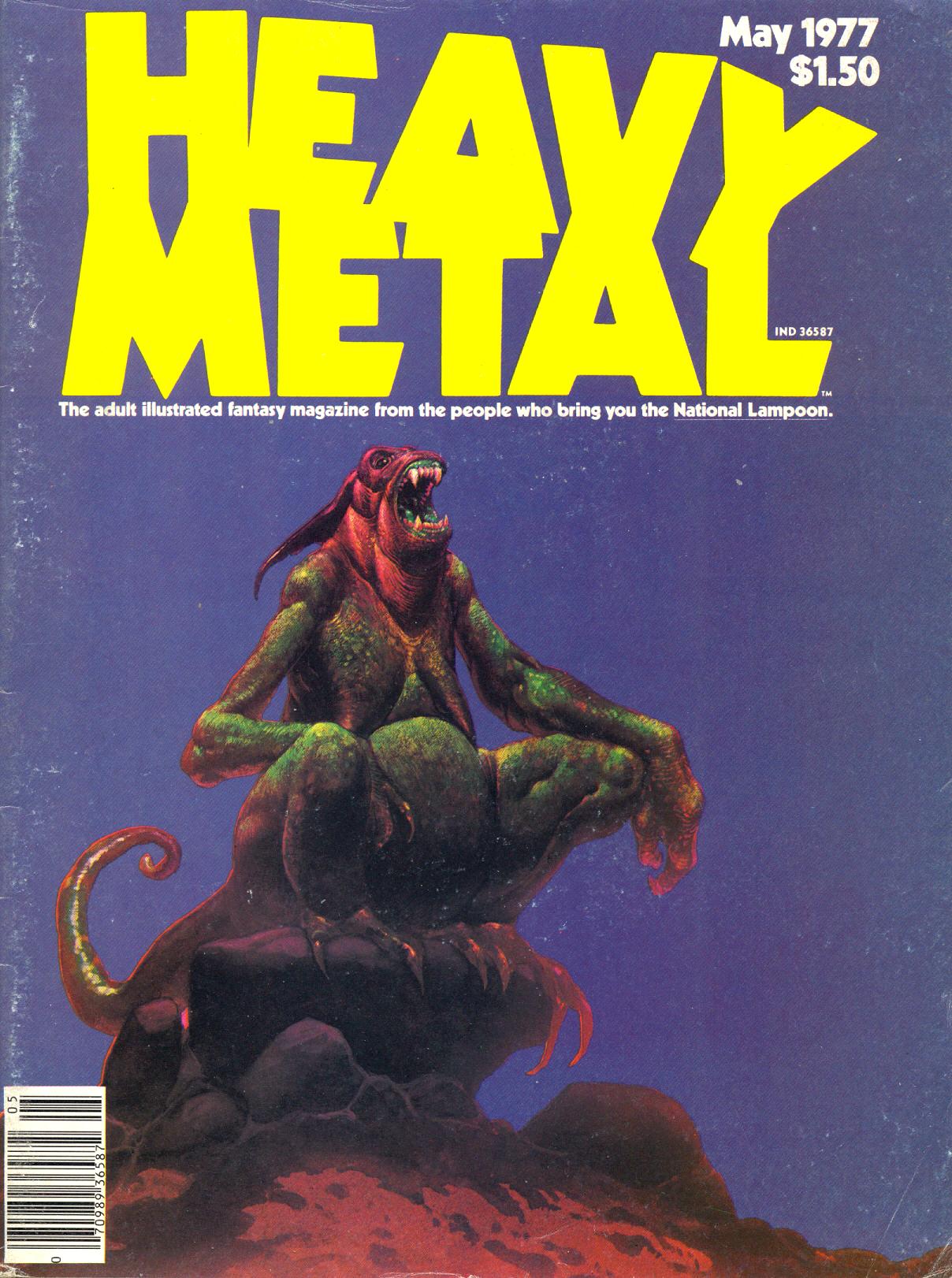
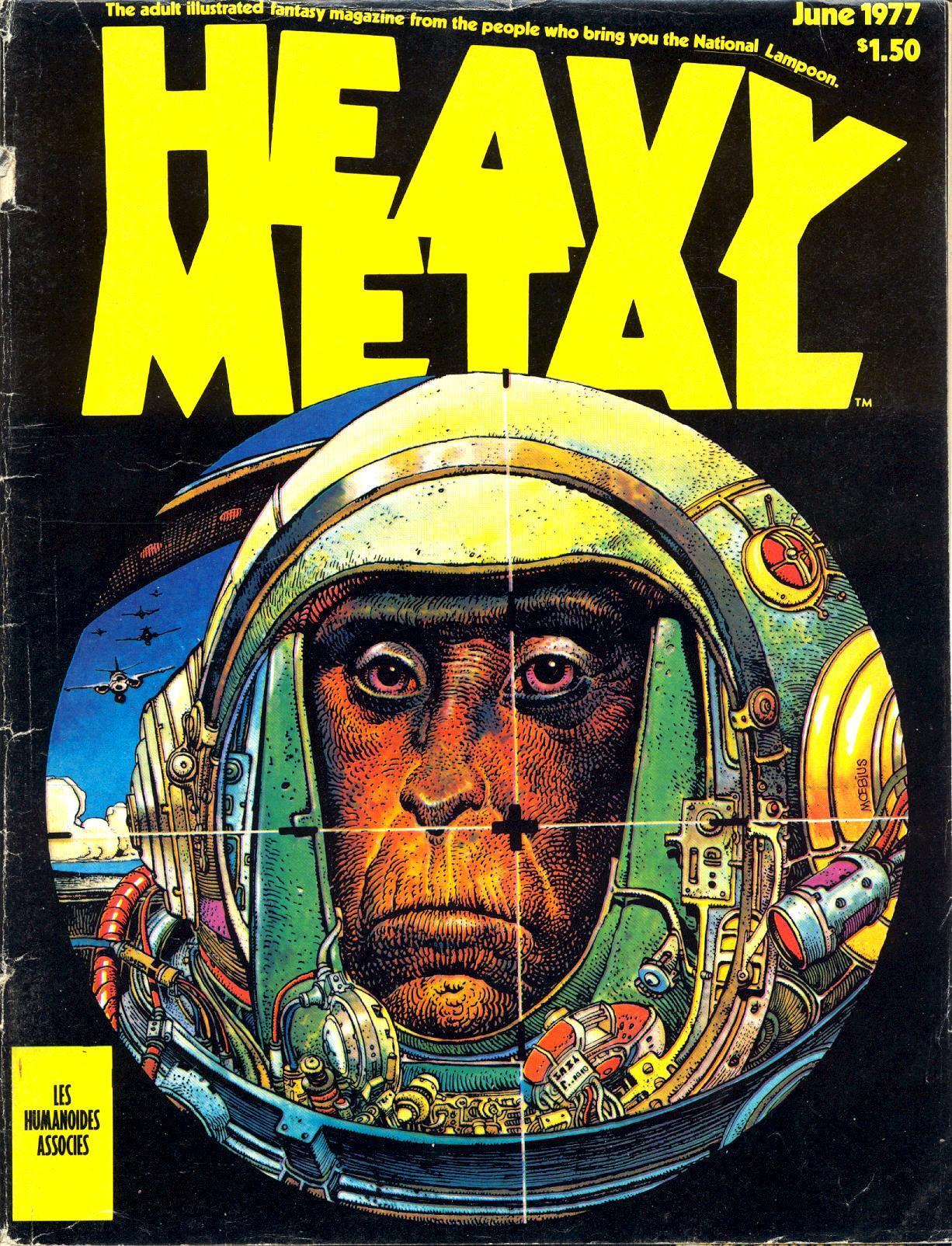
Books in series

Heavy Metal, April 1977
1977

Heavy Metal, May 1977
1977

Heavy Metal, June 1977
1977
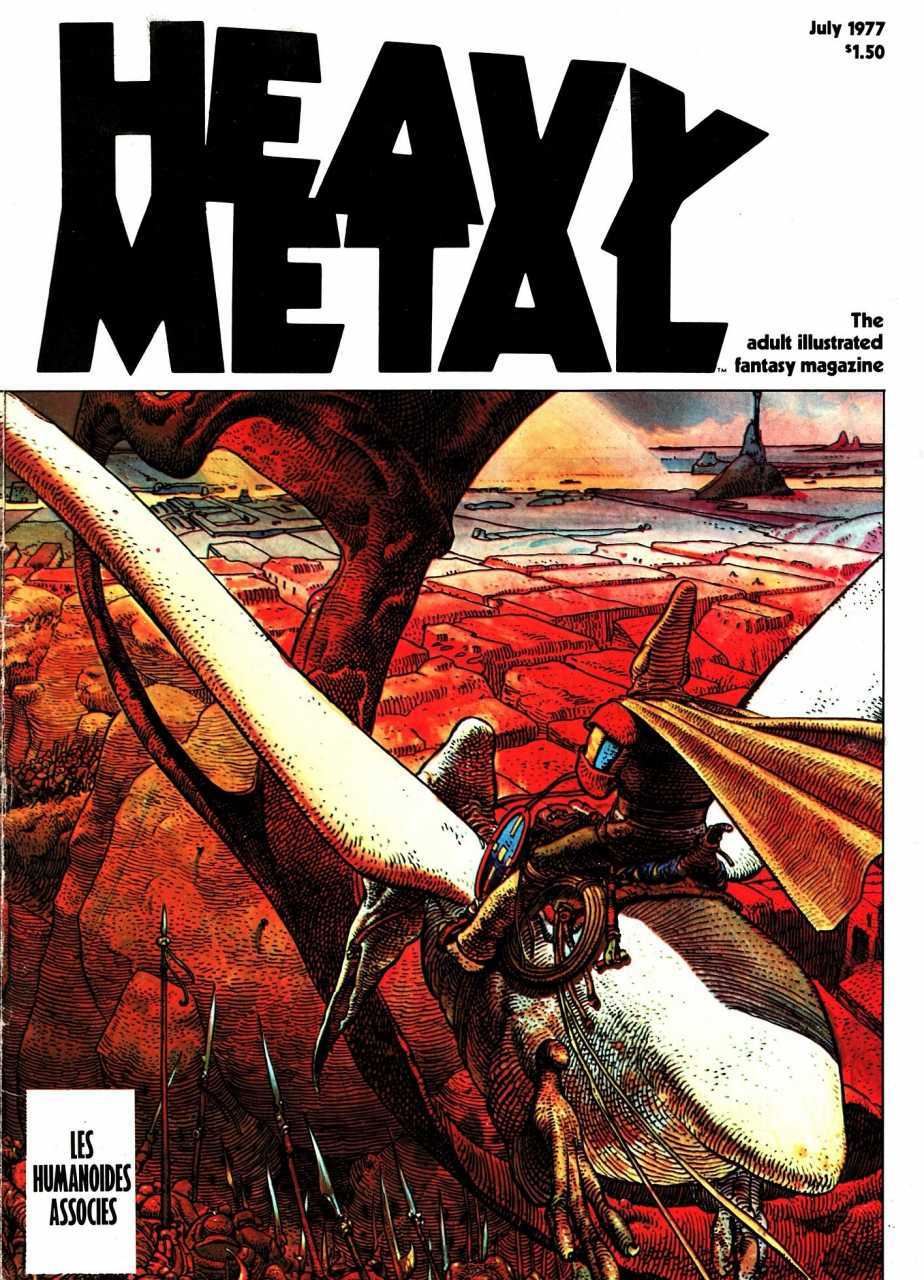
Heavy Metal, July 1977
1977

Heavy Metal, August 1977
1977
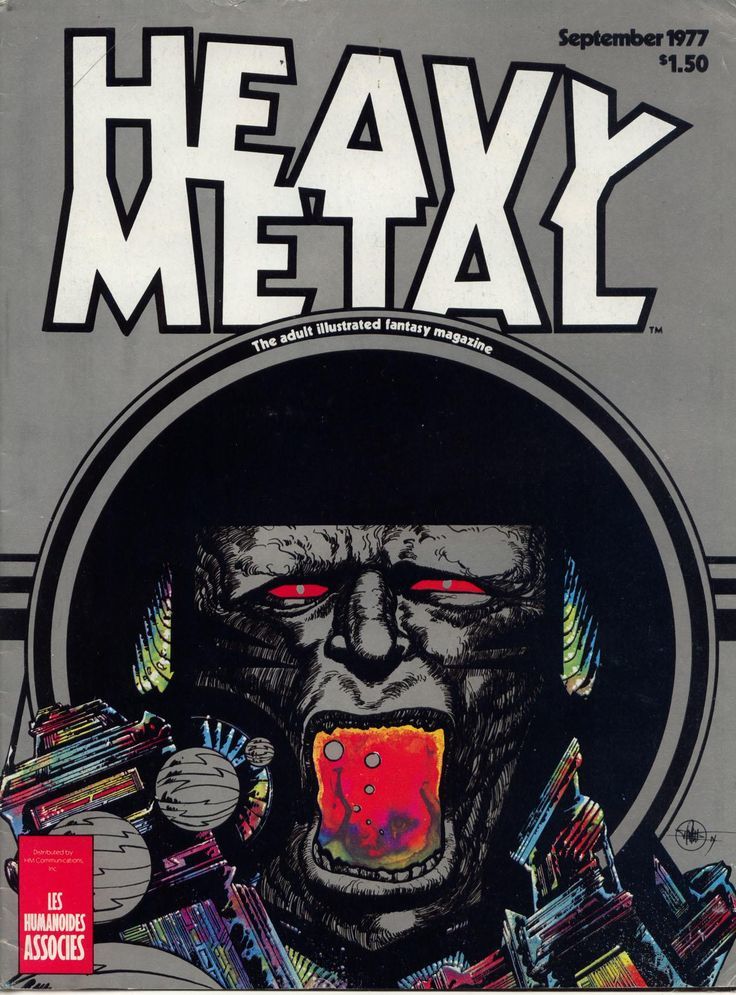
Heavy Metal, September 1977
1977
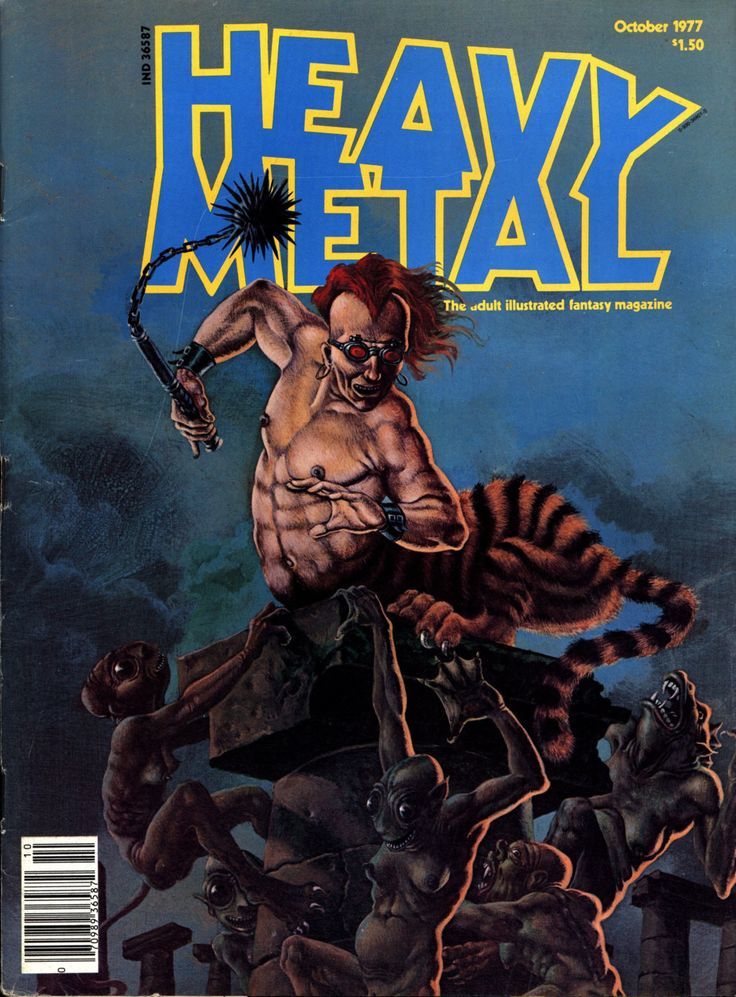
Heavy Metal, October 1977
1977
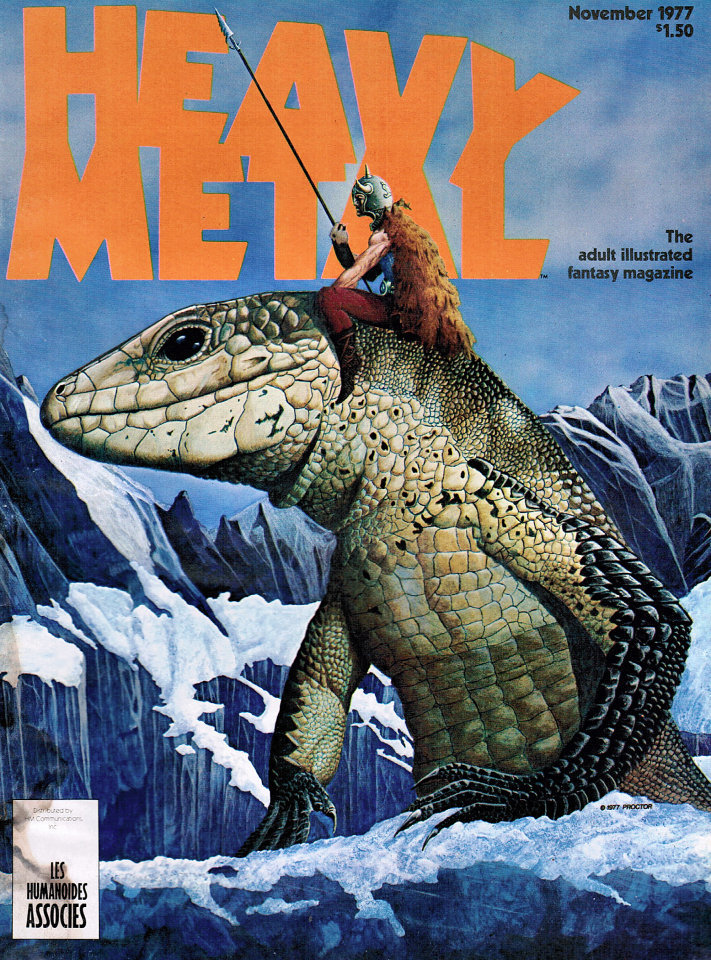
Heavy Metal, November 1977
1977
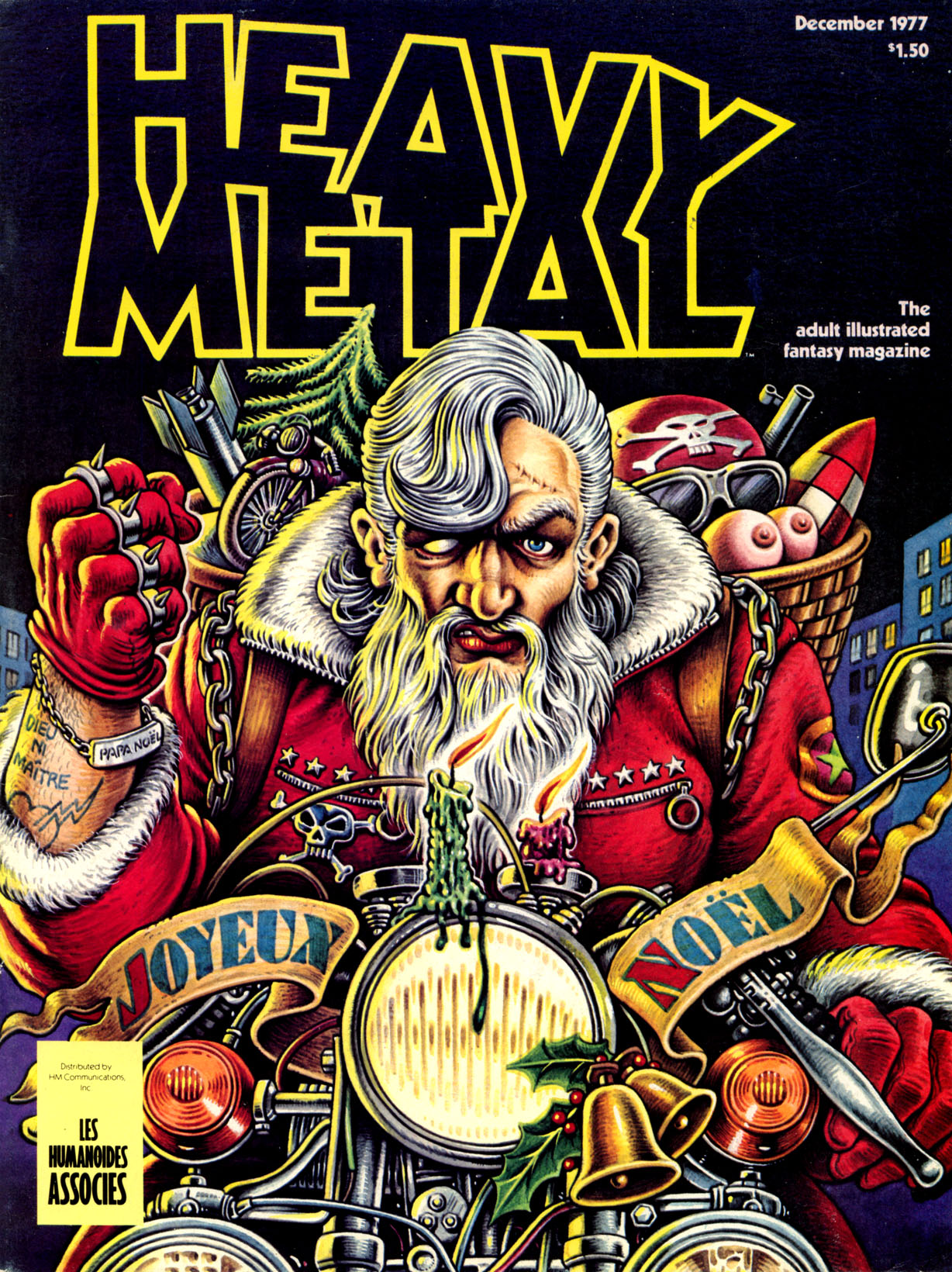
Heavy Metal, December 1977
1977
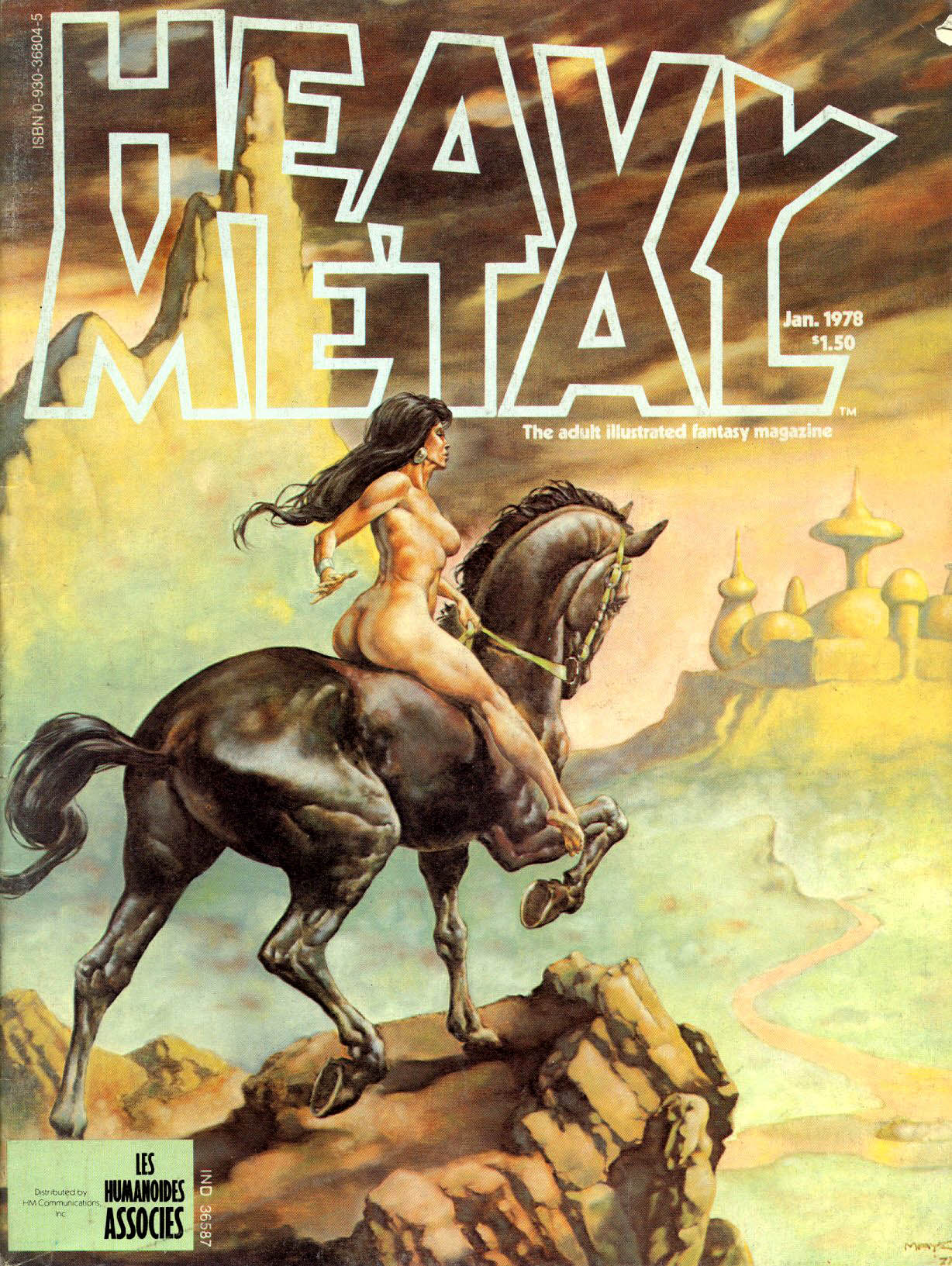
Heavy Metal, Jan. 1978
1978
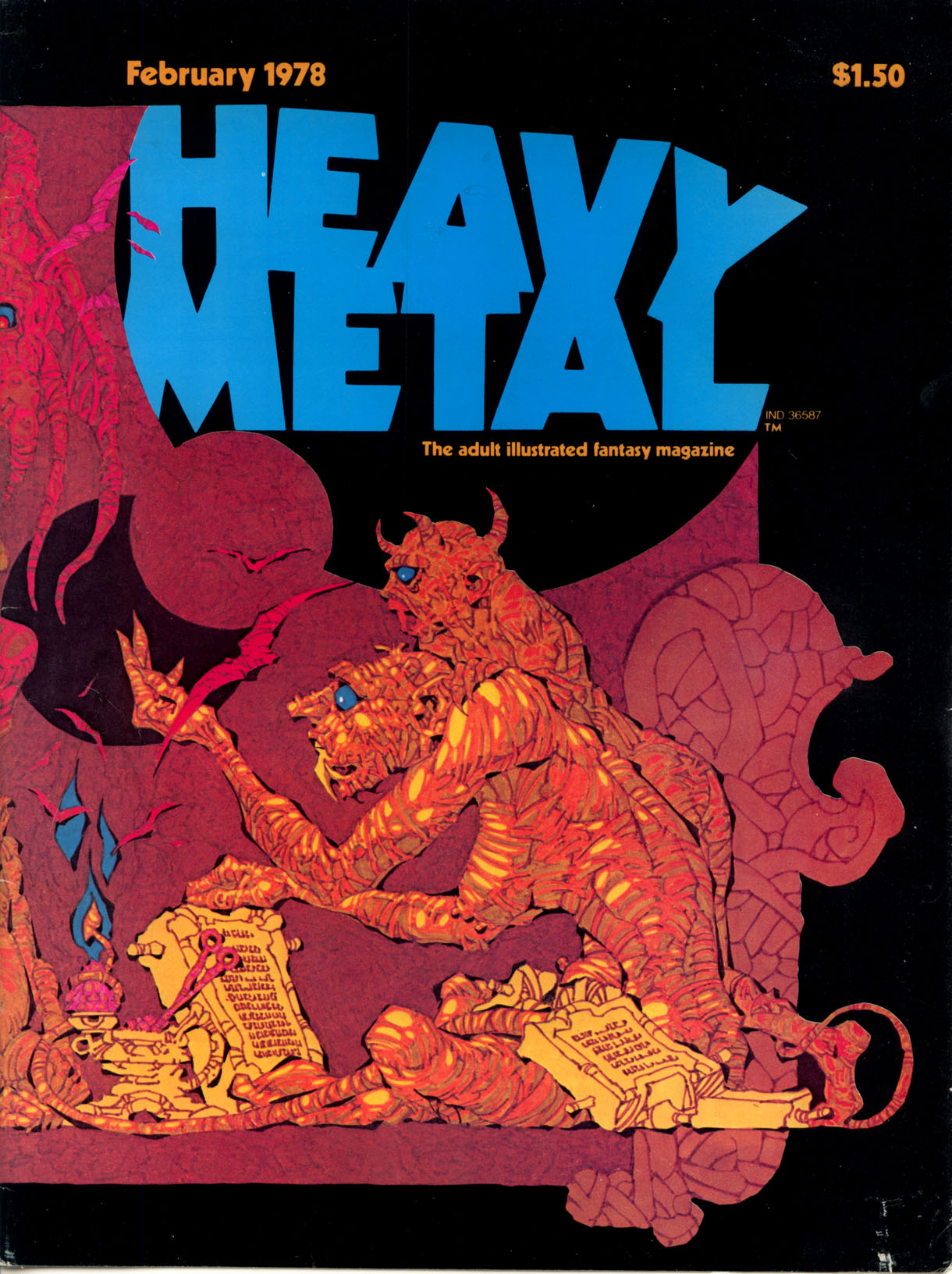
Heavy Metal, February 1978
1978
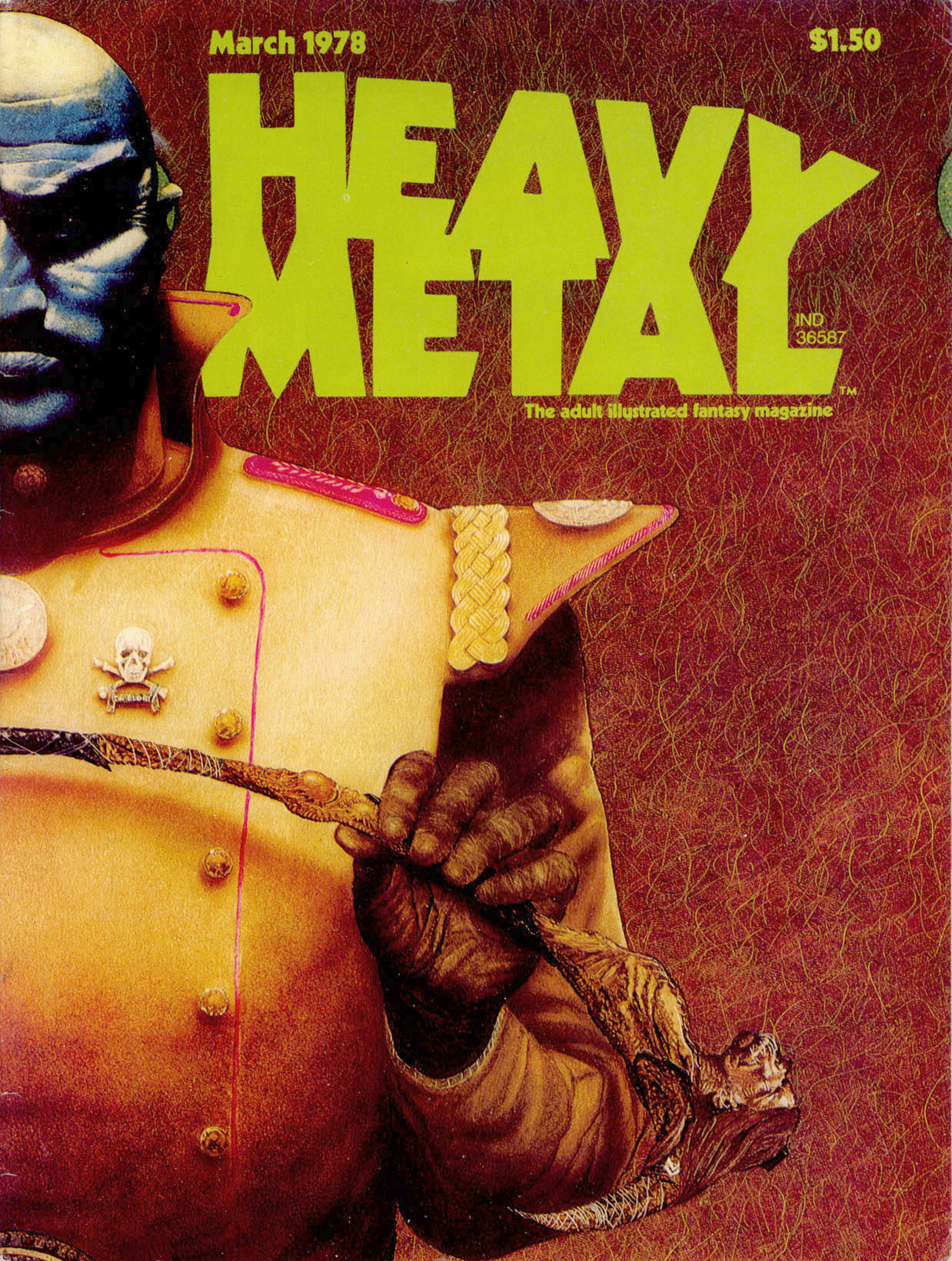
Heavy Metal, March 1978
1978
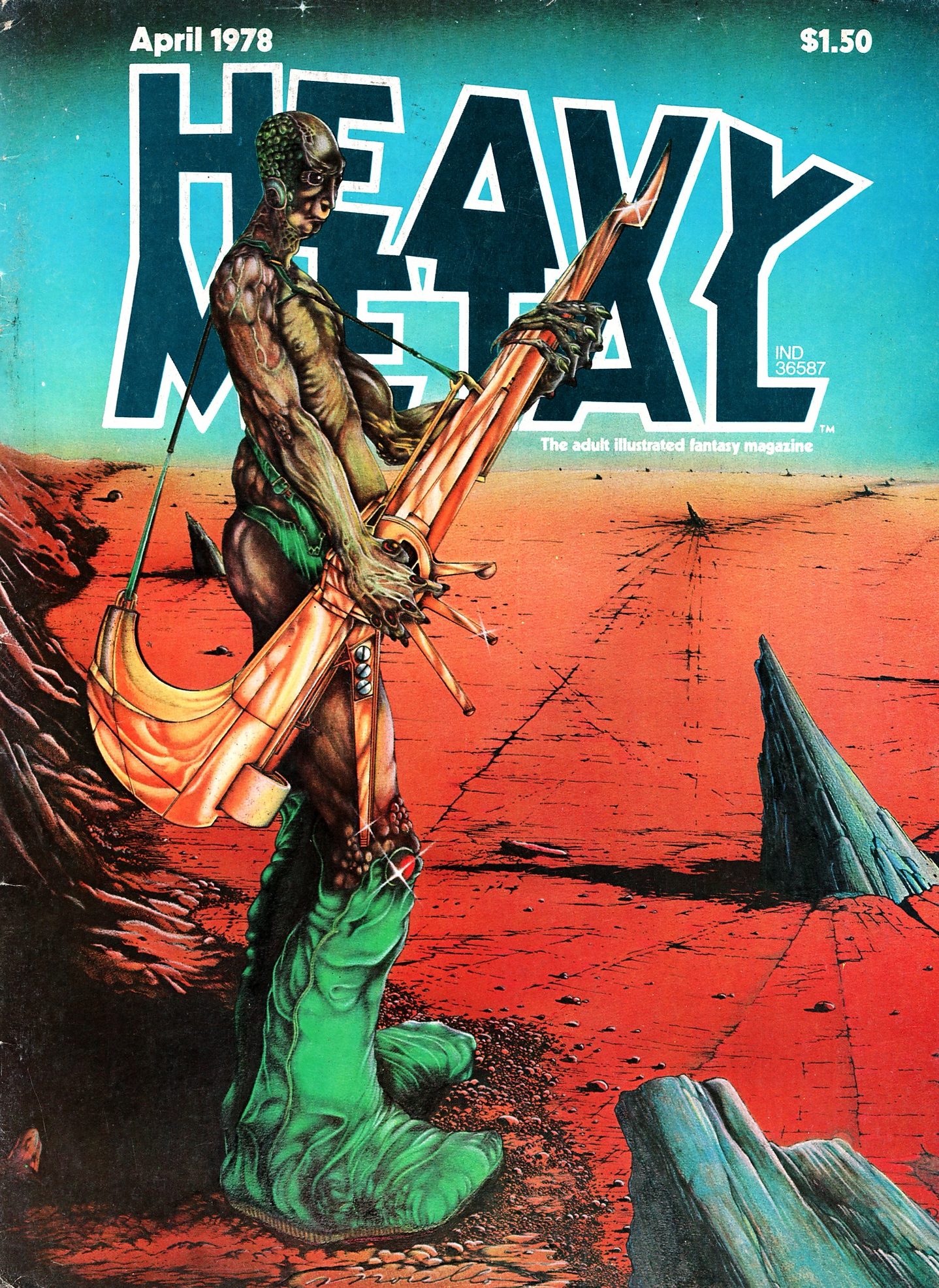
Heavy Metal, April 1978
1978
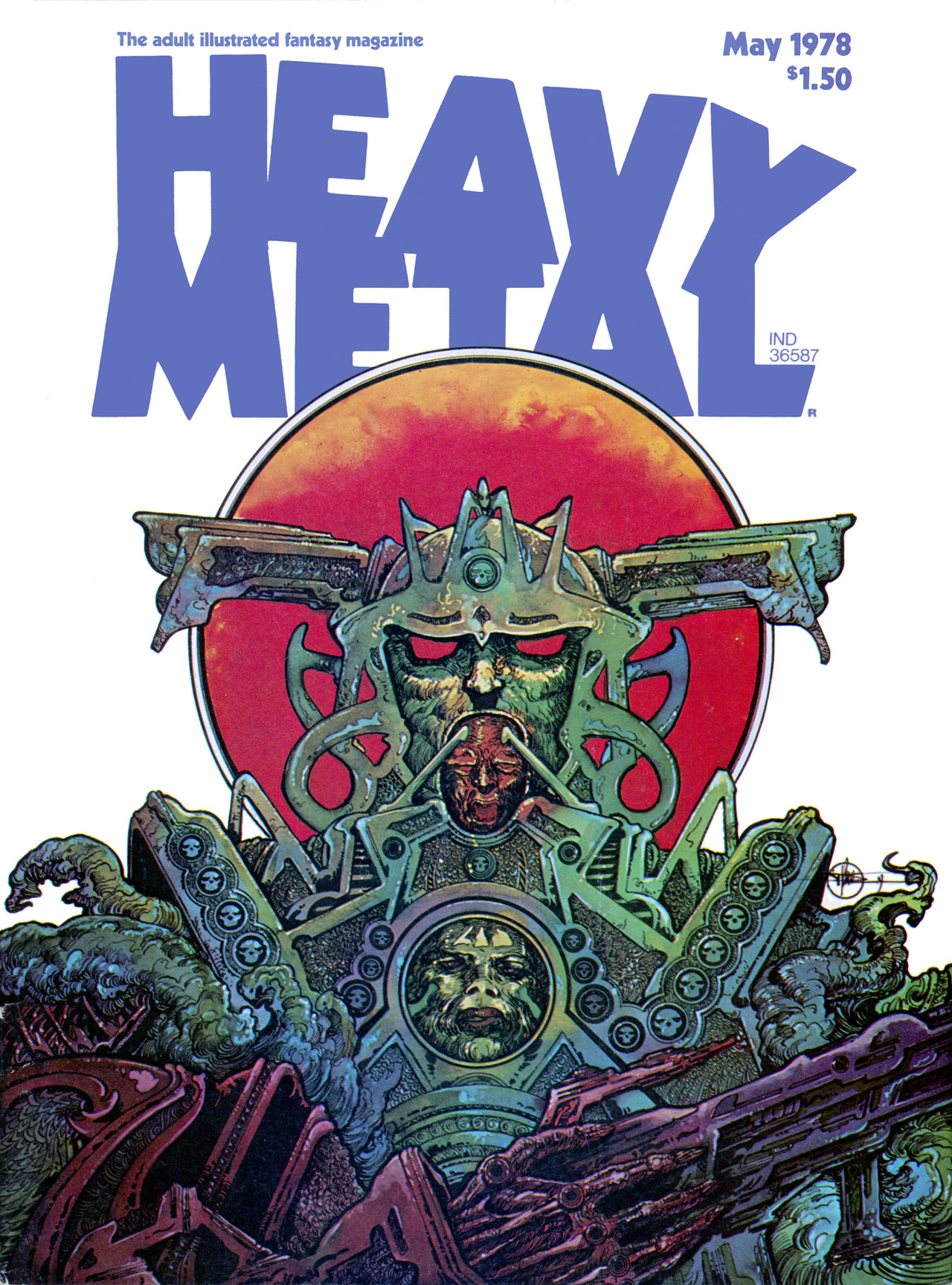
Heavy Metal, May 1978
1978

Heavy Metal, June 1978
1978

Heavy Metal, July 1978
1978

Heavy Metal, August 1978
1978
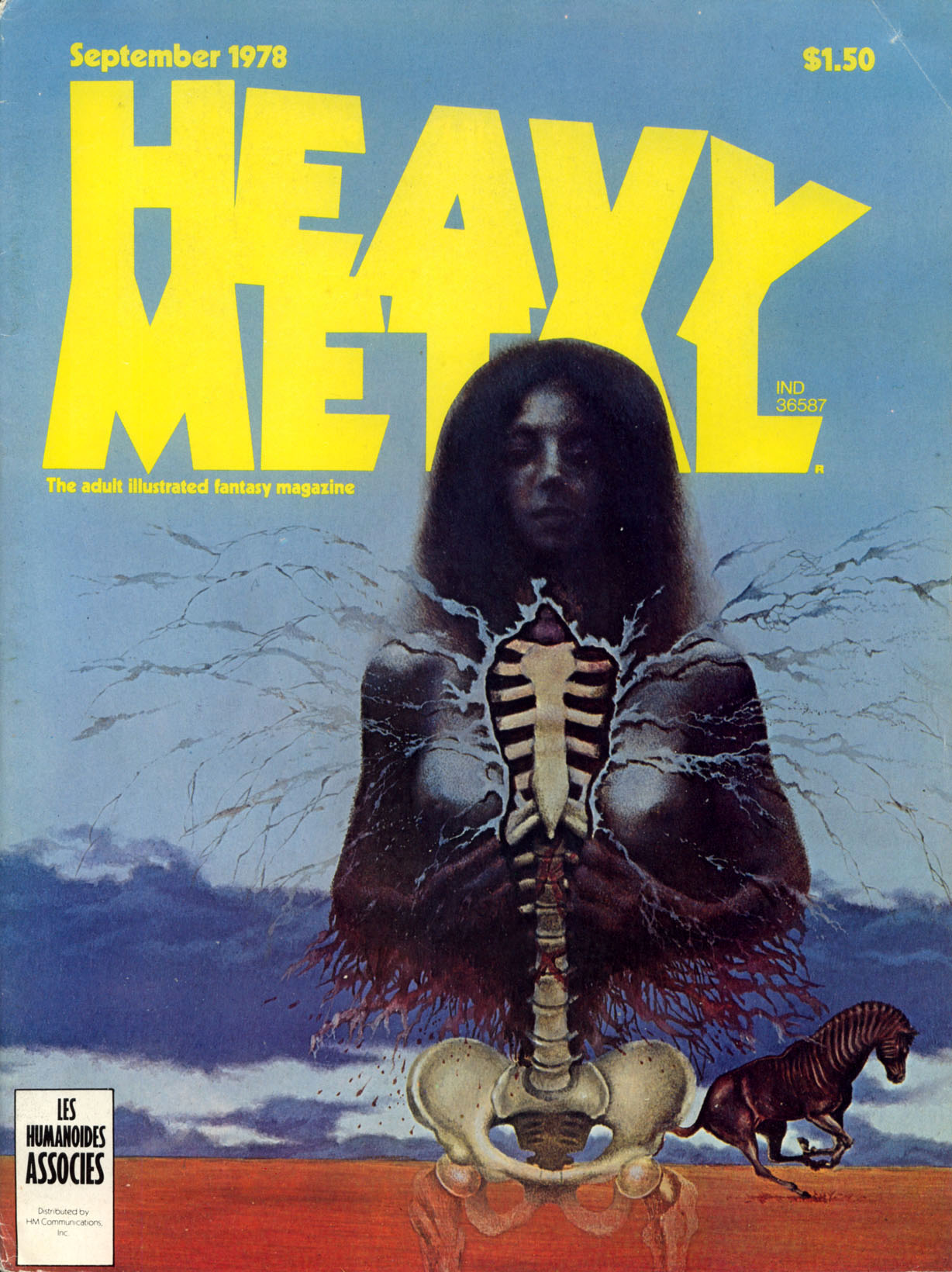
Heavy Metal, September 1978
1978
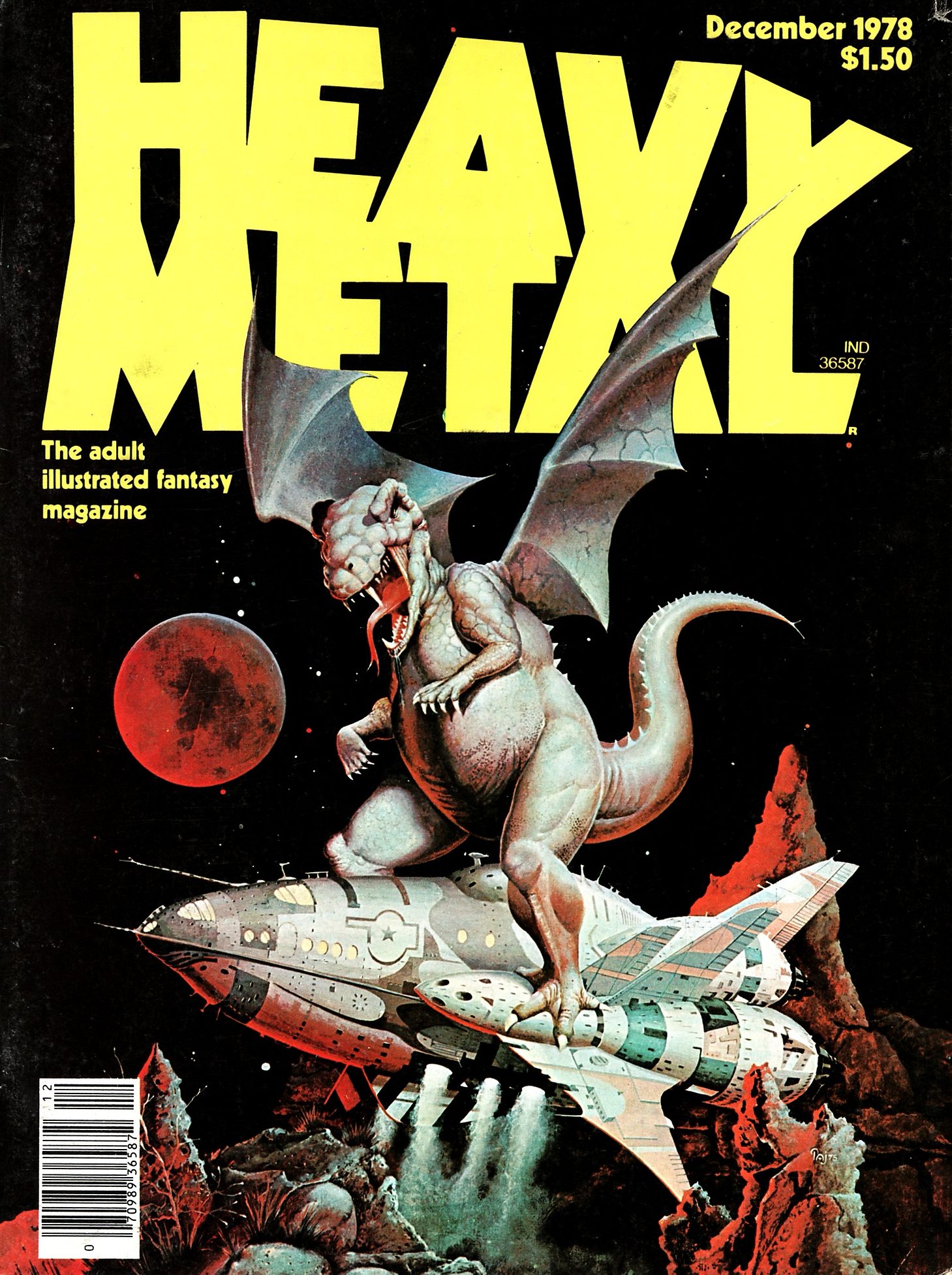
Heavy Metal, December 1978
1978
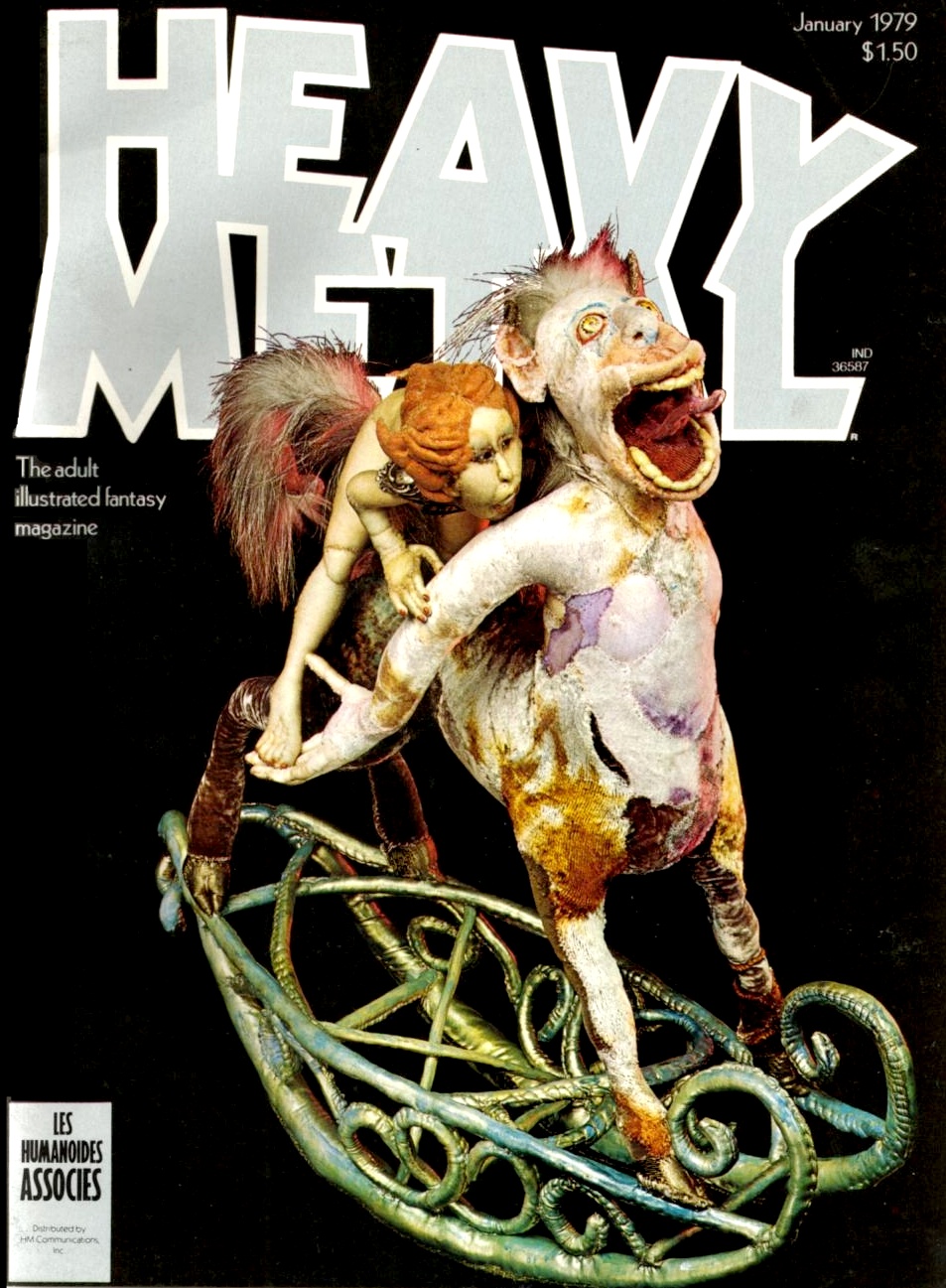
Heavy Metal, January 1979
1979
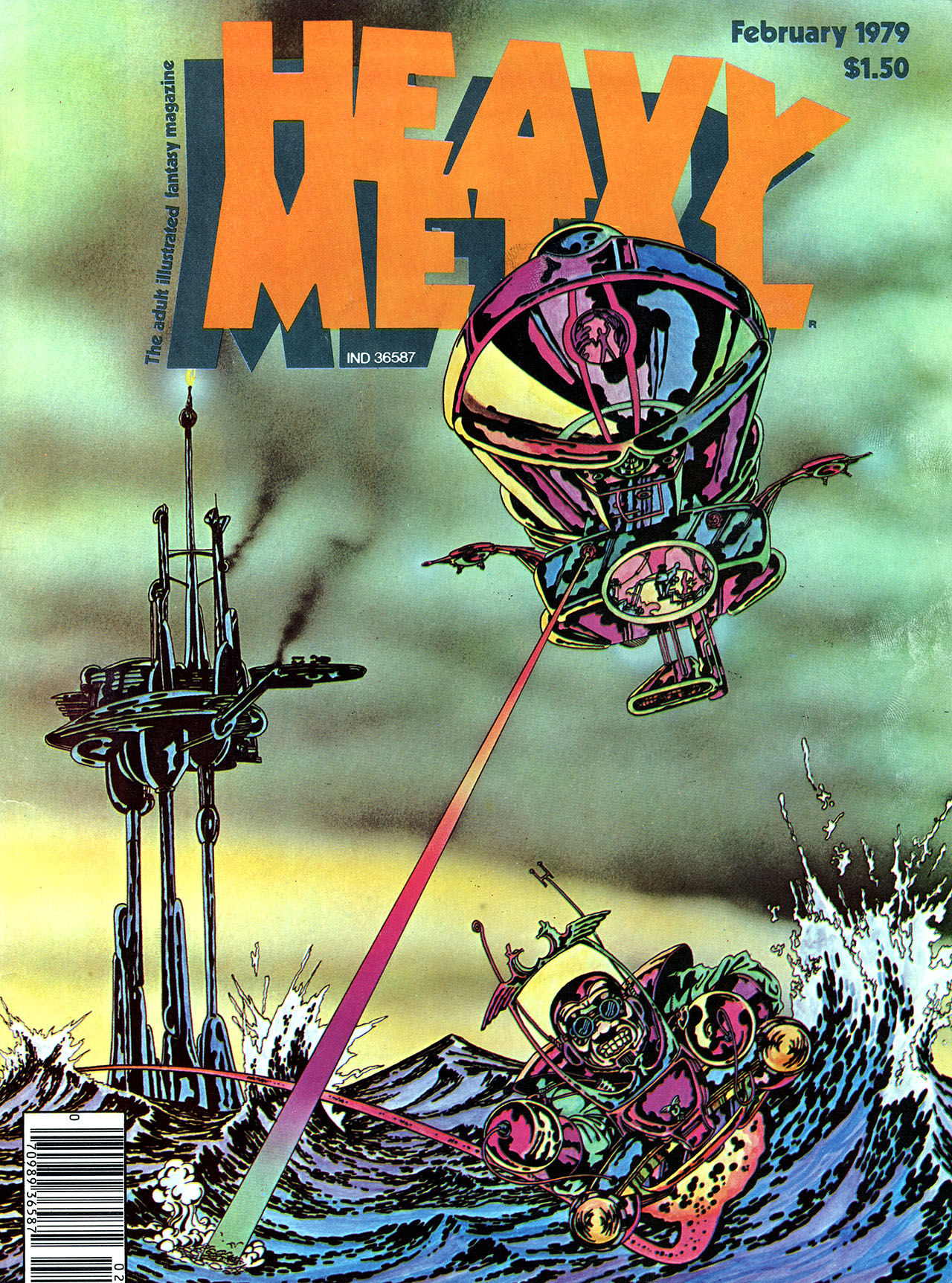
Heavy Metal, February 1979
1979
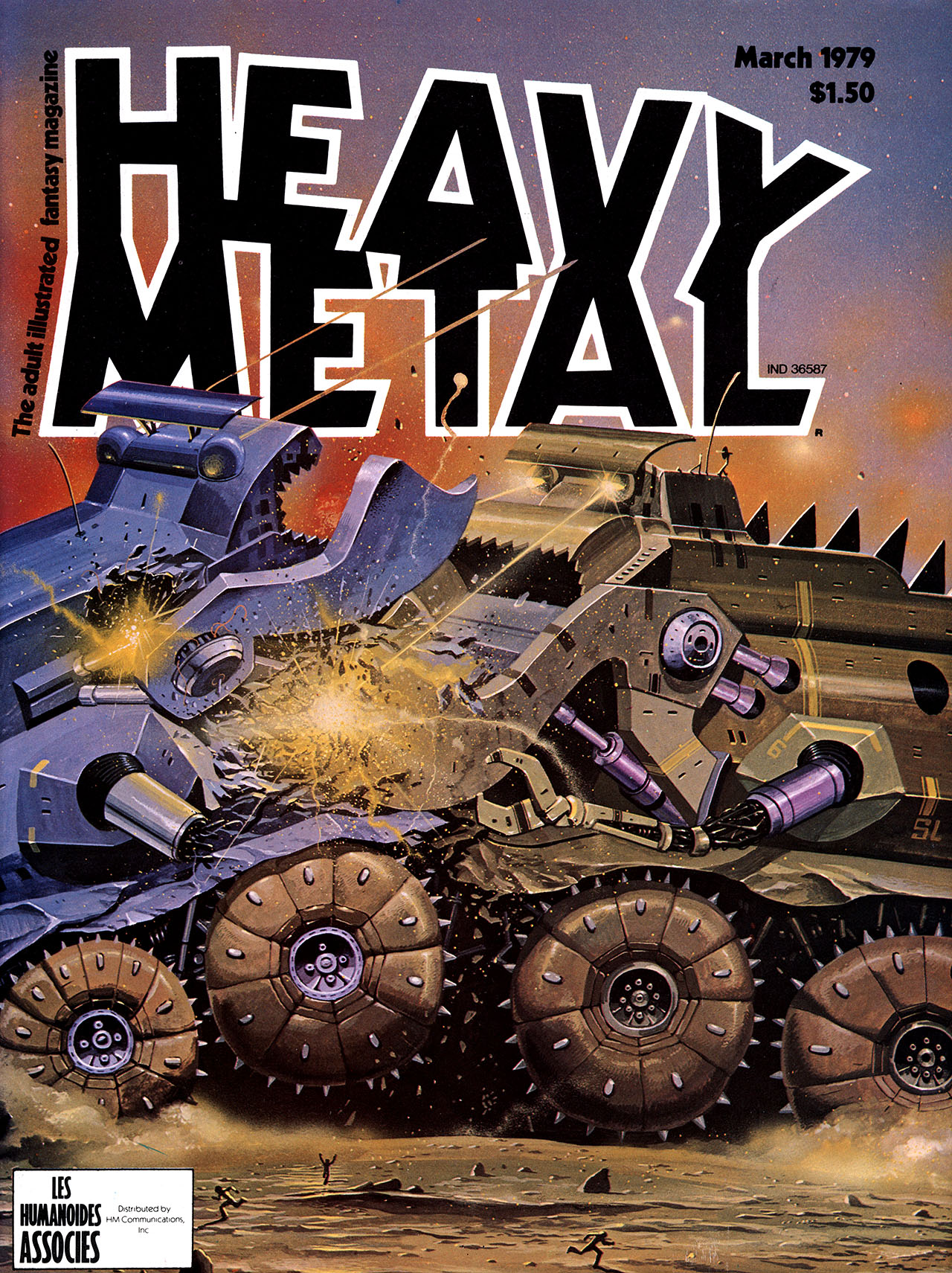
Heavy Metal, March 1979
1979
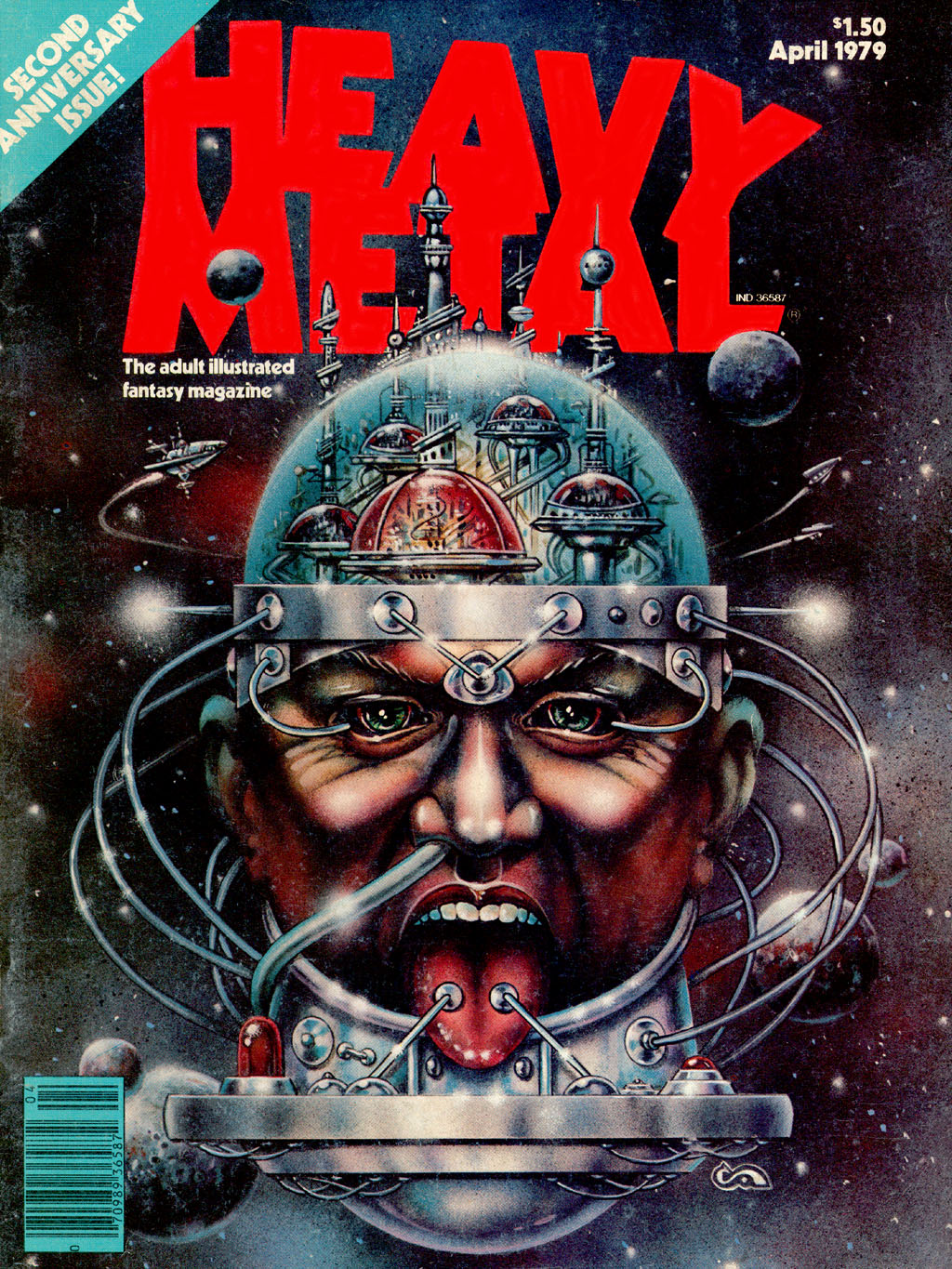
Heavy Metal, April 1979
1979
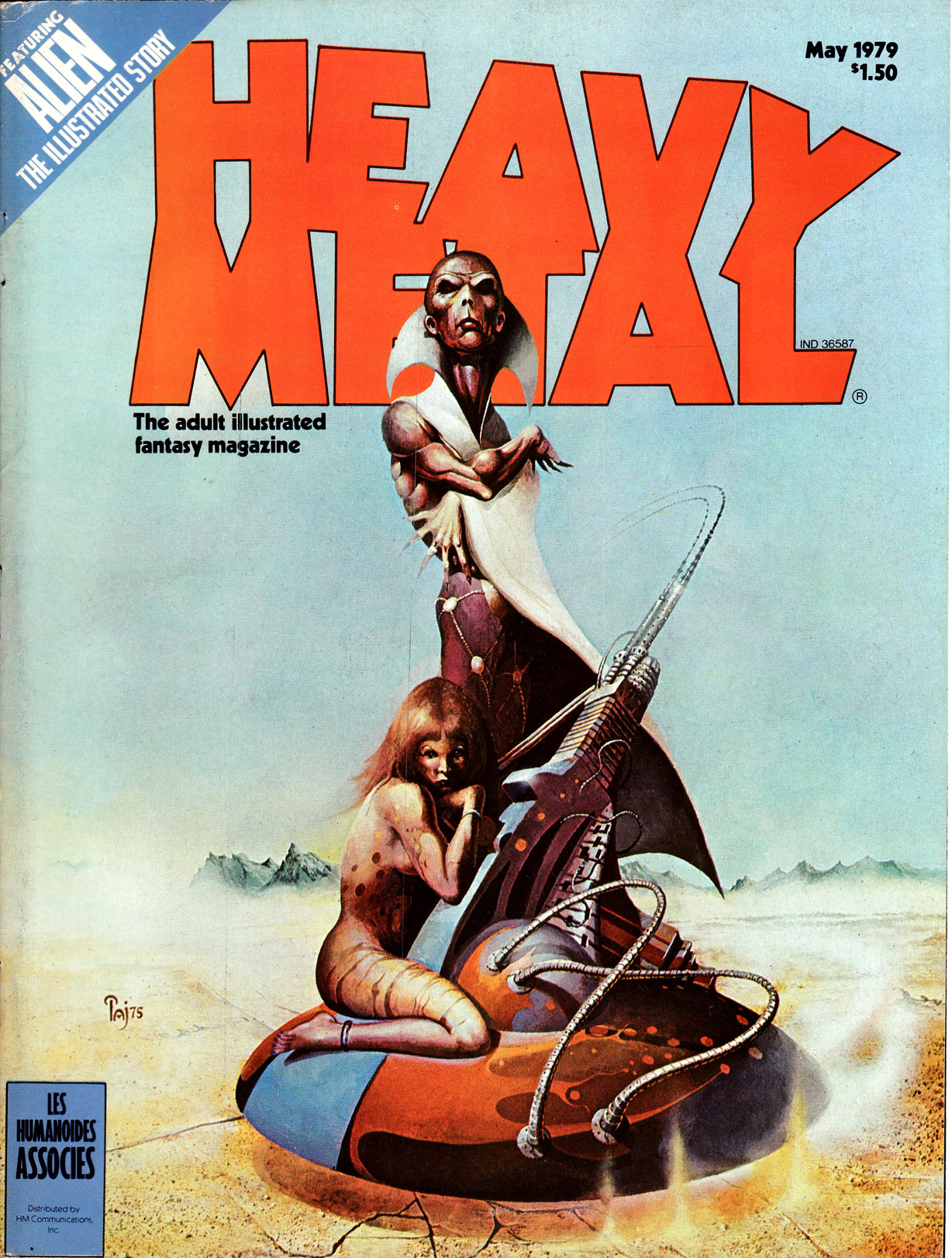
Heavy Metal, May 1979
1979
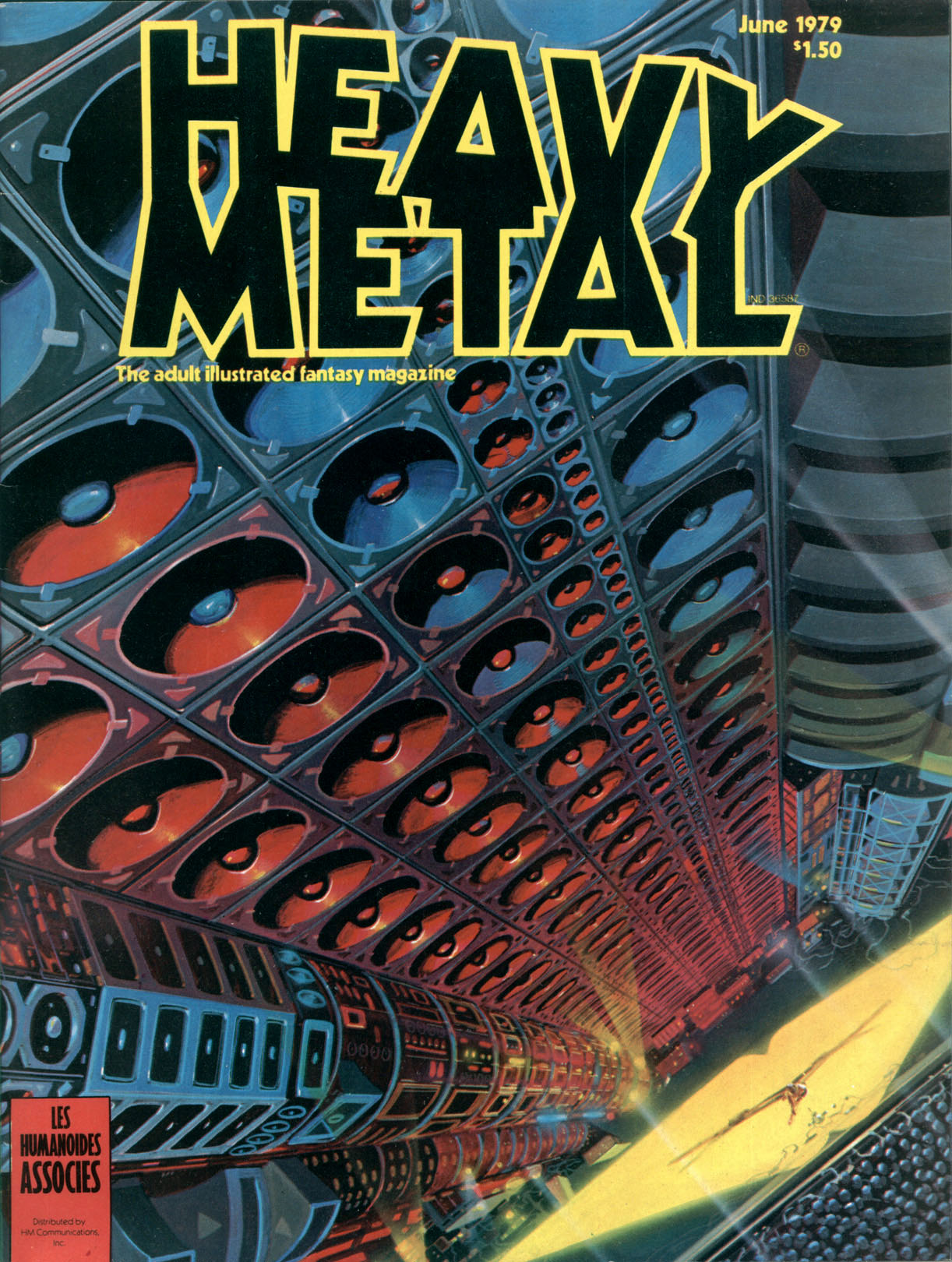
Heavy Metal, June 1979
1979
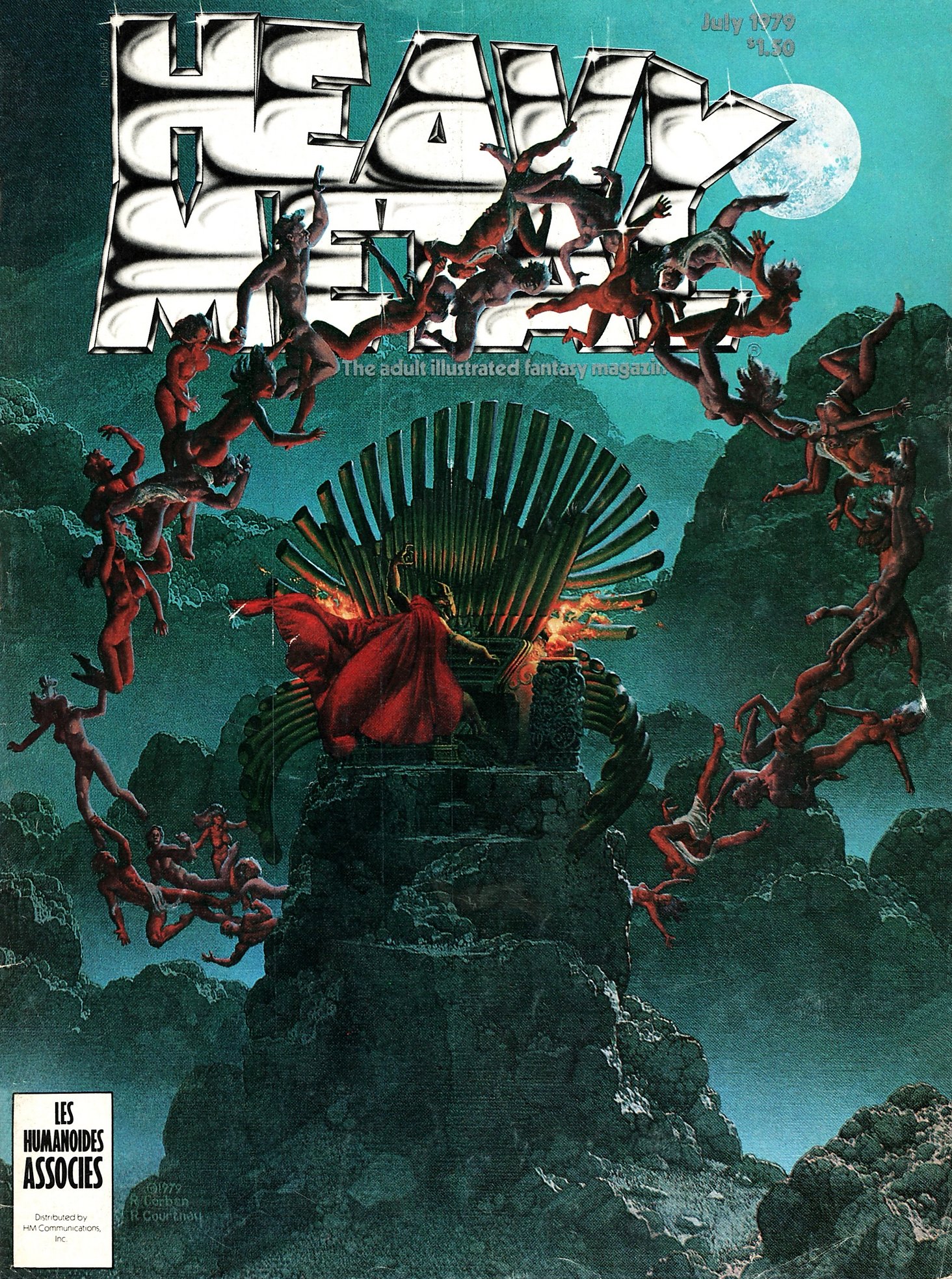
Heavy Metal, July 1979
1979
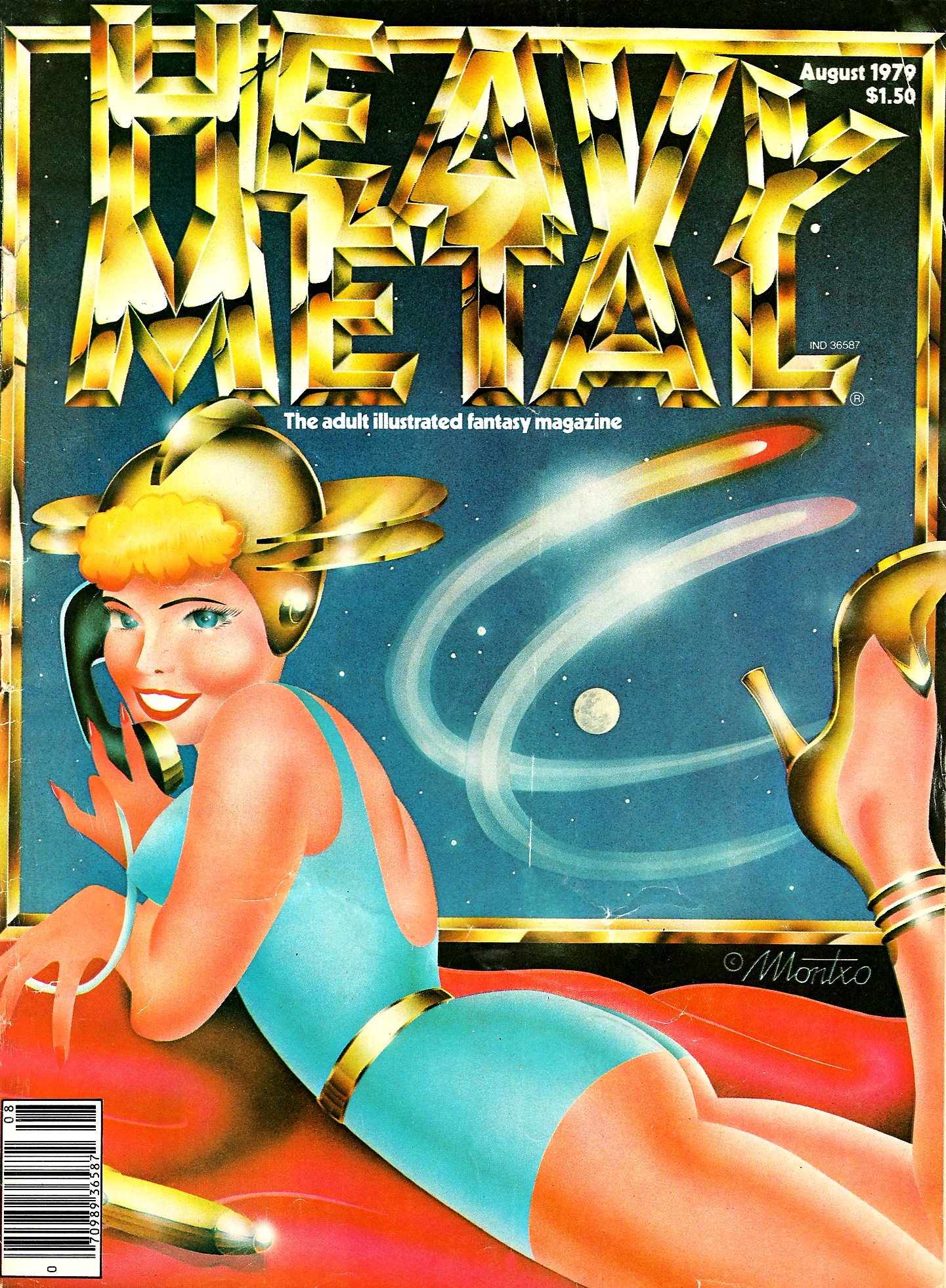
Heavy Metal, August 1979
1979
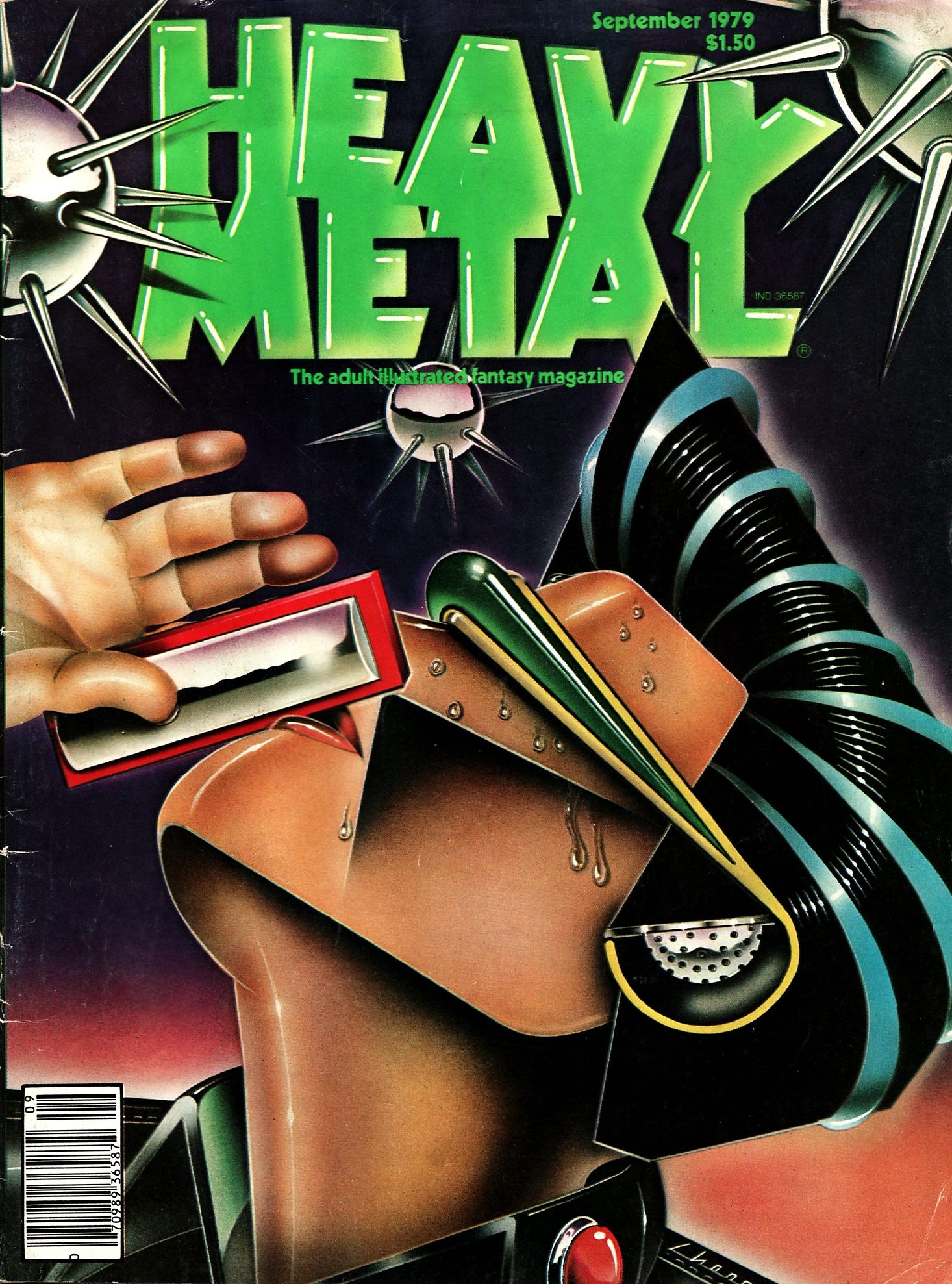
Heavy Metal, September 1979
1979
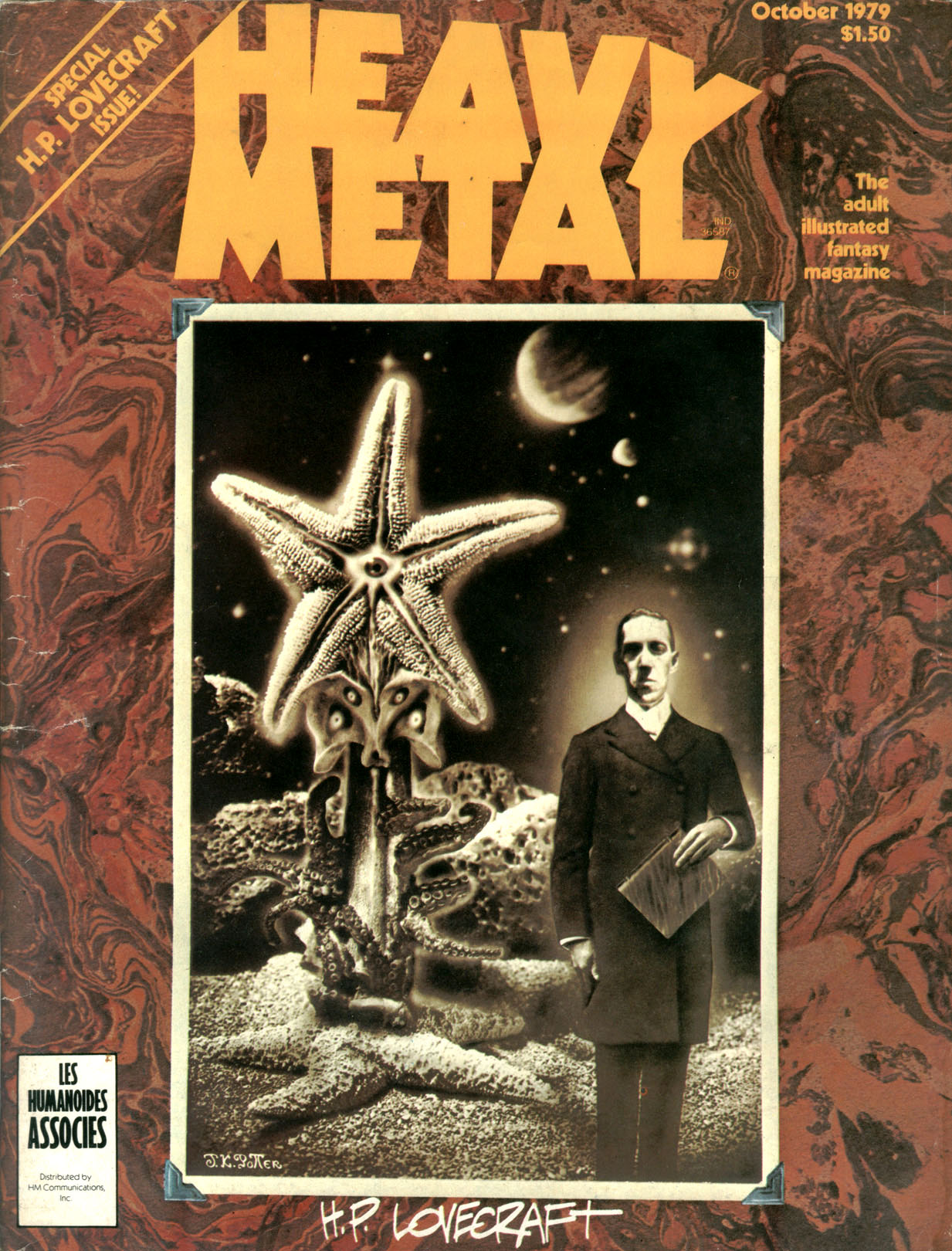
Heavy Metal, October 1979
1979
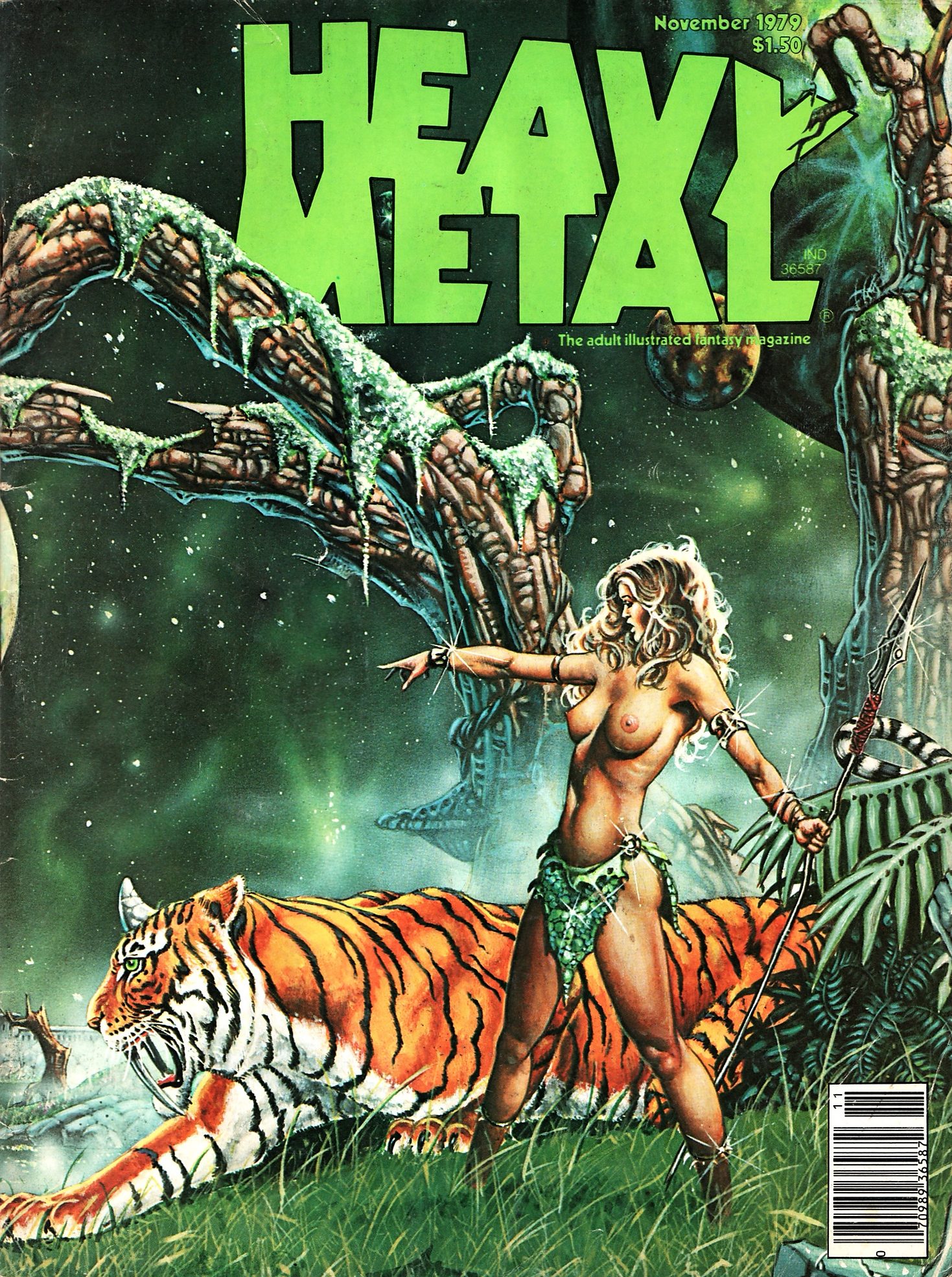
Heavy Metal, November 1979
1979
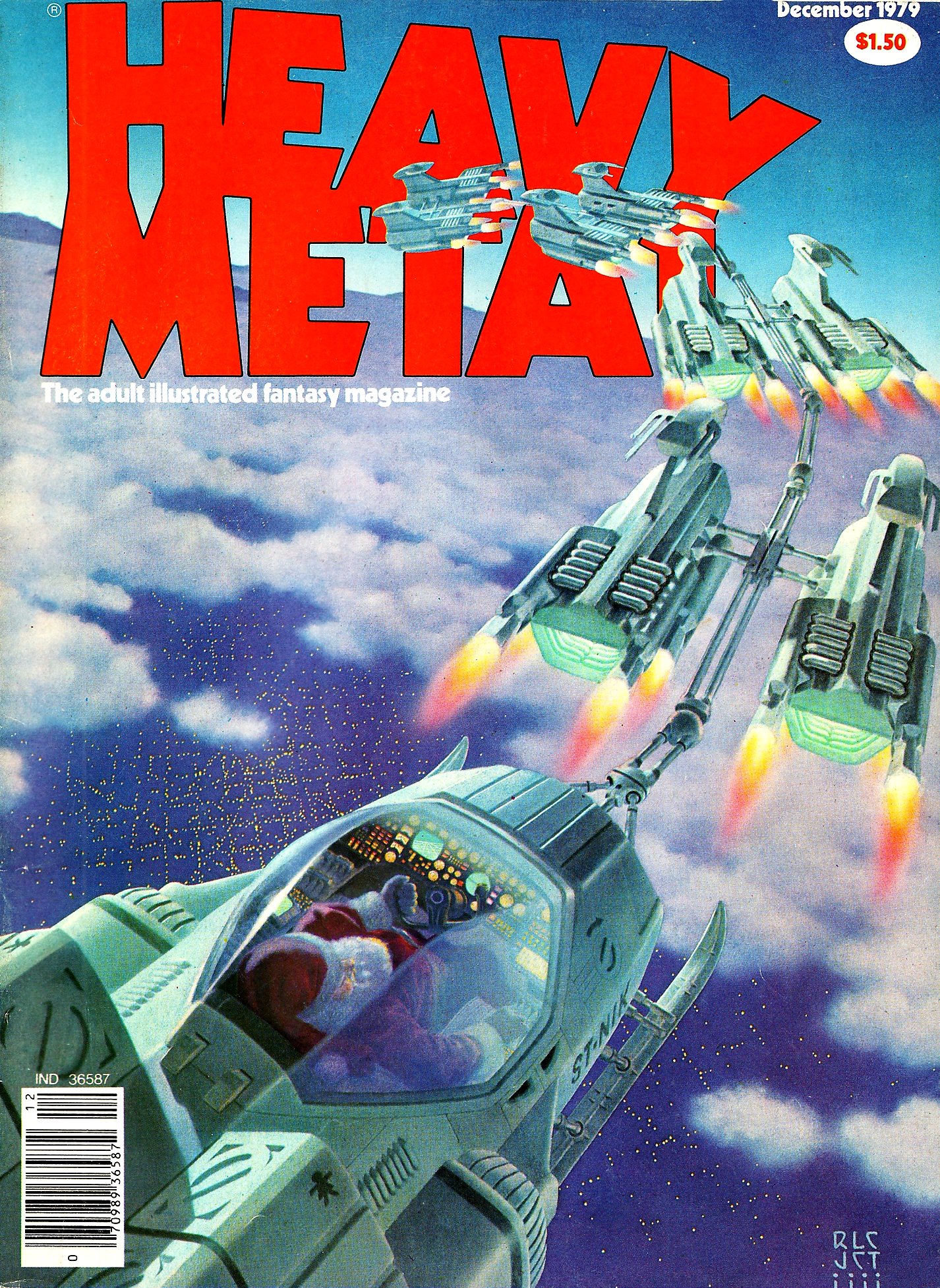
Heavy Metal, December 1979
1979
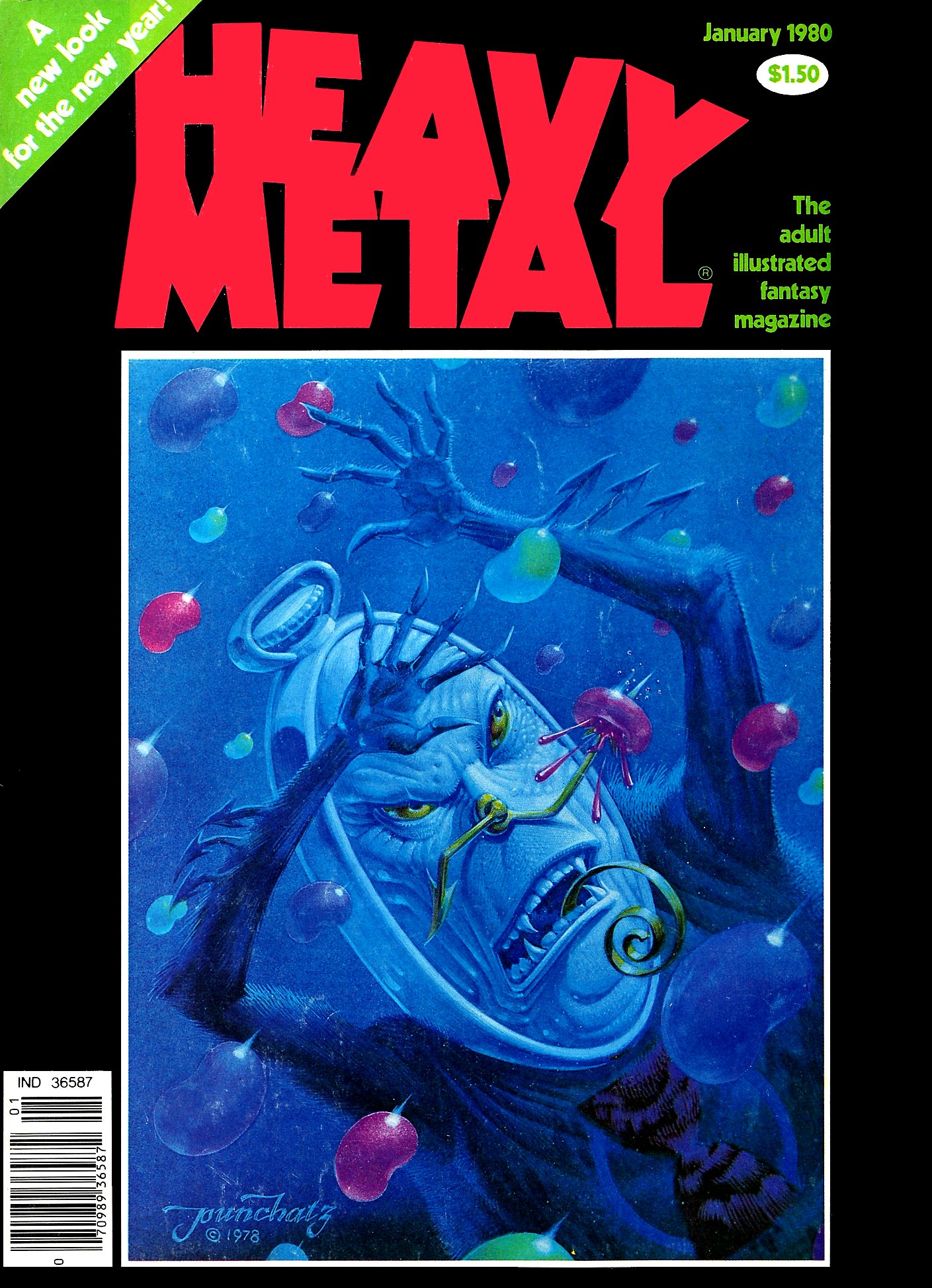
Heavy Metal, January 1980
1980
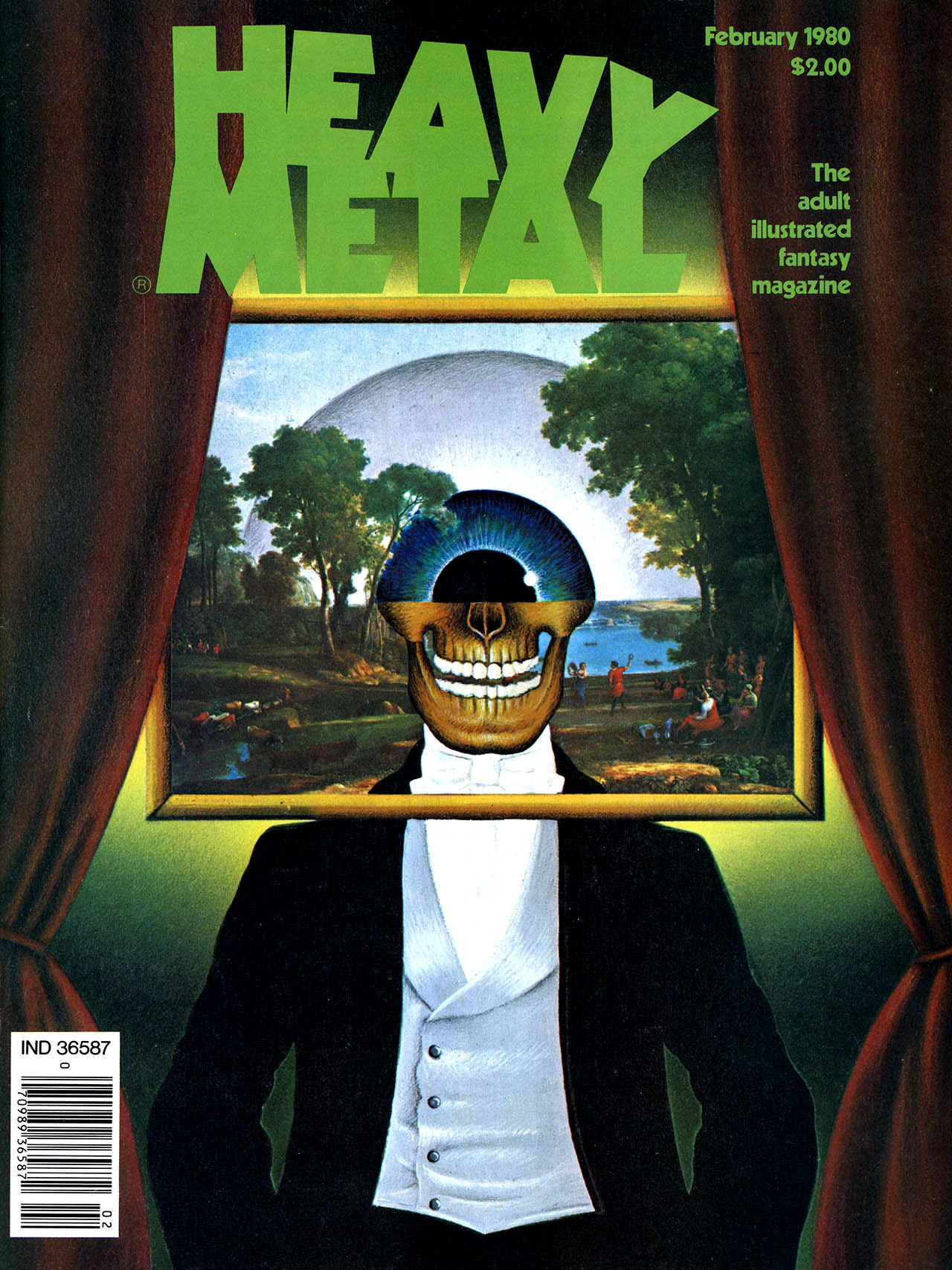
Heavy Metal, February 1980
1980
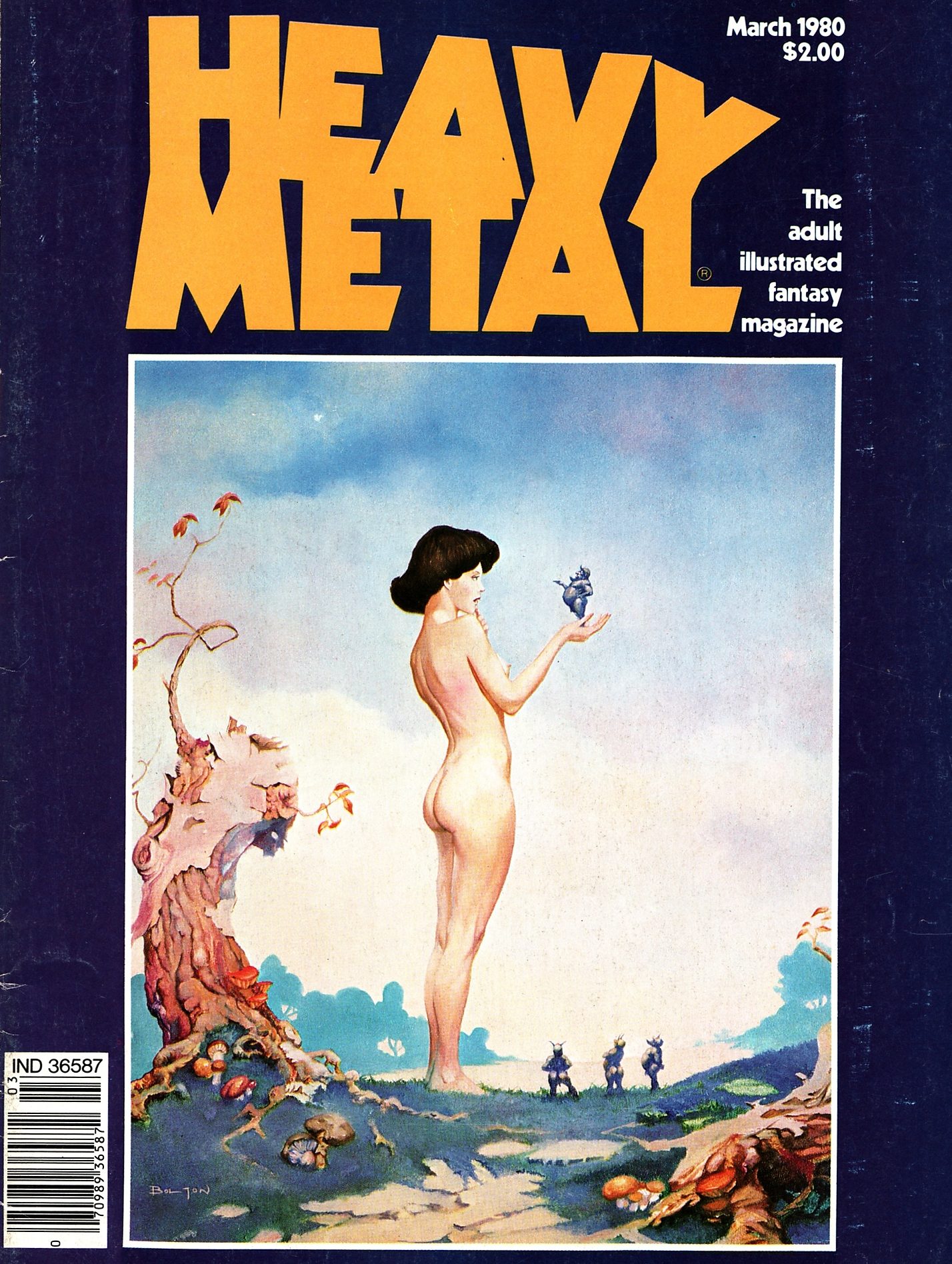
Heavy Metal, March 1980
1980
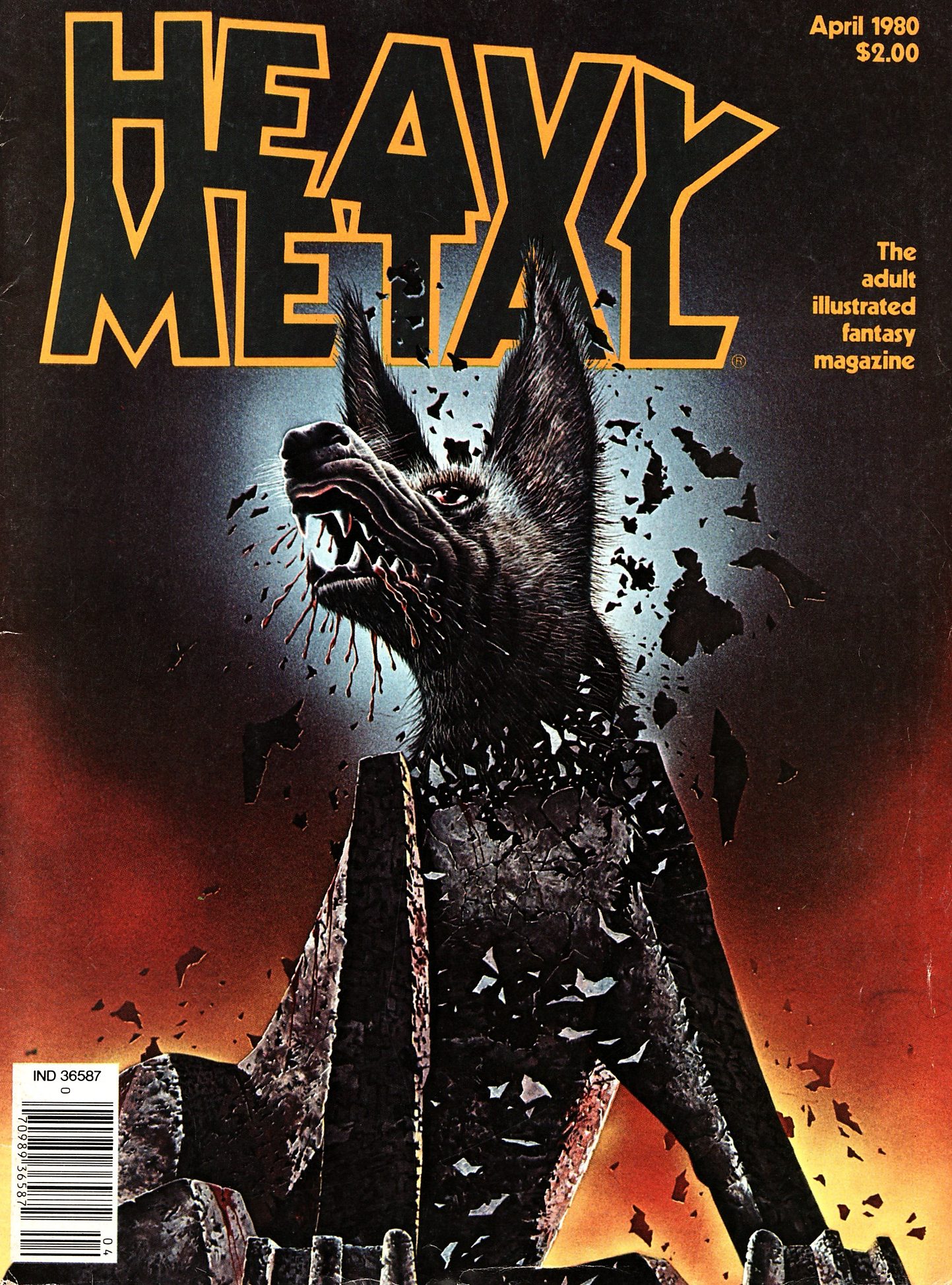
Heavy Metal, April 1980
1980
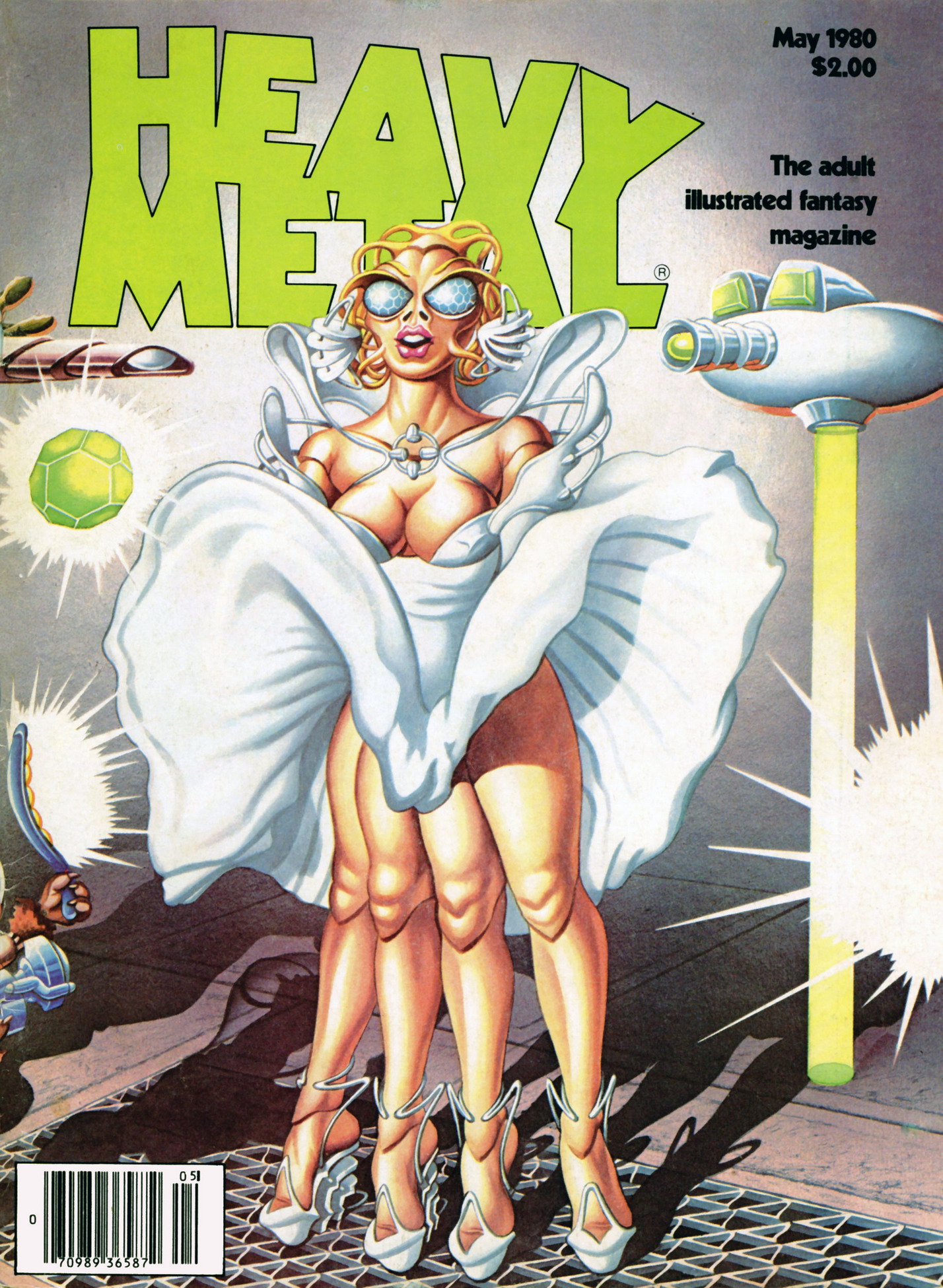
Heavy Metal, May 1980
1980
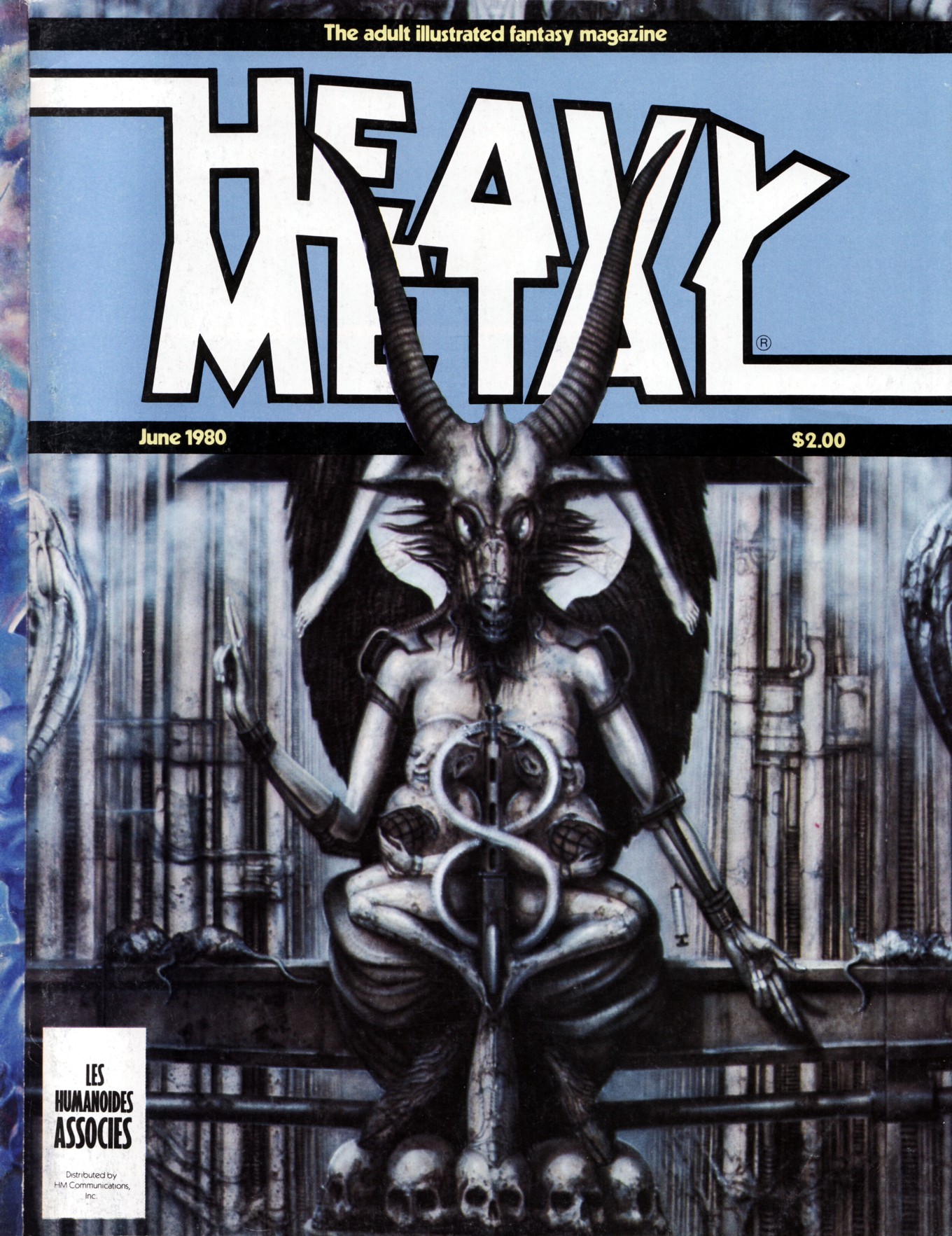
Heavy Metal, June 1980
1980
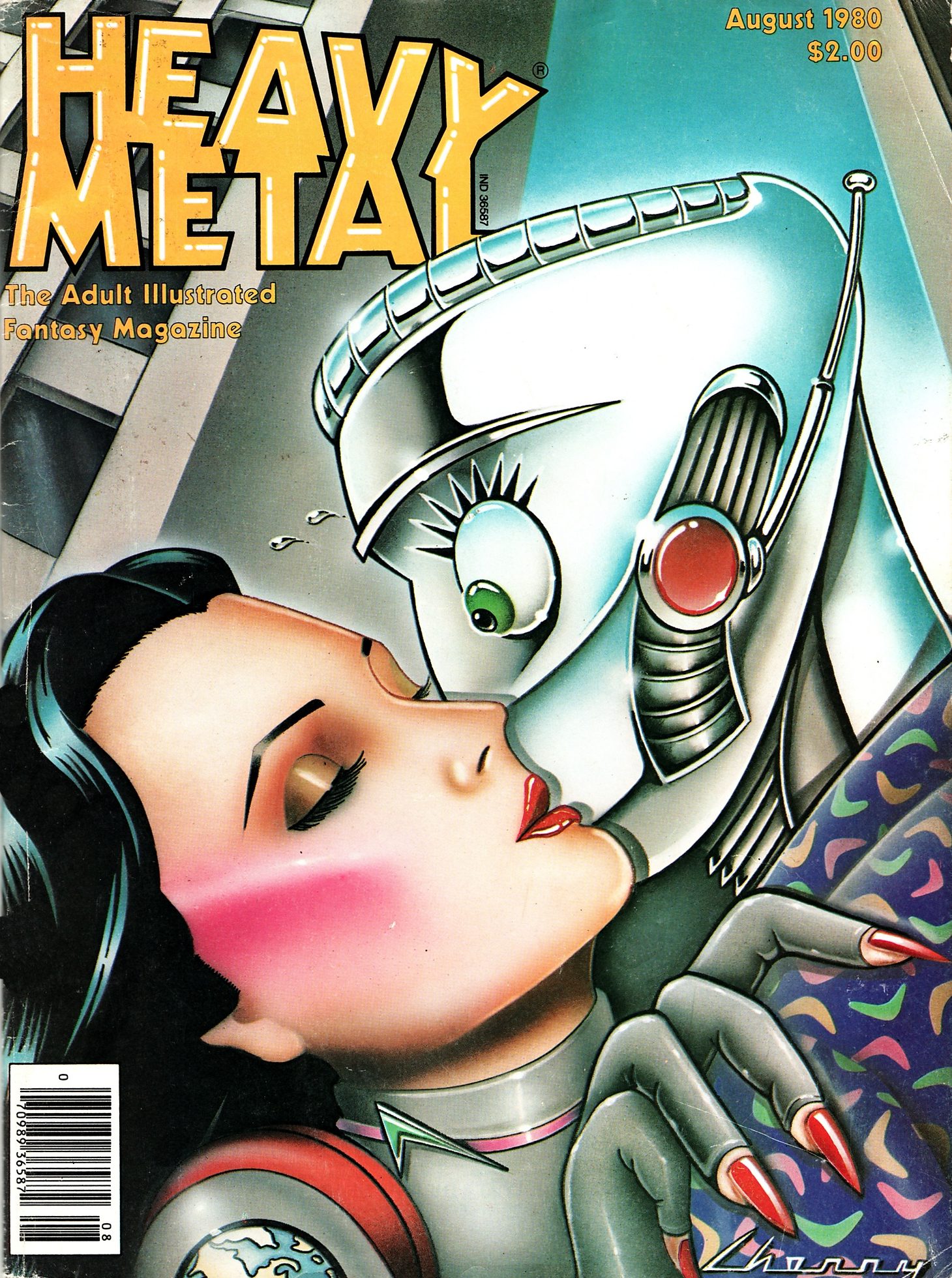
Heavy Metal, August 1980
1980
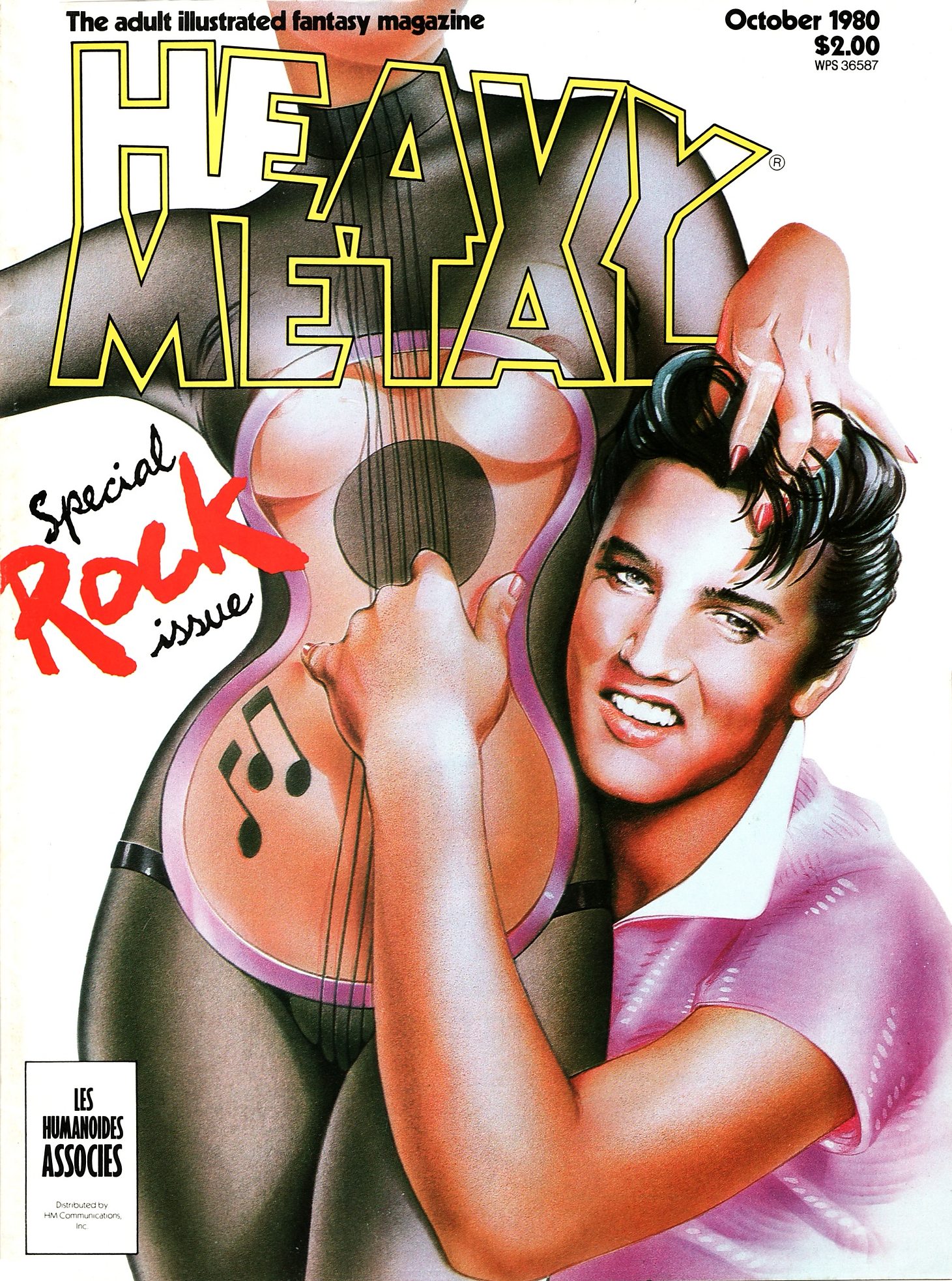
Heavy Metal, October 1980
1980
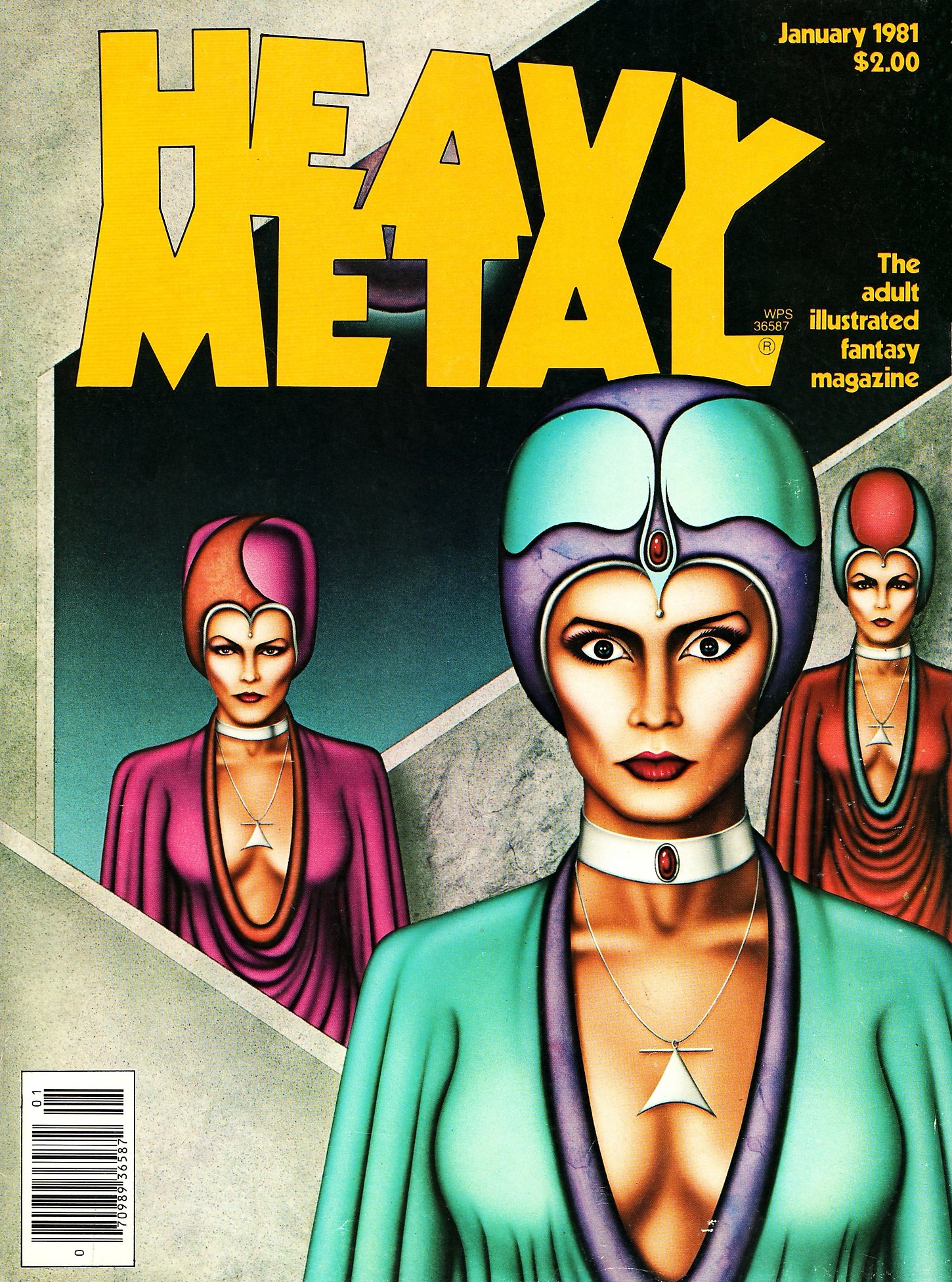
Heavy Metal, January 1981
1981
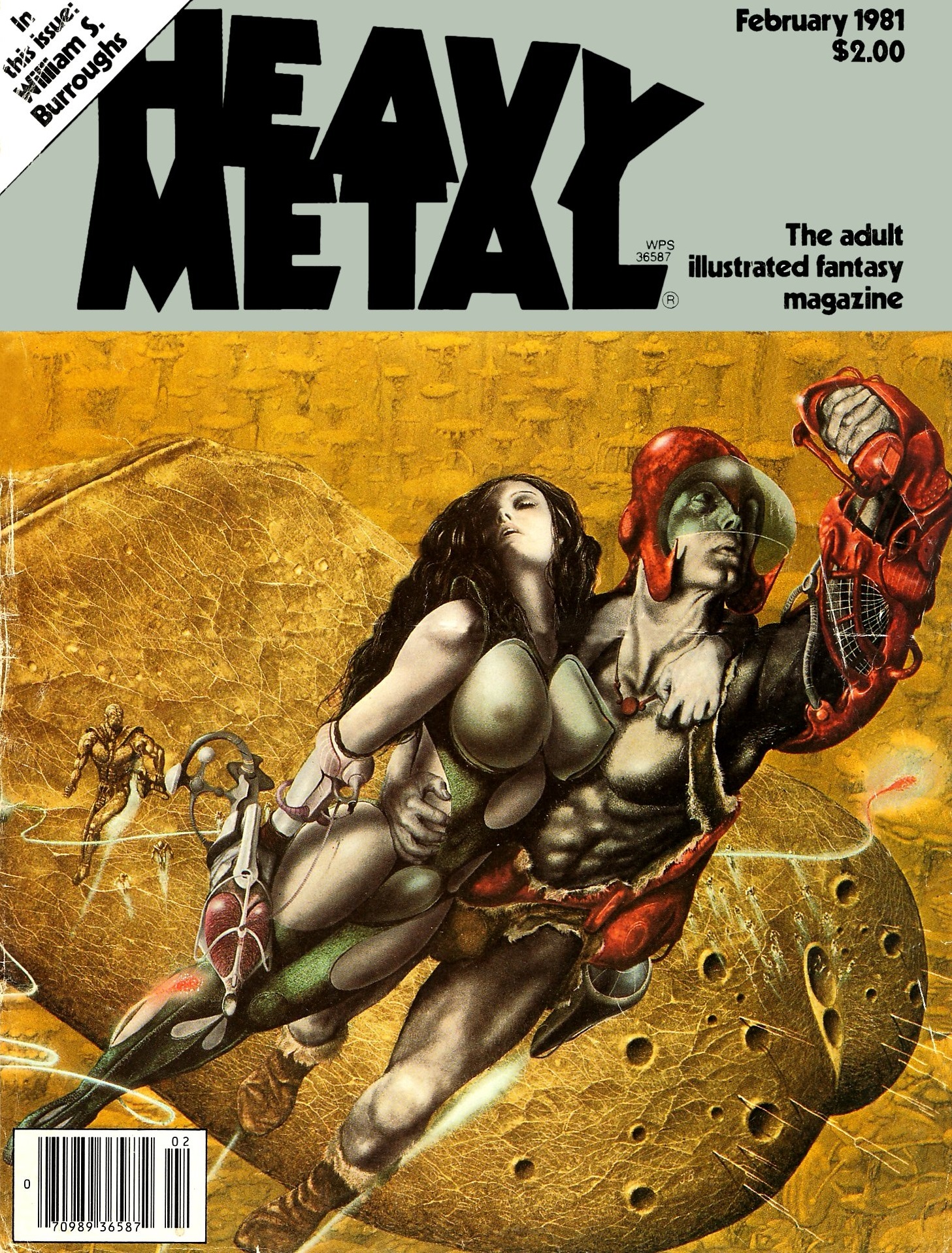
Heavy Metal, February 1981
1981
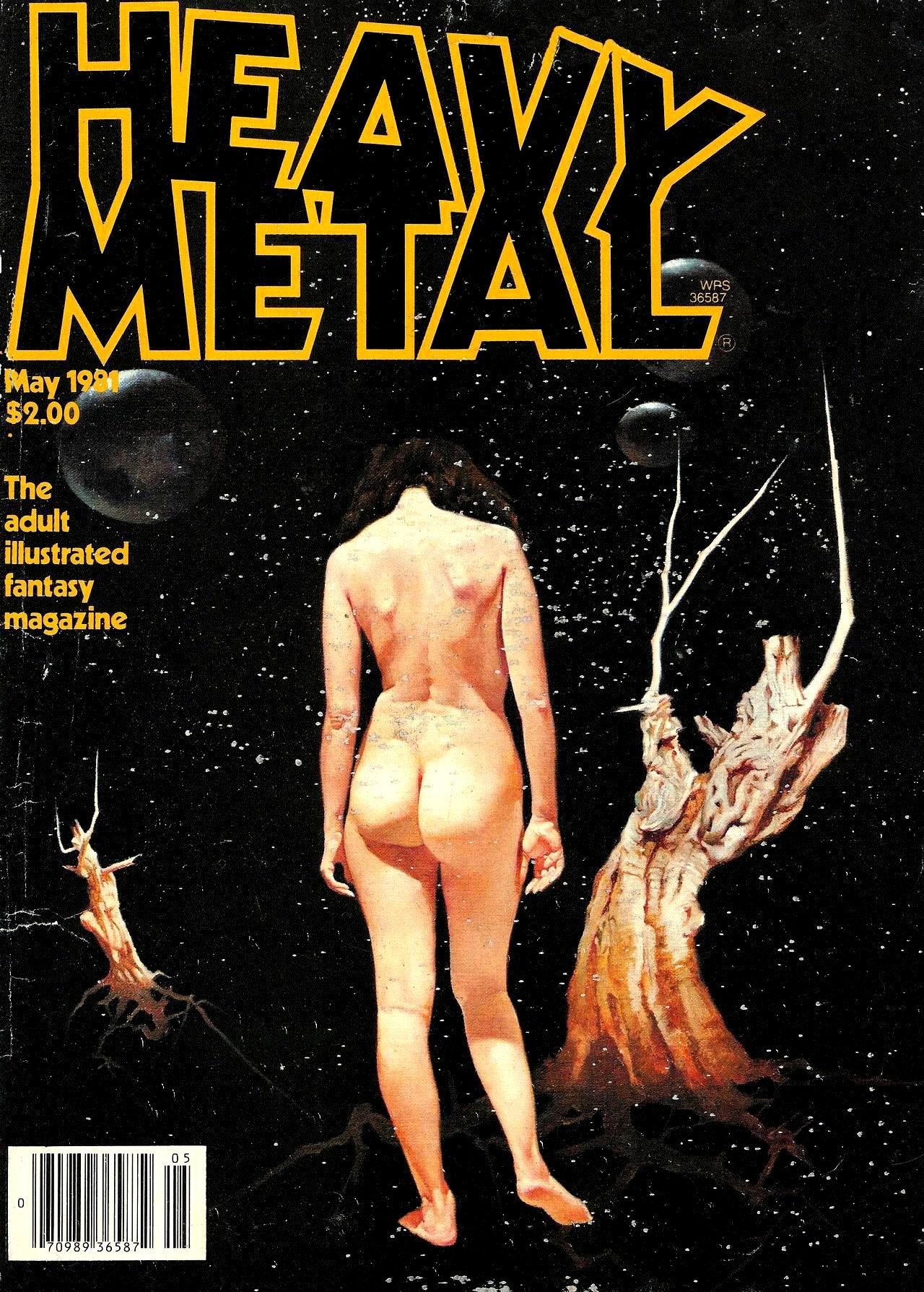
Heavy Metal, May 1981
1981
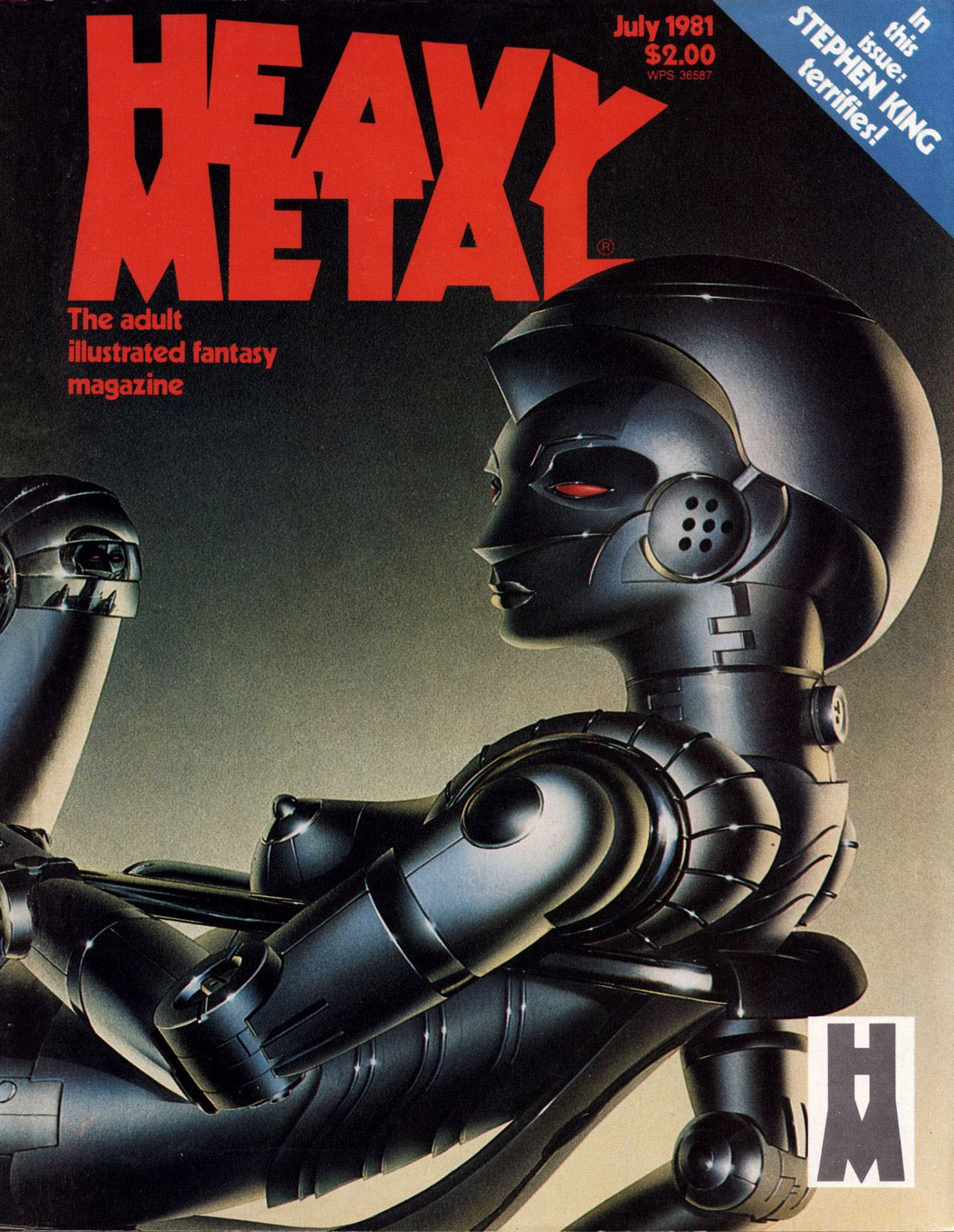
Heavy Metal, July 1981
1981
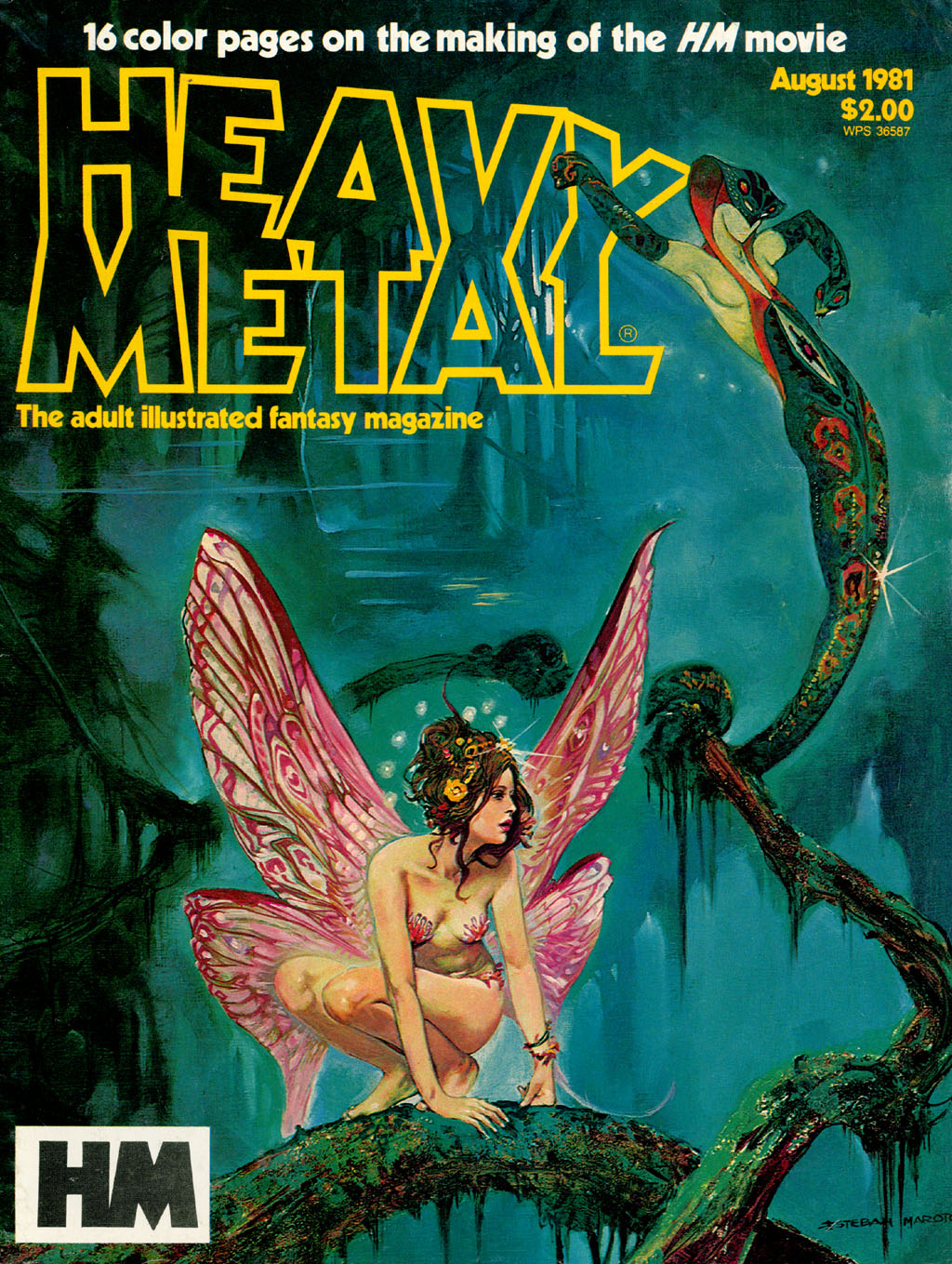
Heavy Metal, August 1981
1981
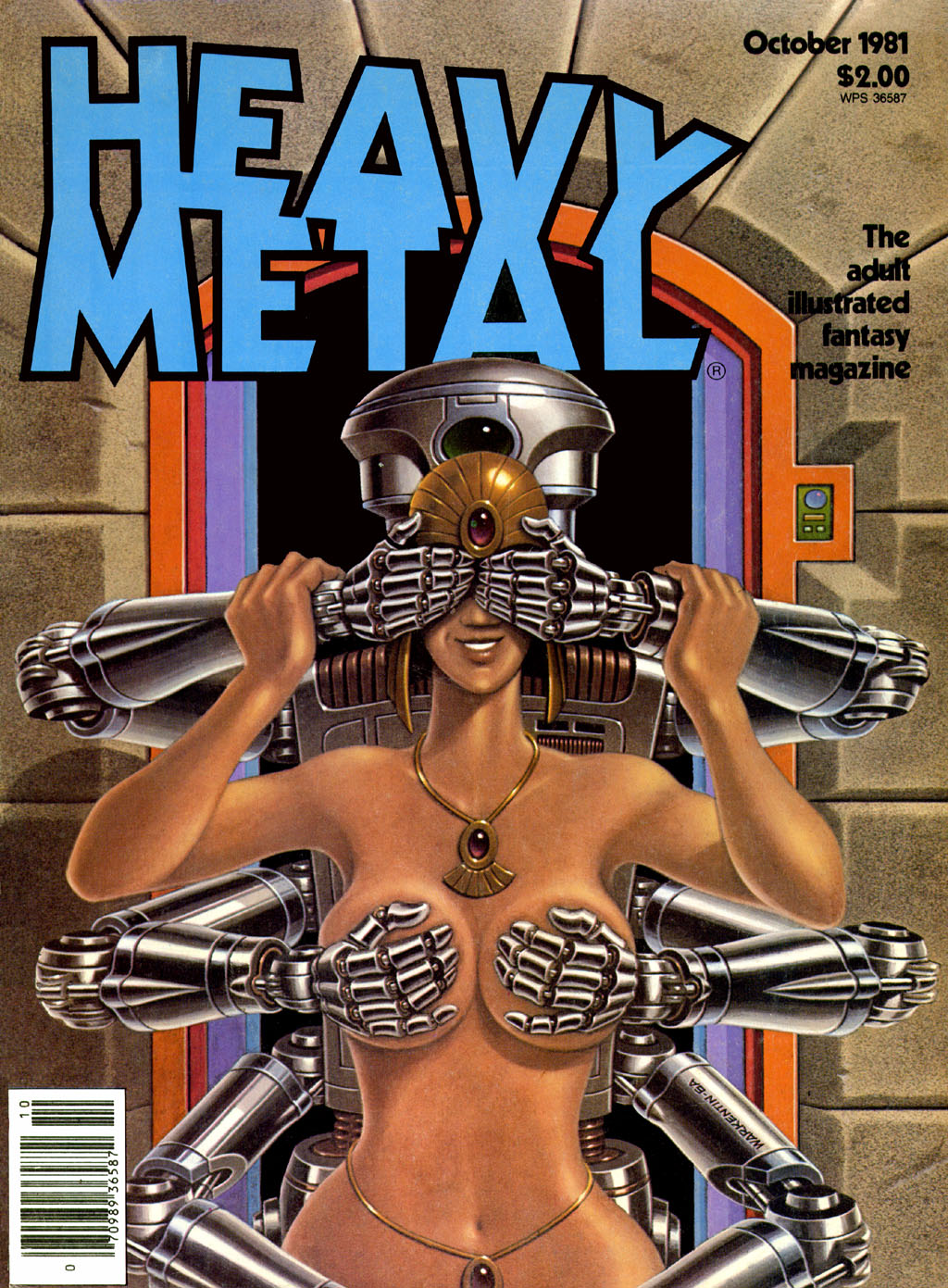
Heavy Metal, October 1981
1981
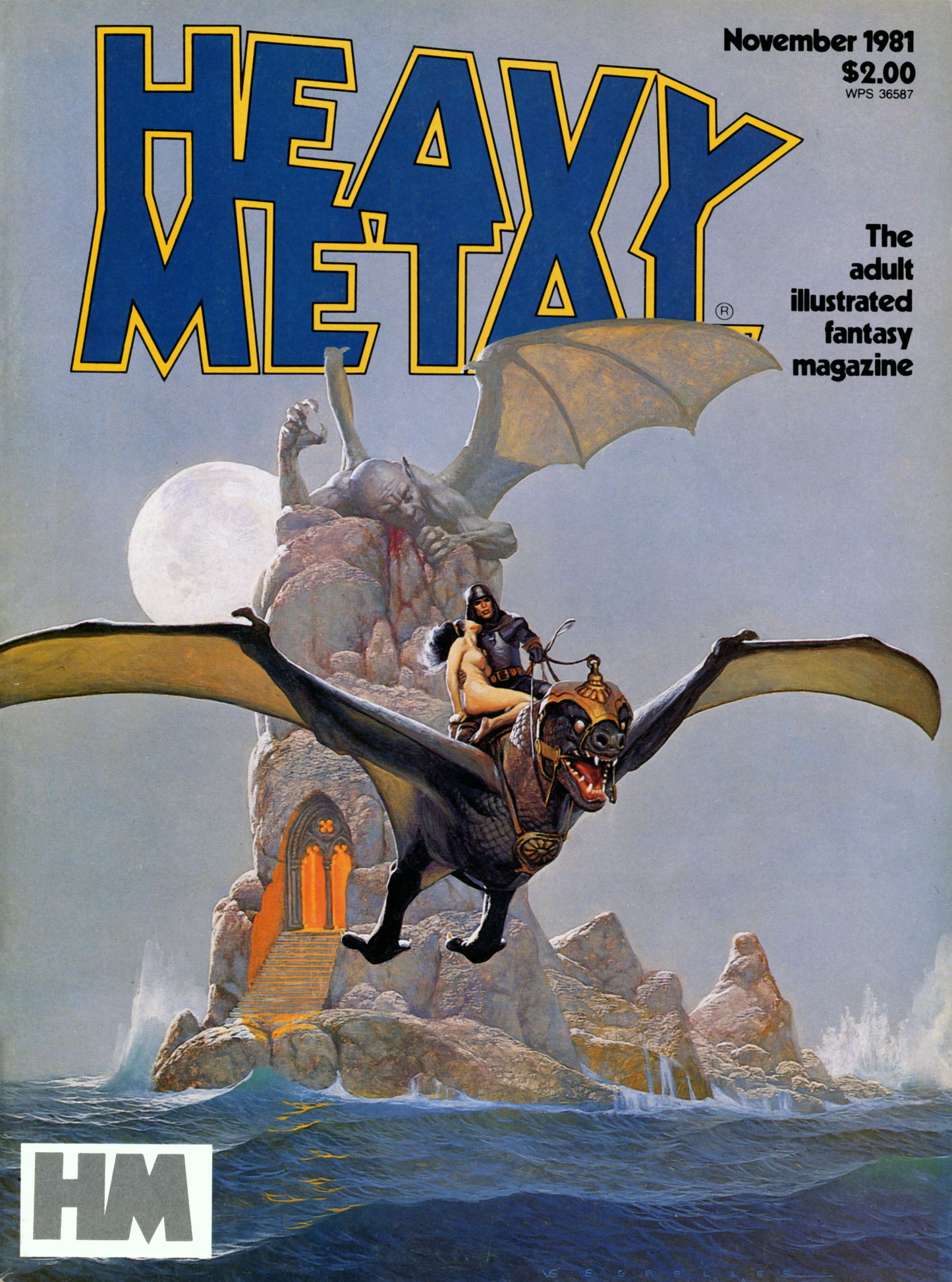
Heavy Metal, November 1981
1981
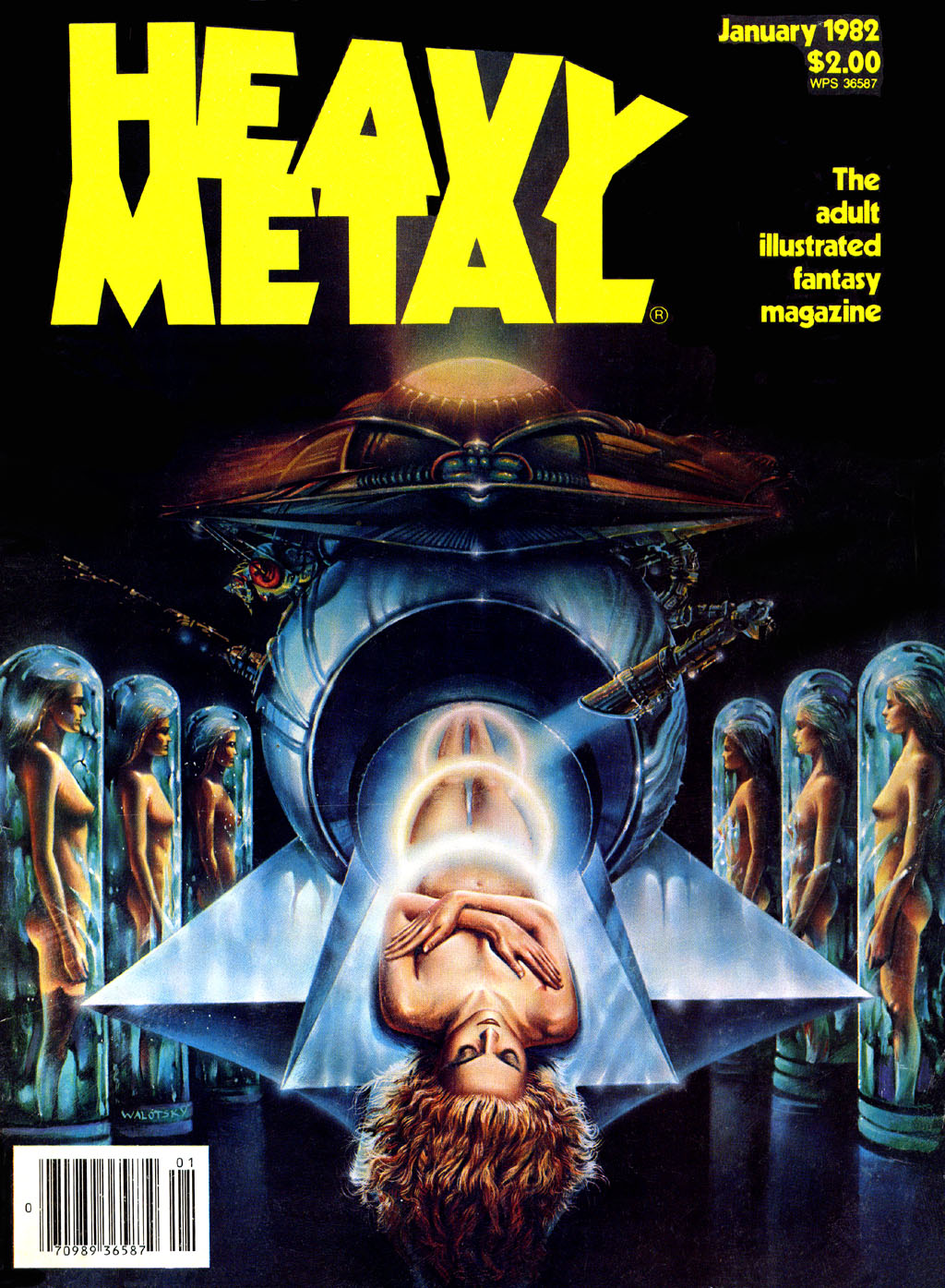
Heavy Metal, January 1982
1982

Heavy Metal, February 1982
1982

Heavy Metal, March 1982
1982
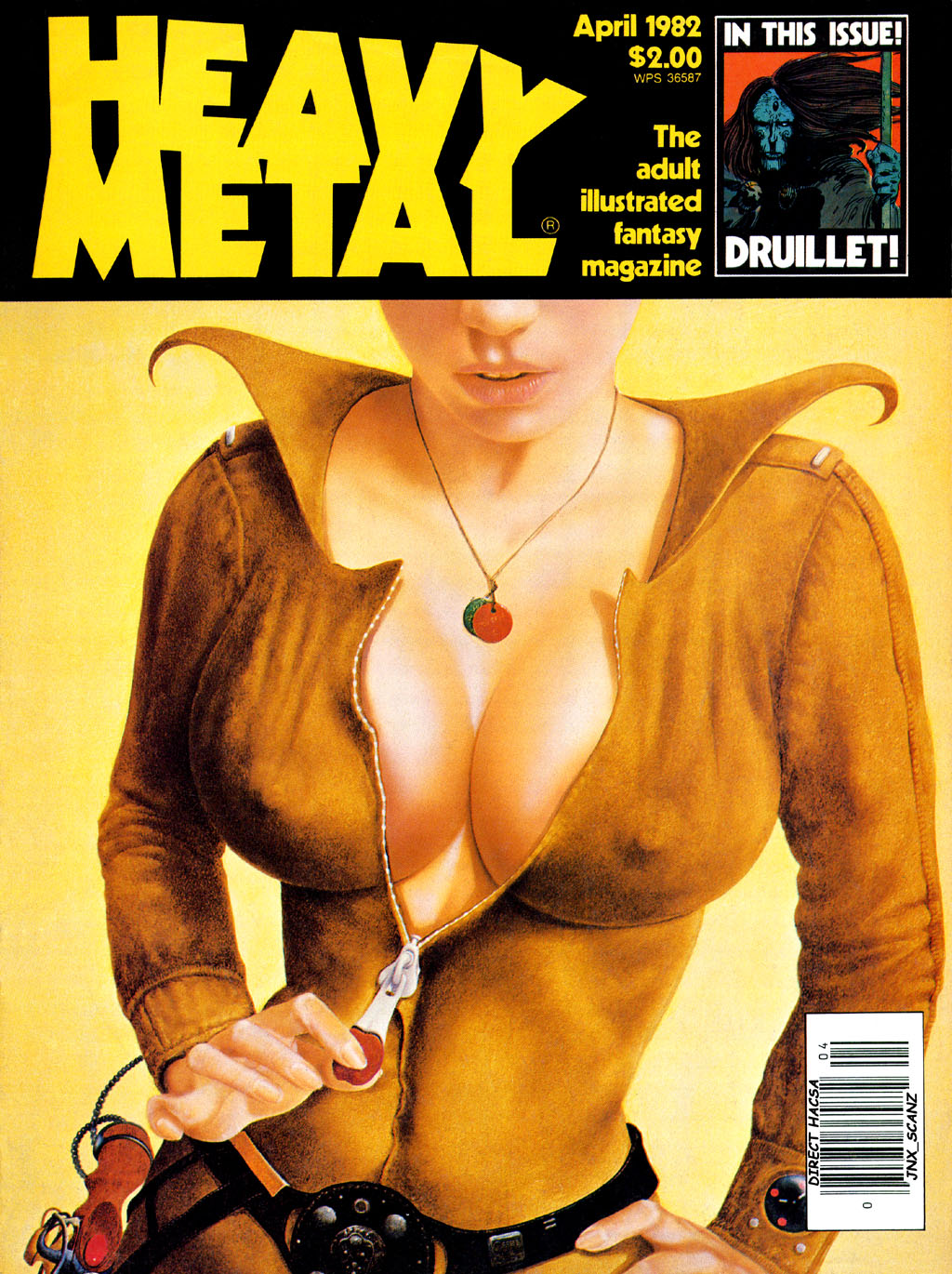
Heavy Metal, April 1982
1982
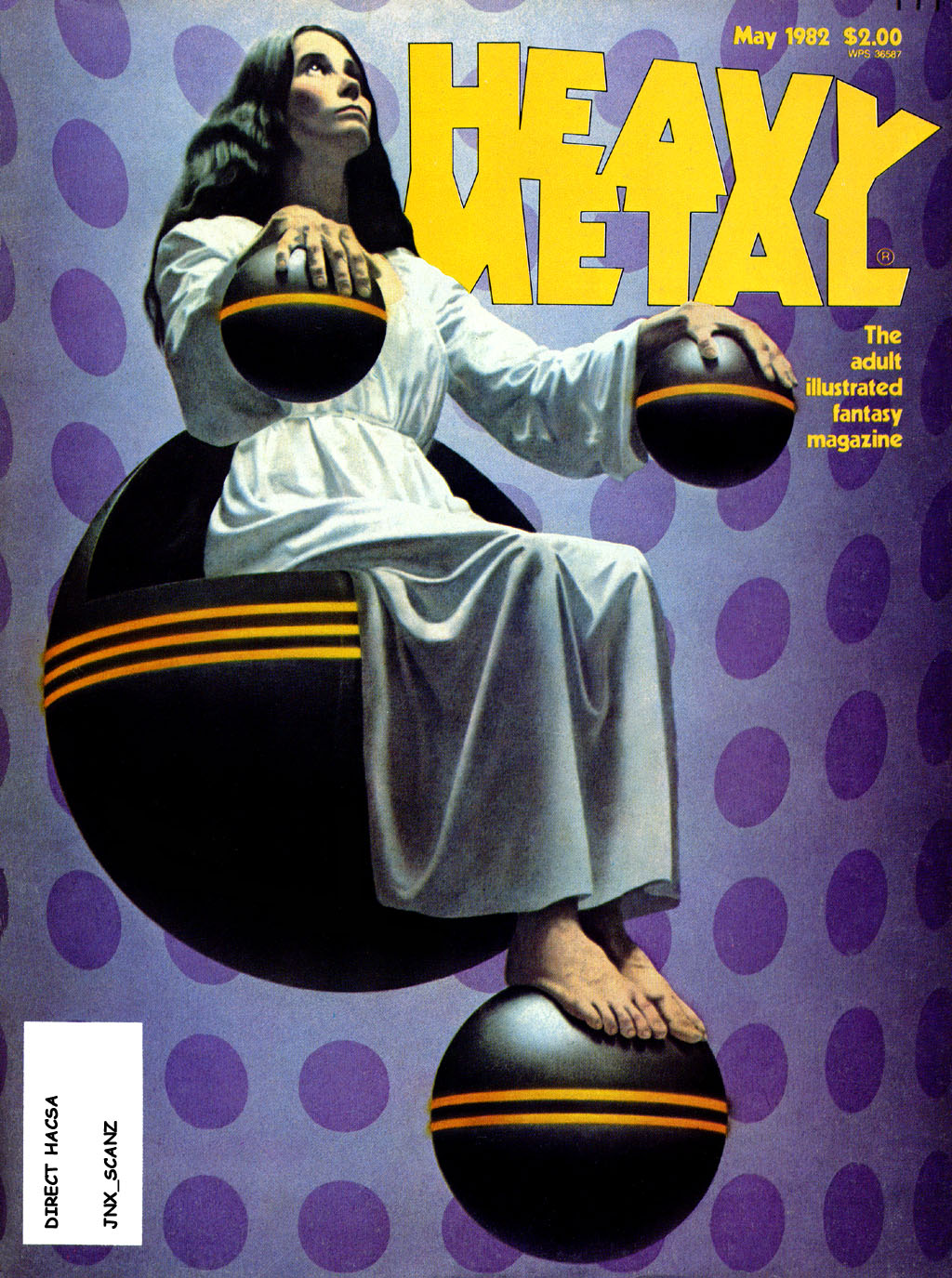
Heavy Metal, May 1982
1982
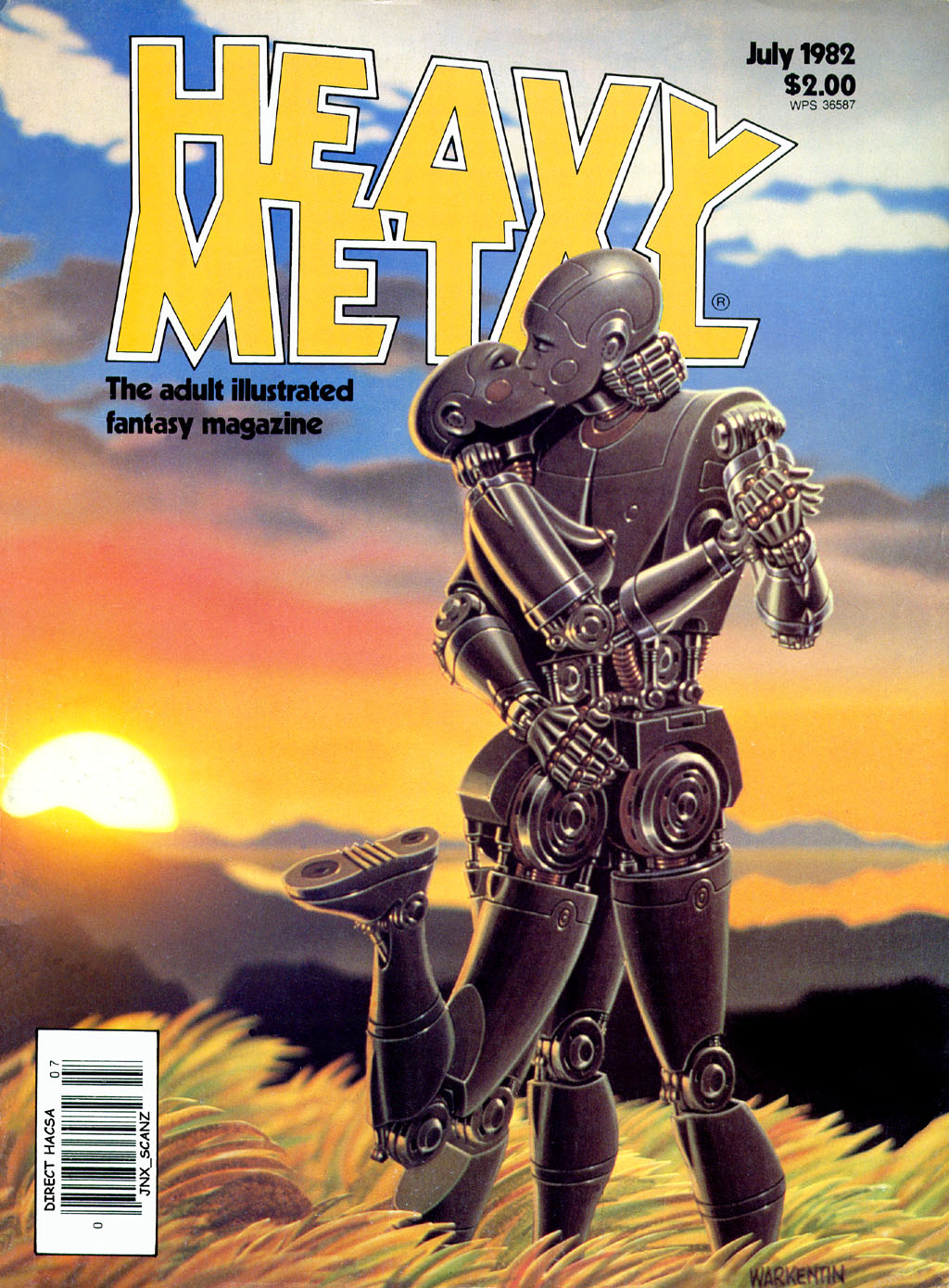
Heavy Metal, July 1982
1982
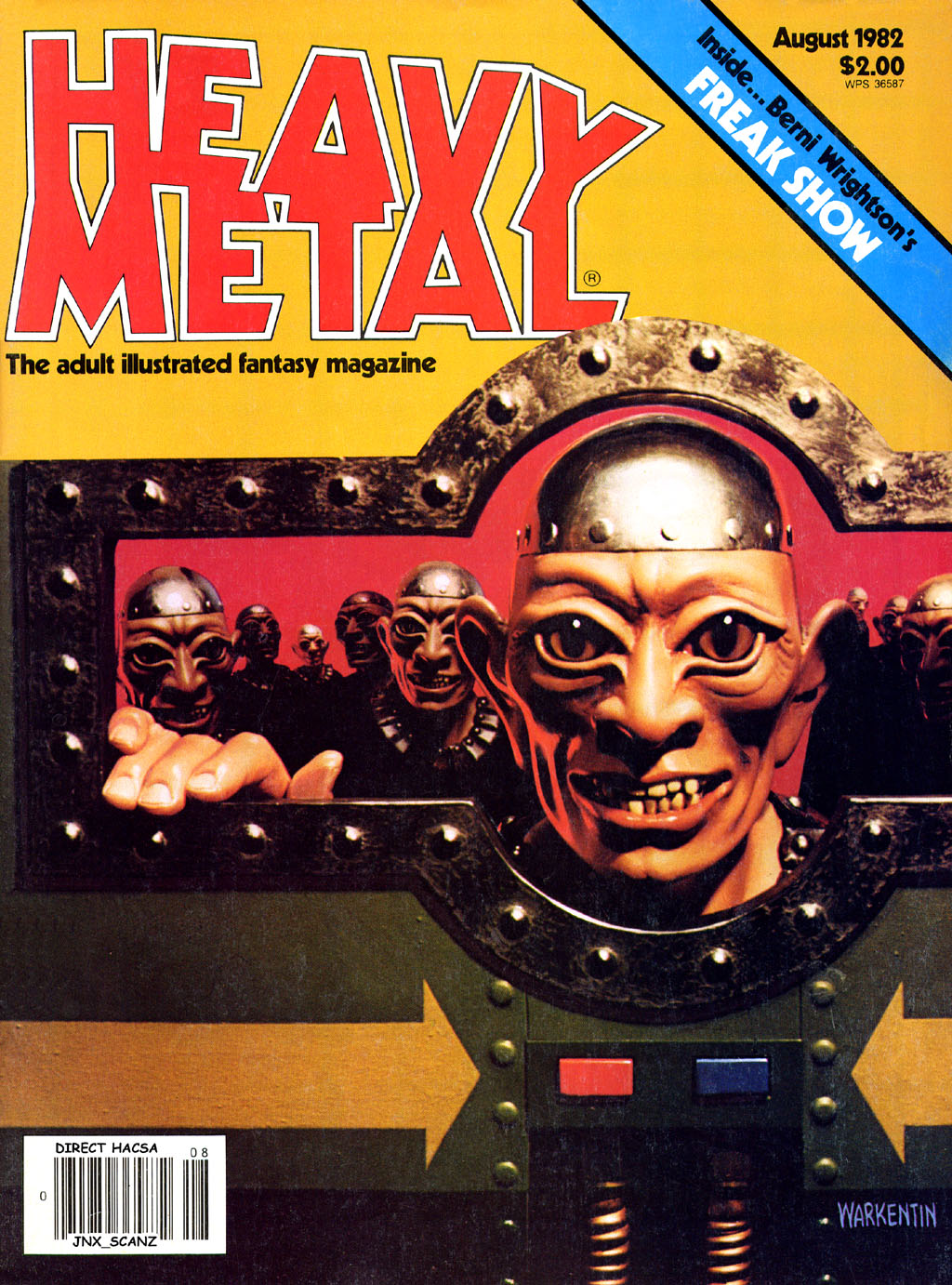
Heavy Metal, August 1982
1982

Heavy Metal, September 1982
1982
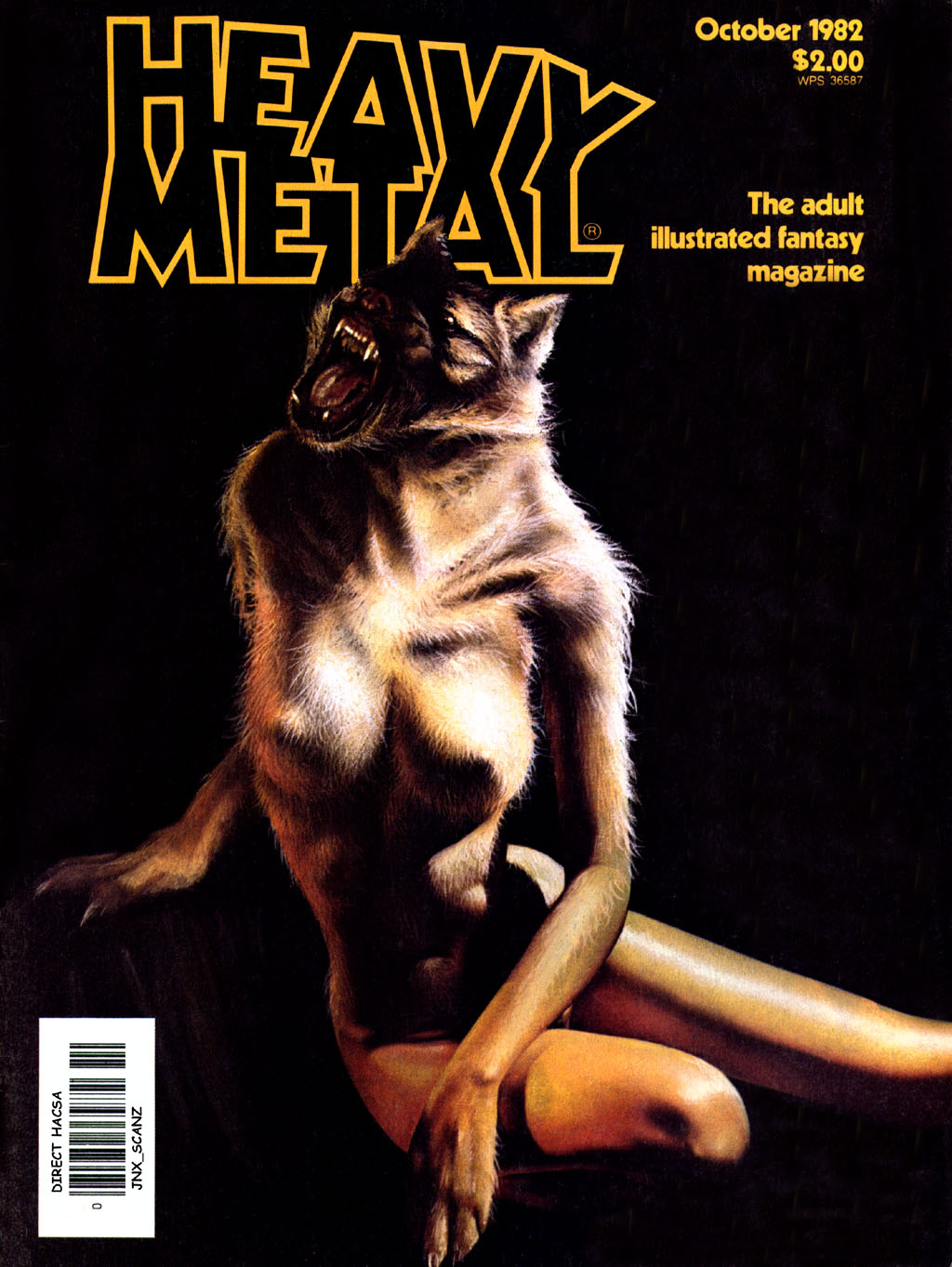
Heavy Metal, Oktober 1982
1982
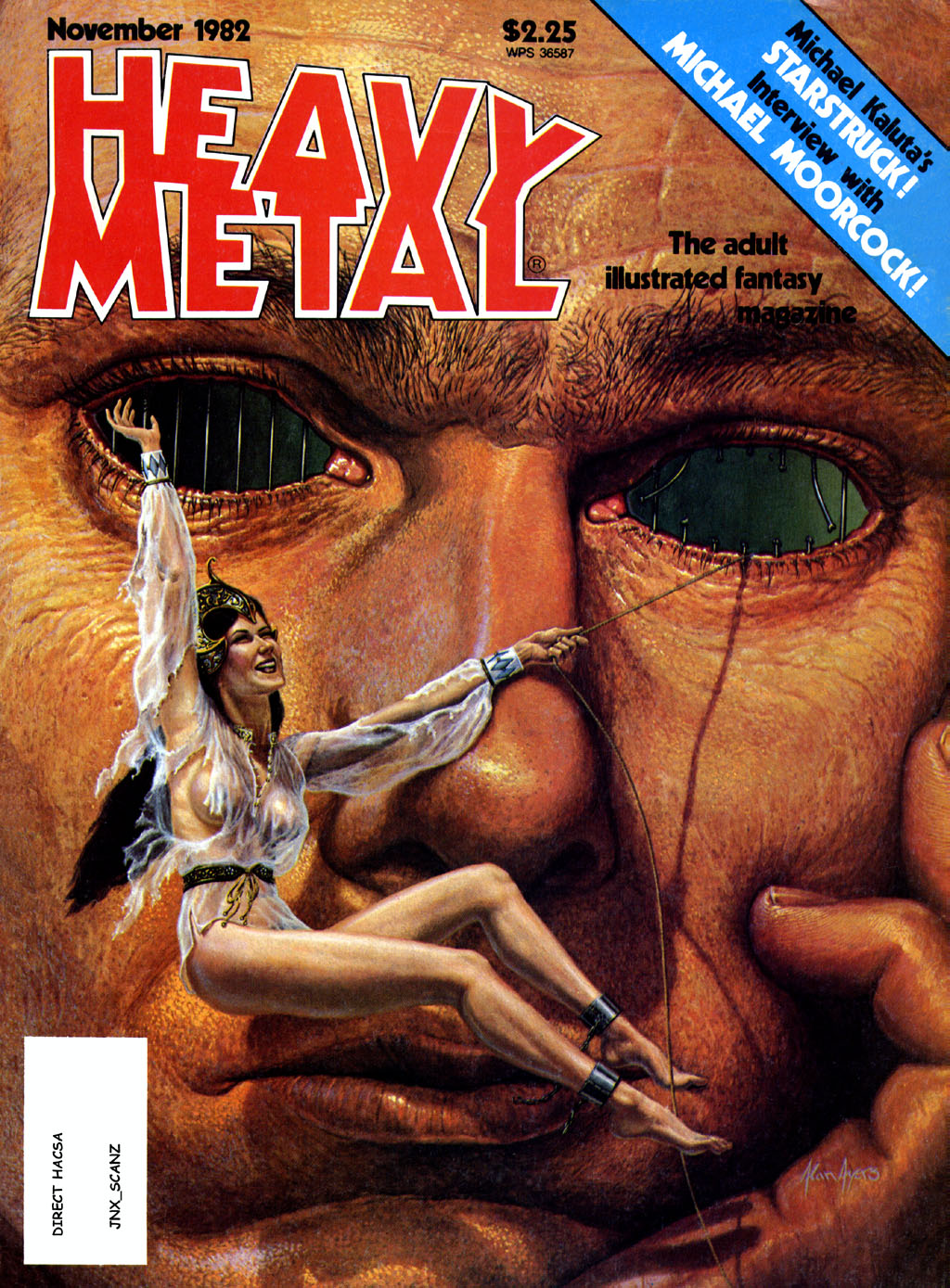
Heavy Metal, November 1982
1982
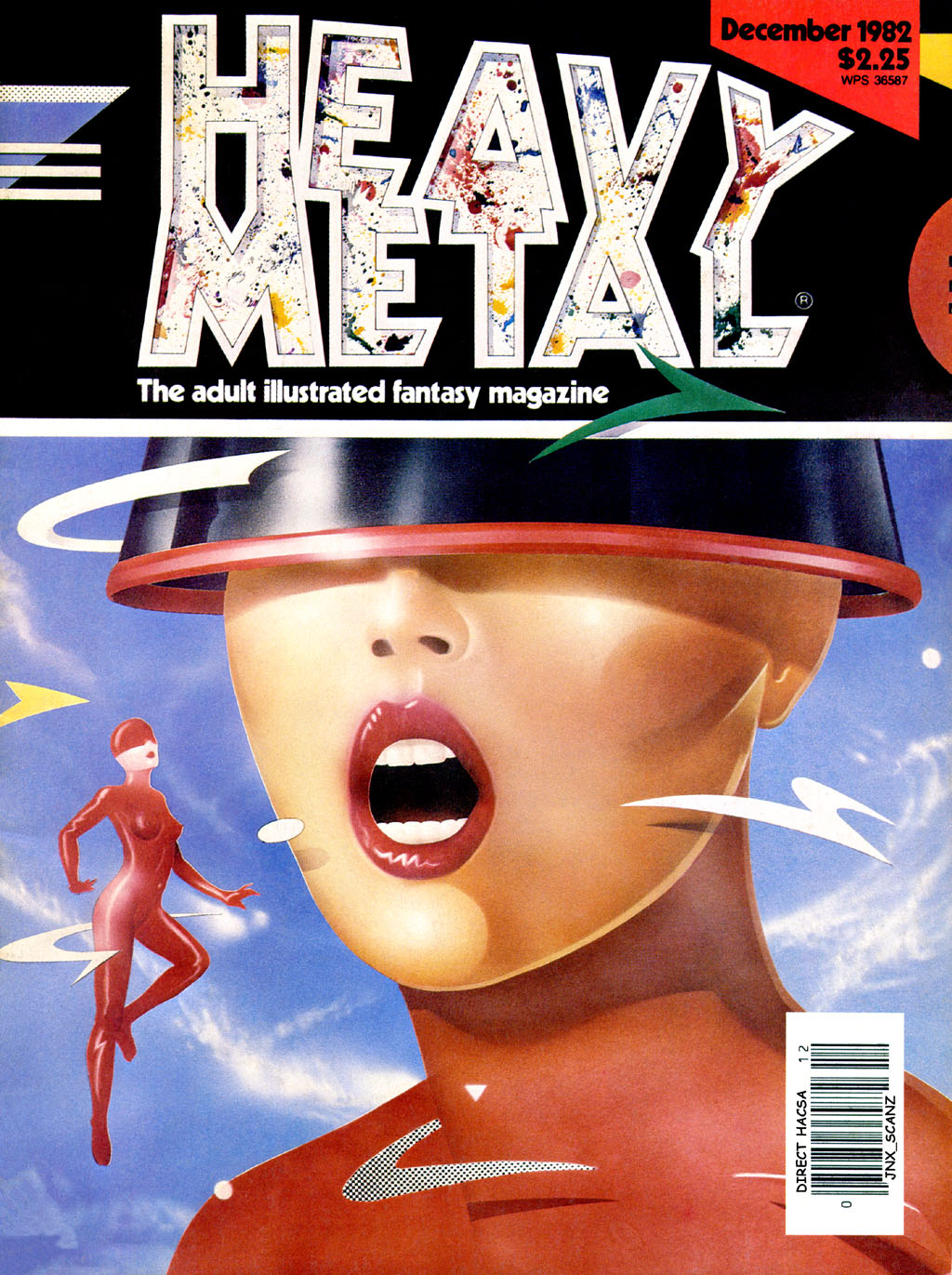
Heavy Metal, December 1982
1982
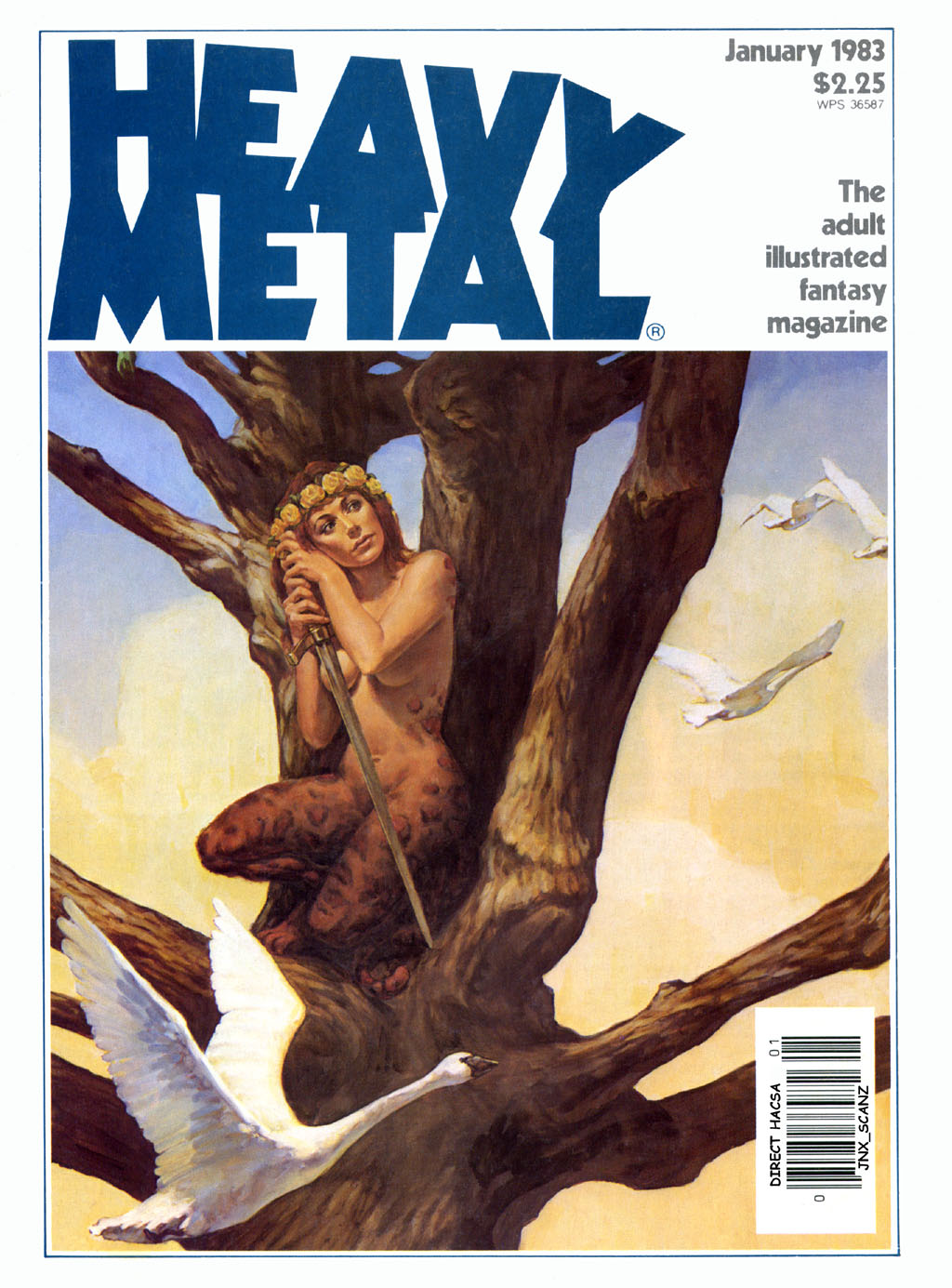
Heavy Metal, January 1983
1983
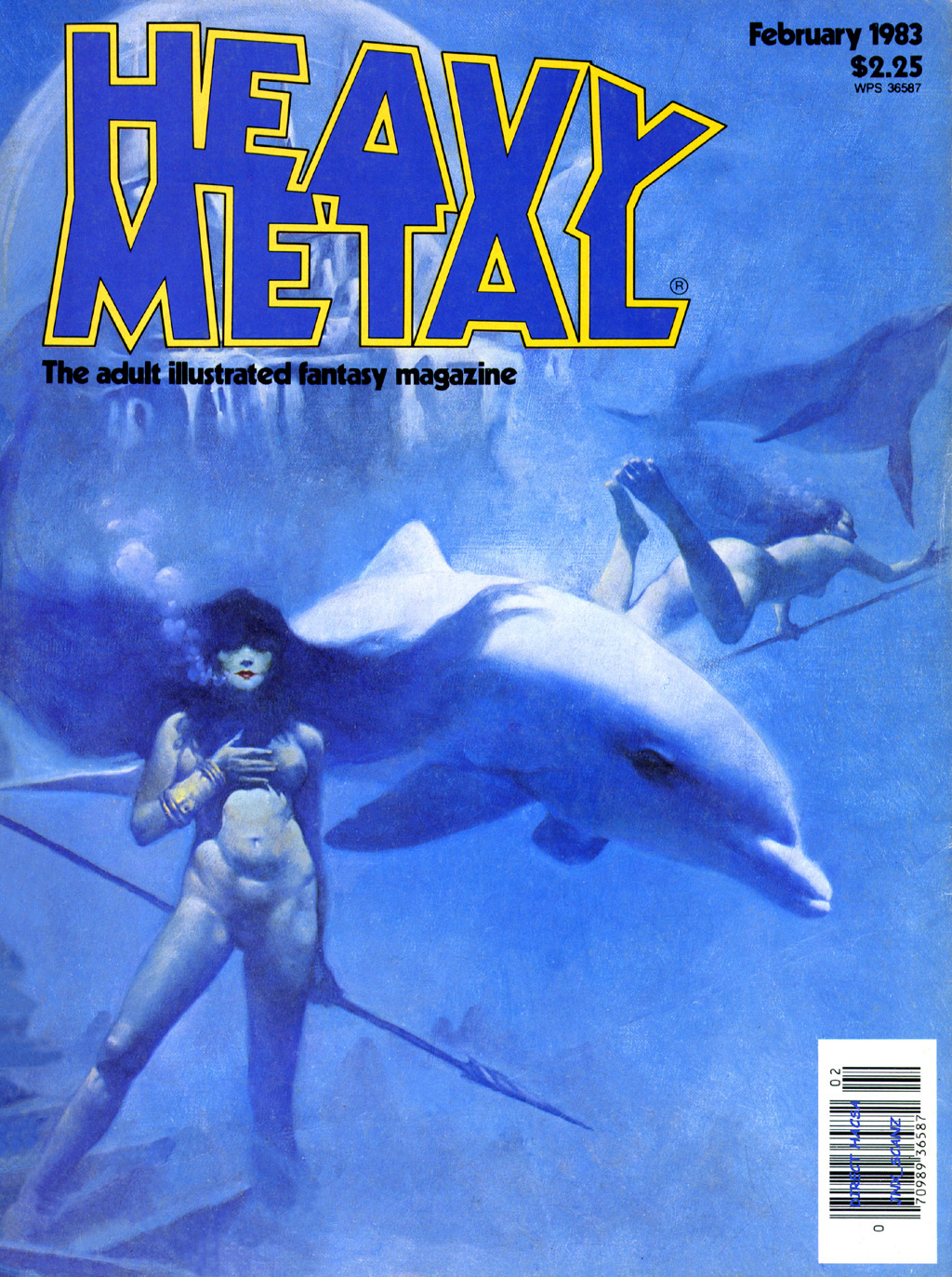
Heavy Metal, February 1983
1983
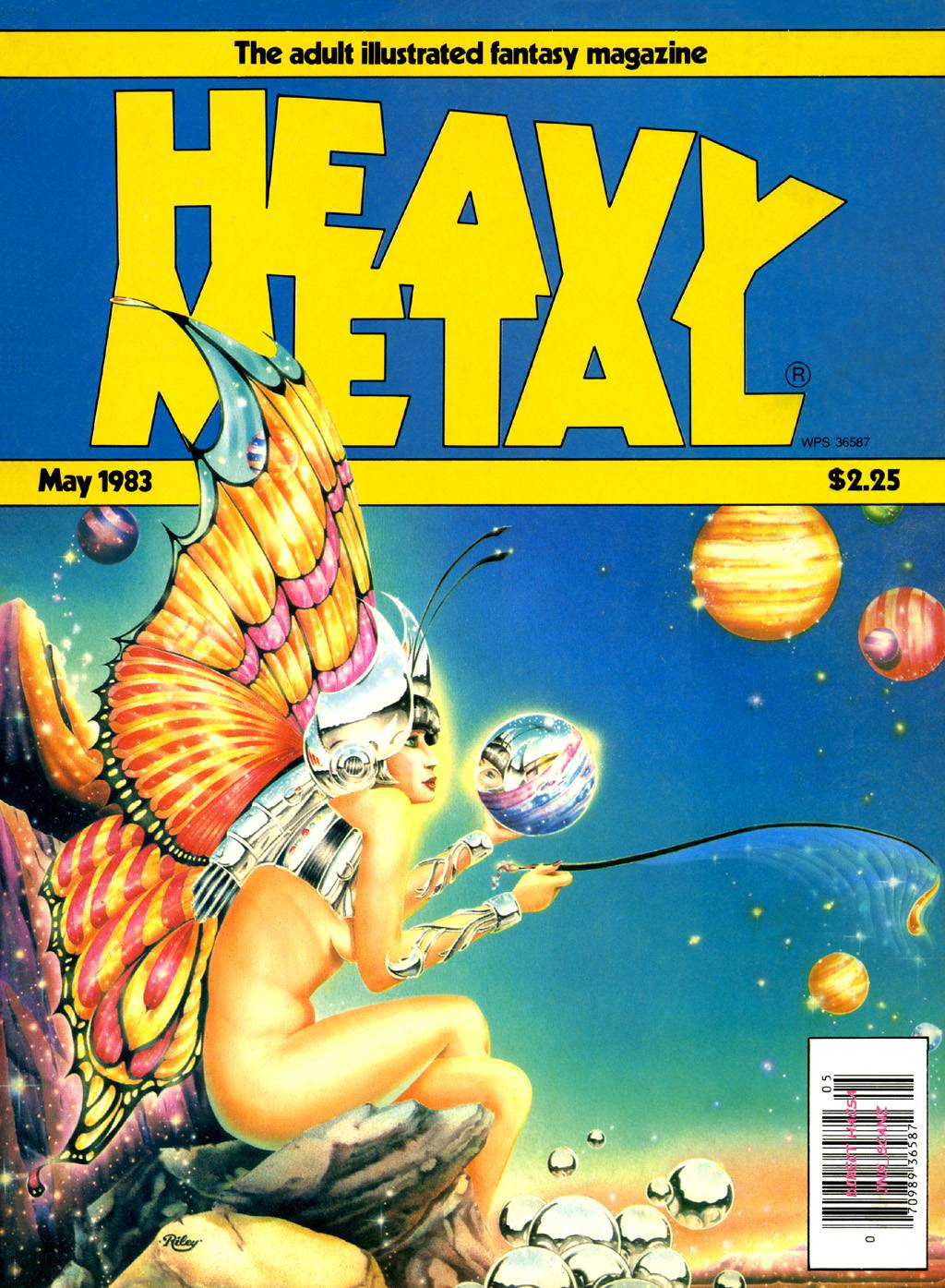
Heavy Metal, May 1983
1983
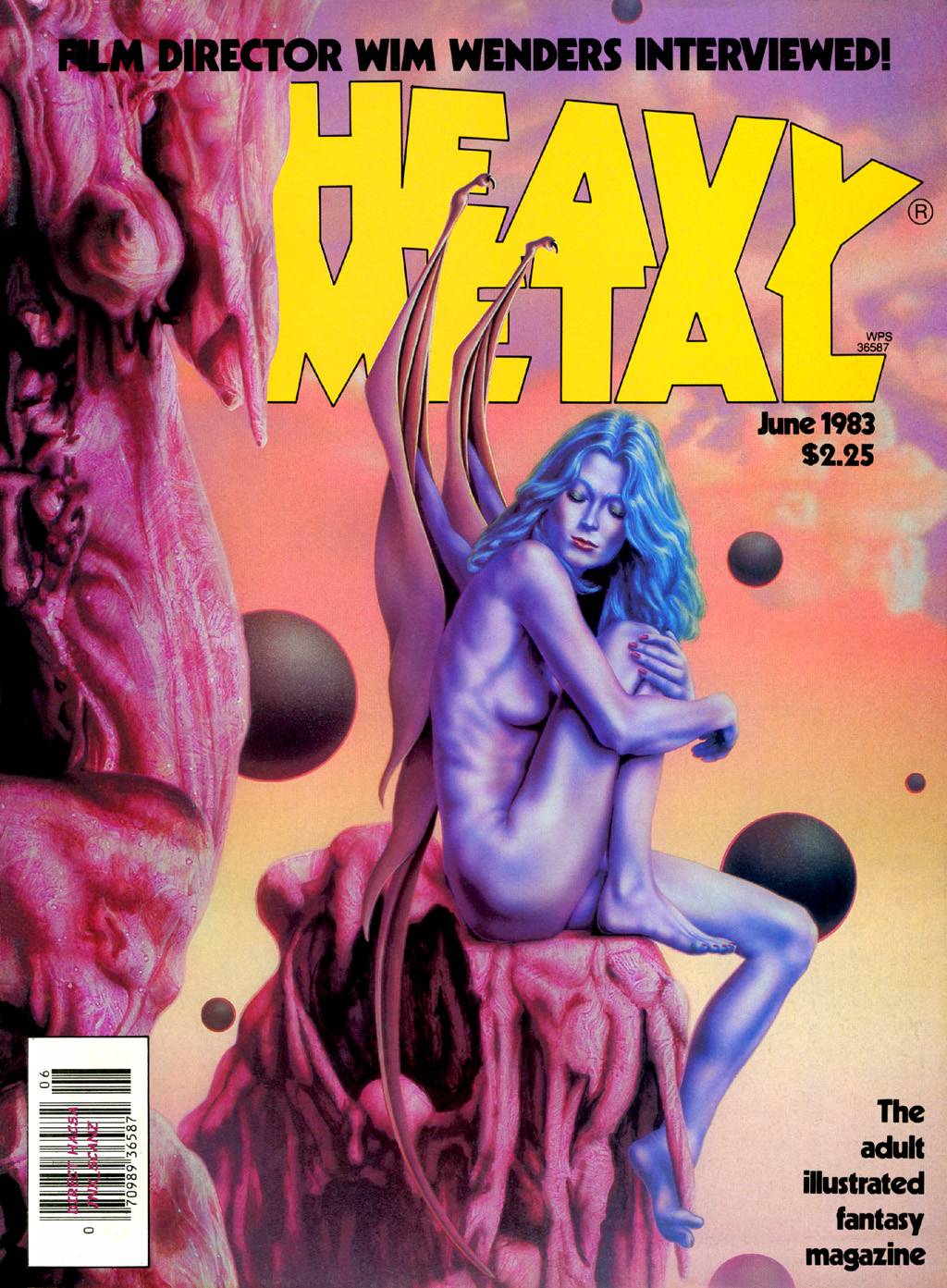
Heavy Metal, June 1983
1983
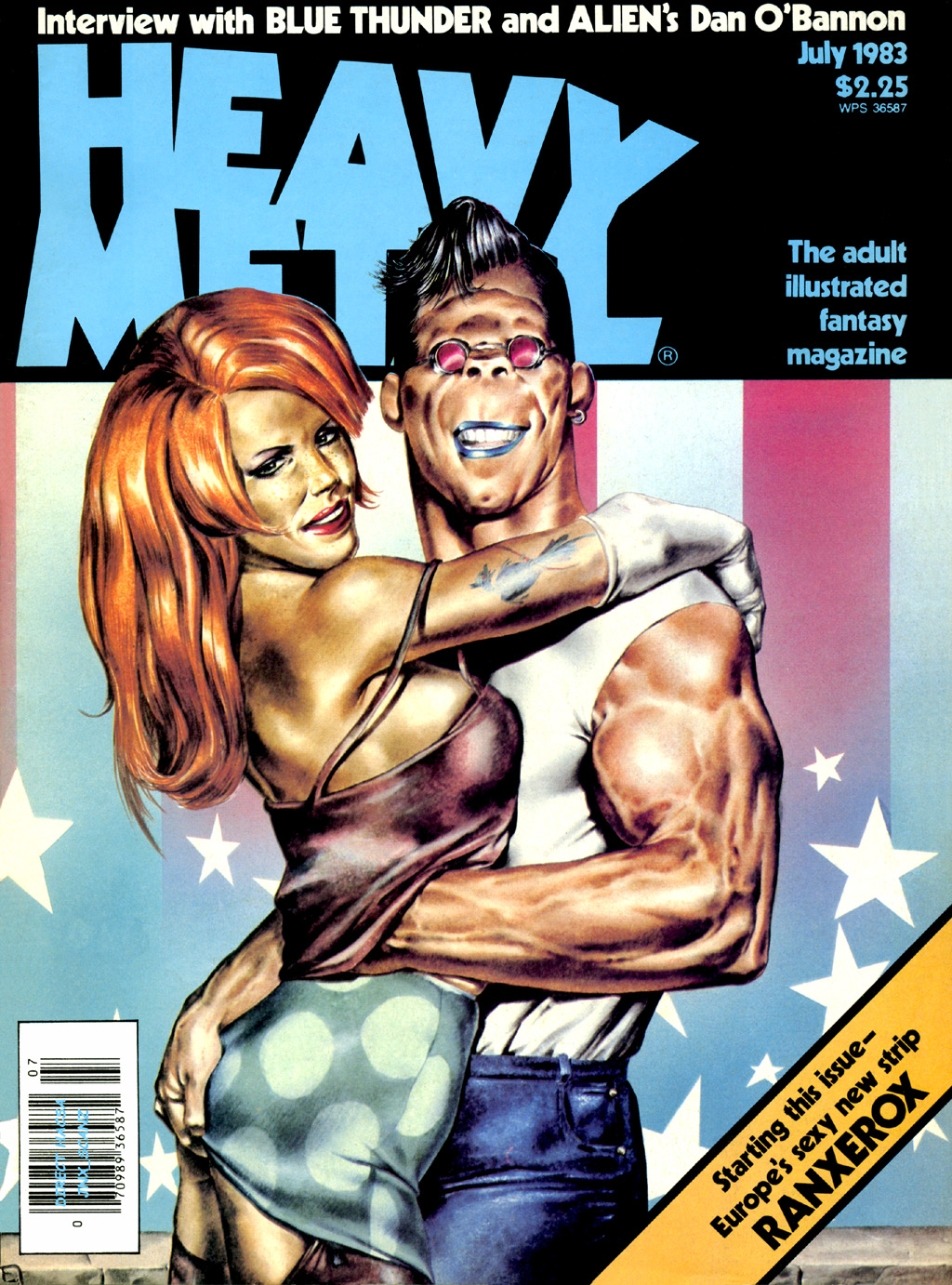
Heavy Metal, July 1983
1983
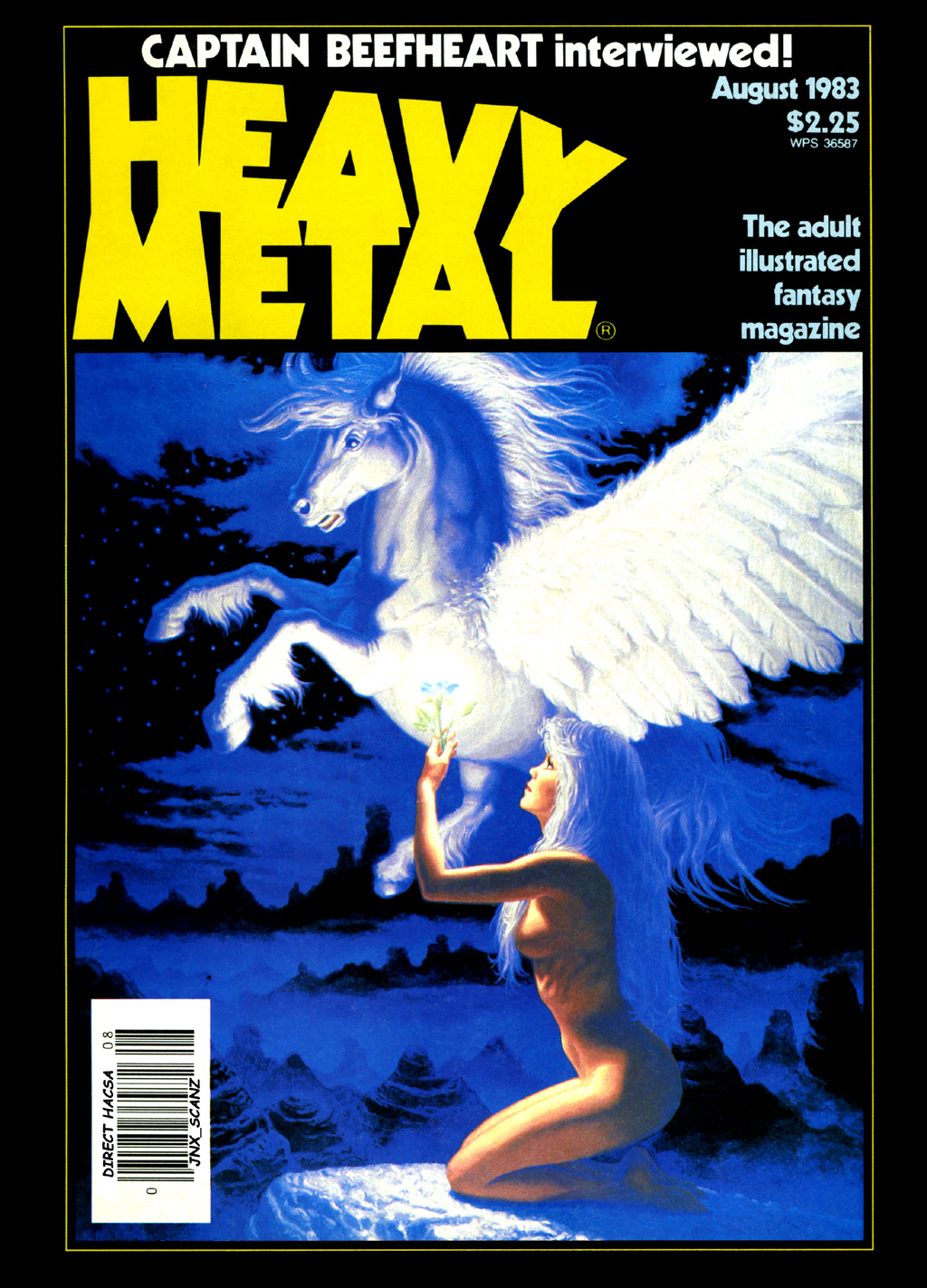
Heavy Metal, August 1983
1983
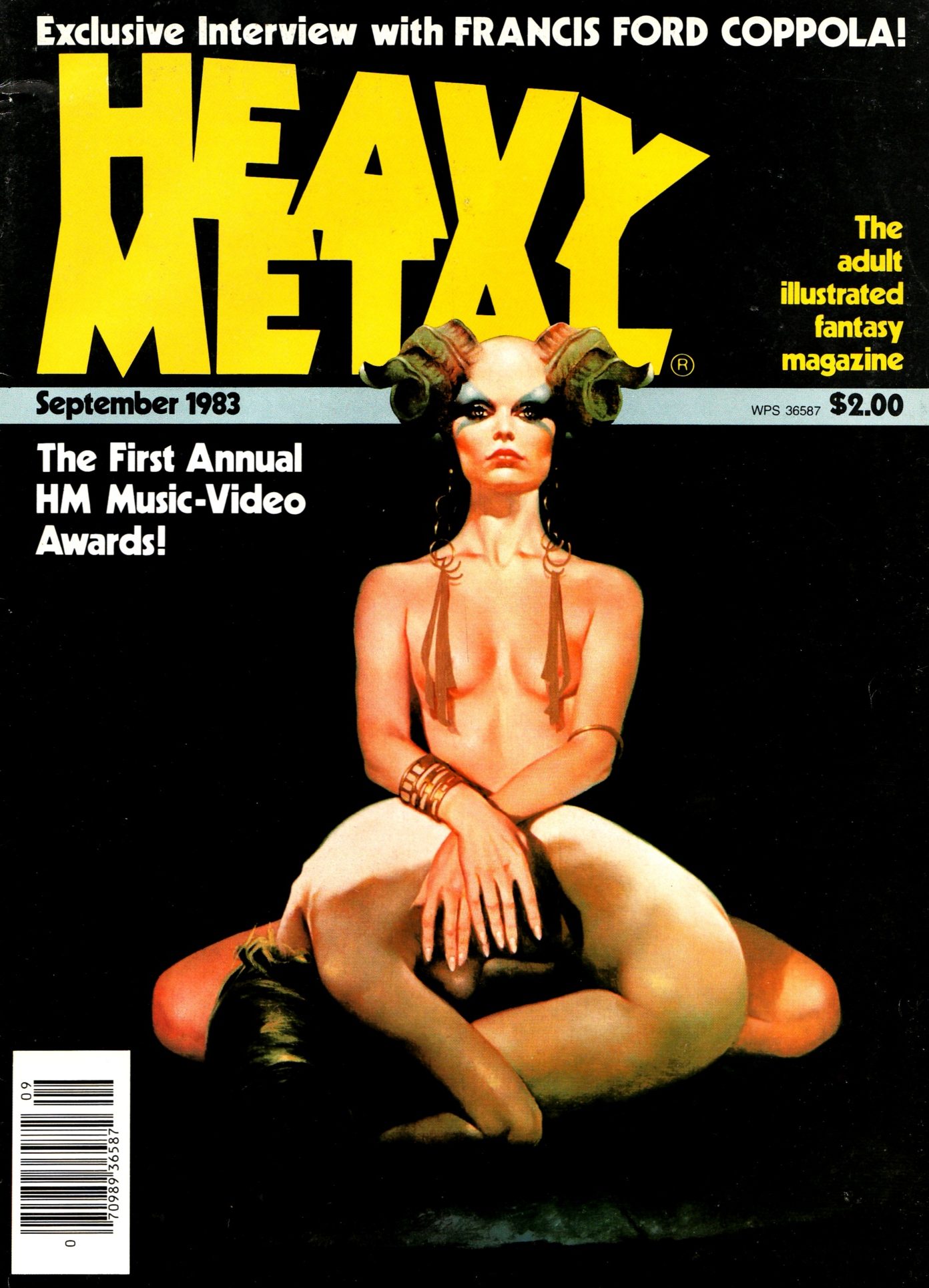
Heavy Metal, September 1983
1983
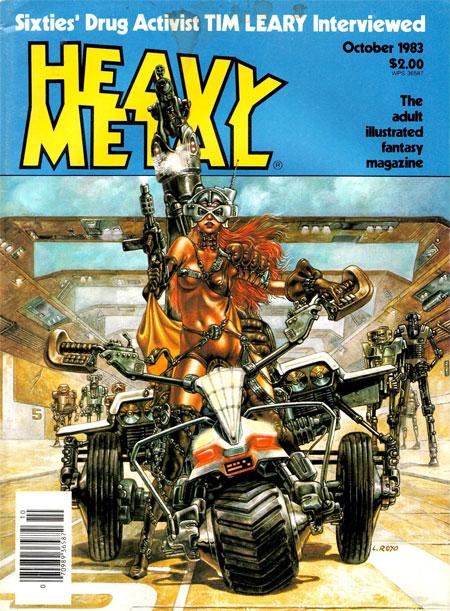
Heavy Metal, October 1983
1983
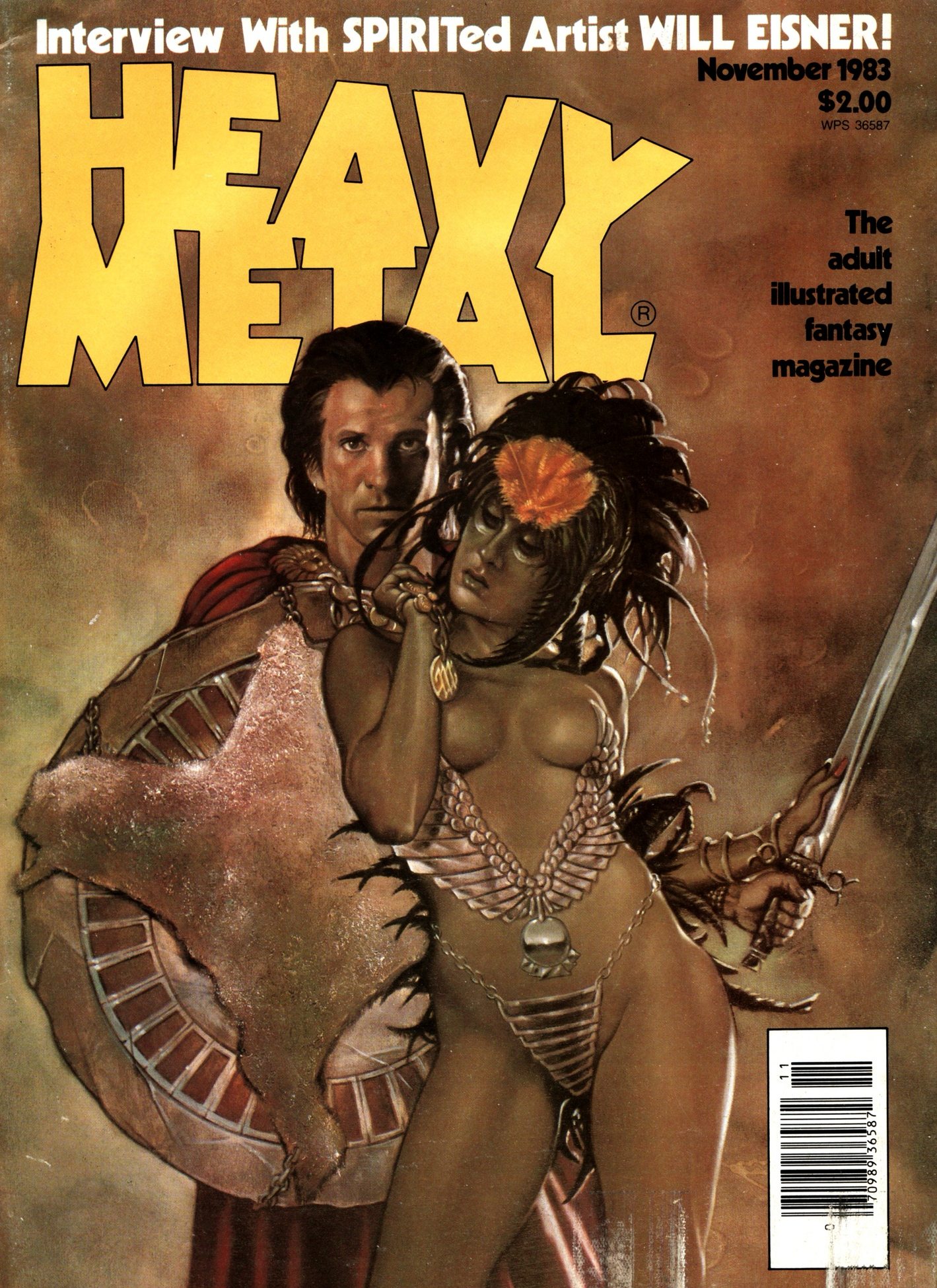
Heavy Metal, November 1983
1983
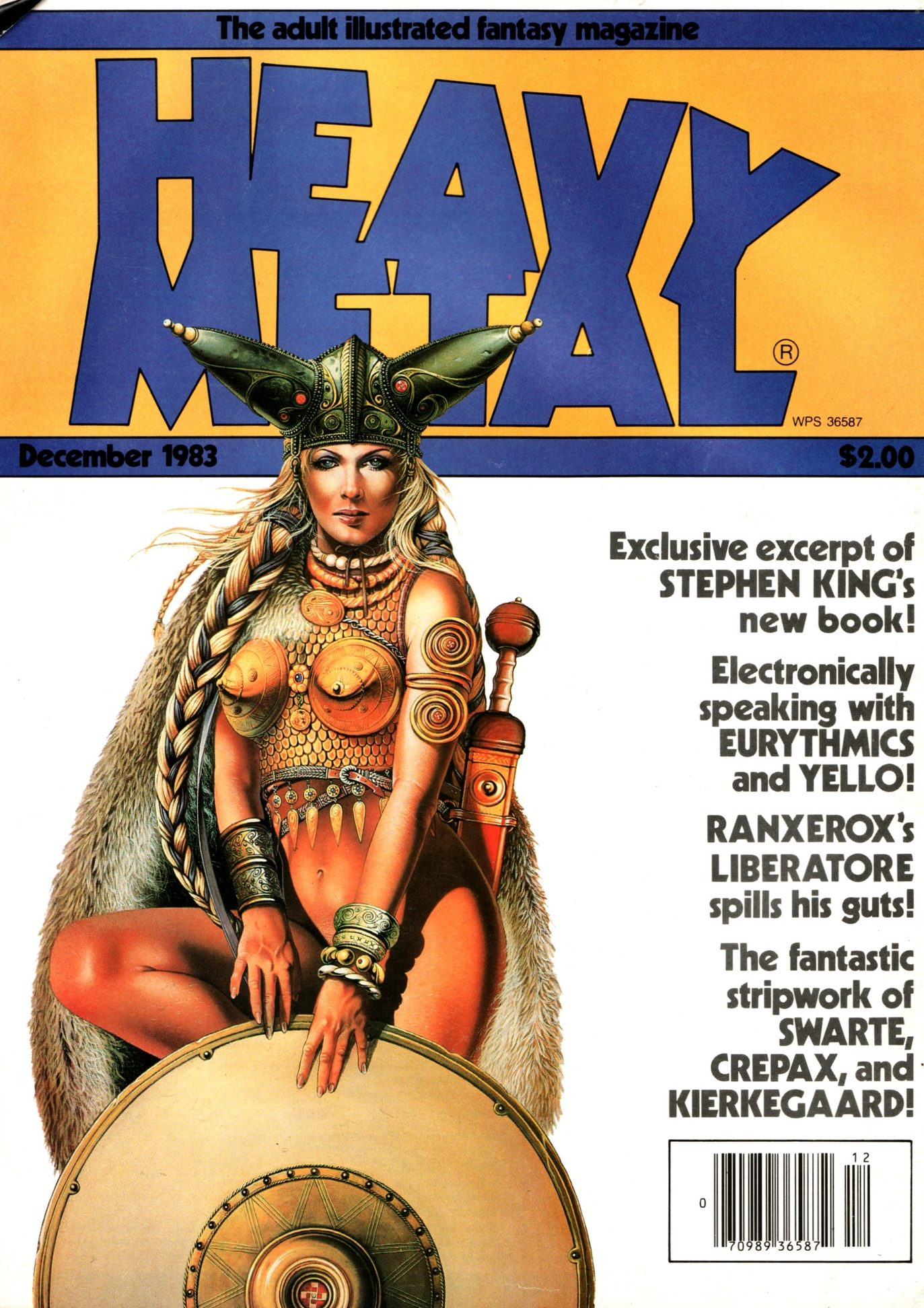
Heavy Metal, December 1983
1983
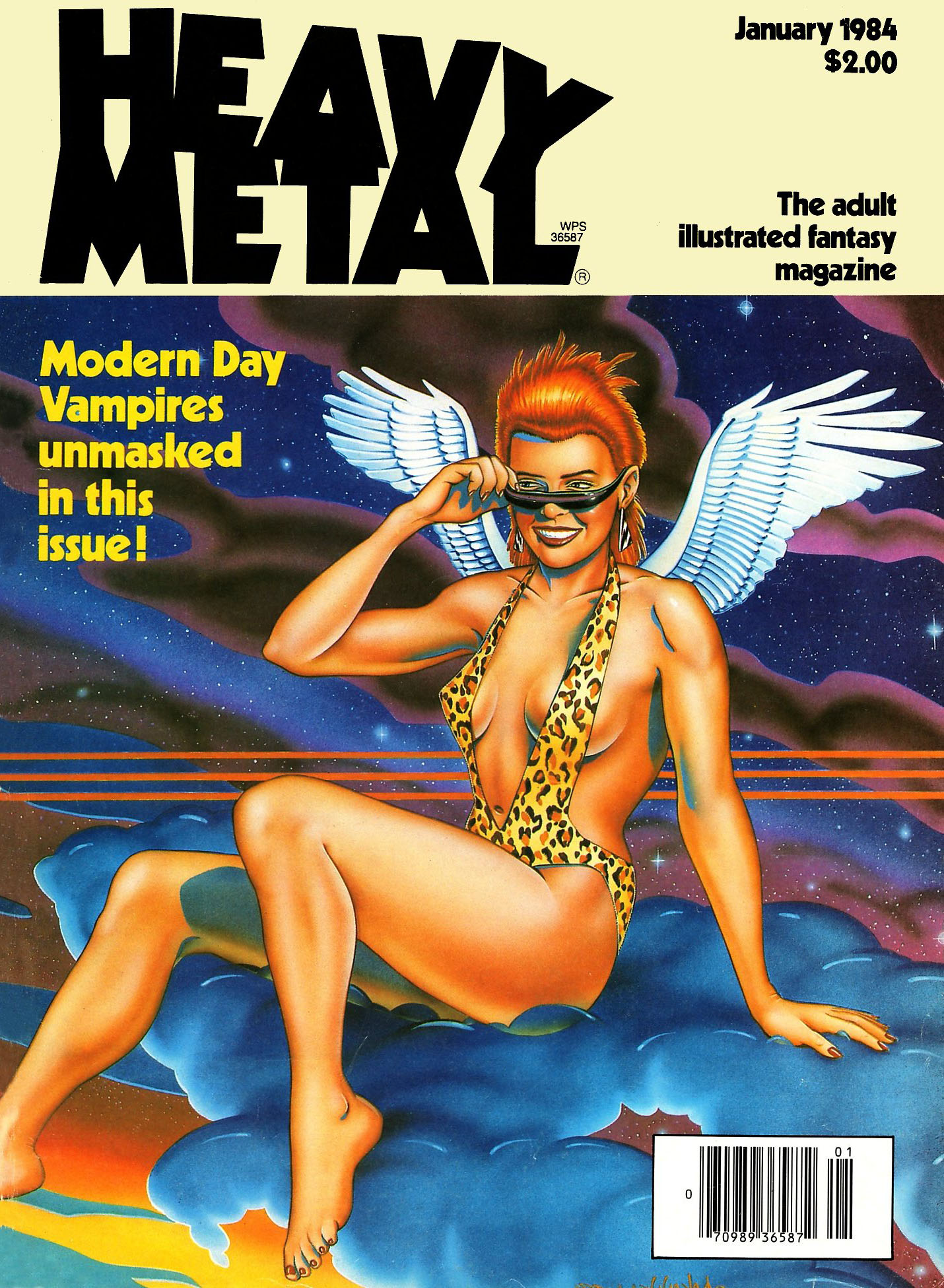
Heavy Metal, January 1984
1984
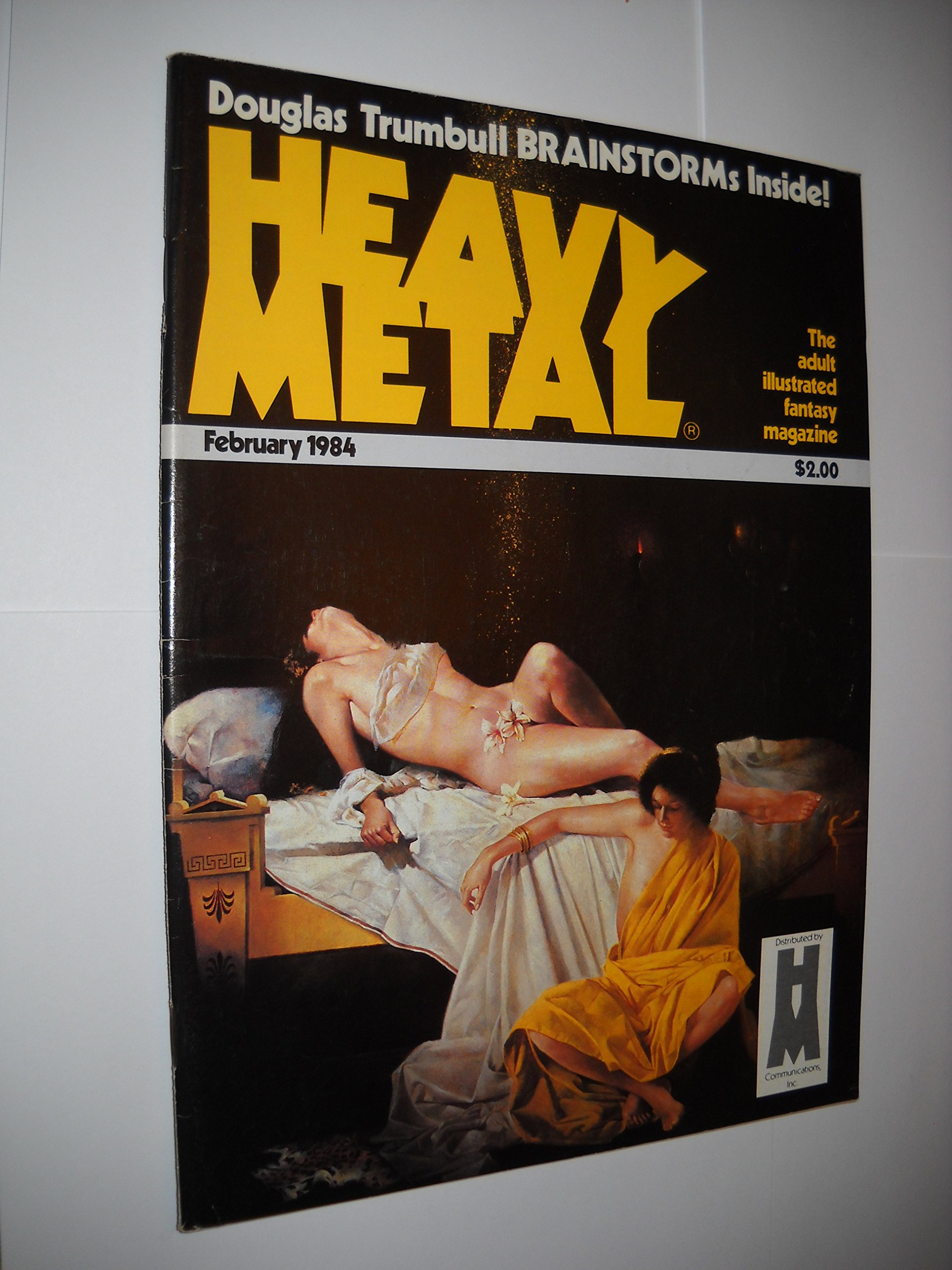
Heavy Metal Magazine, February 1984, Vol. VII, No. 11
1984
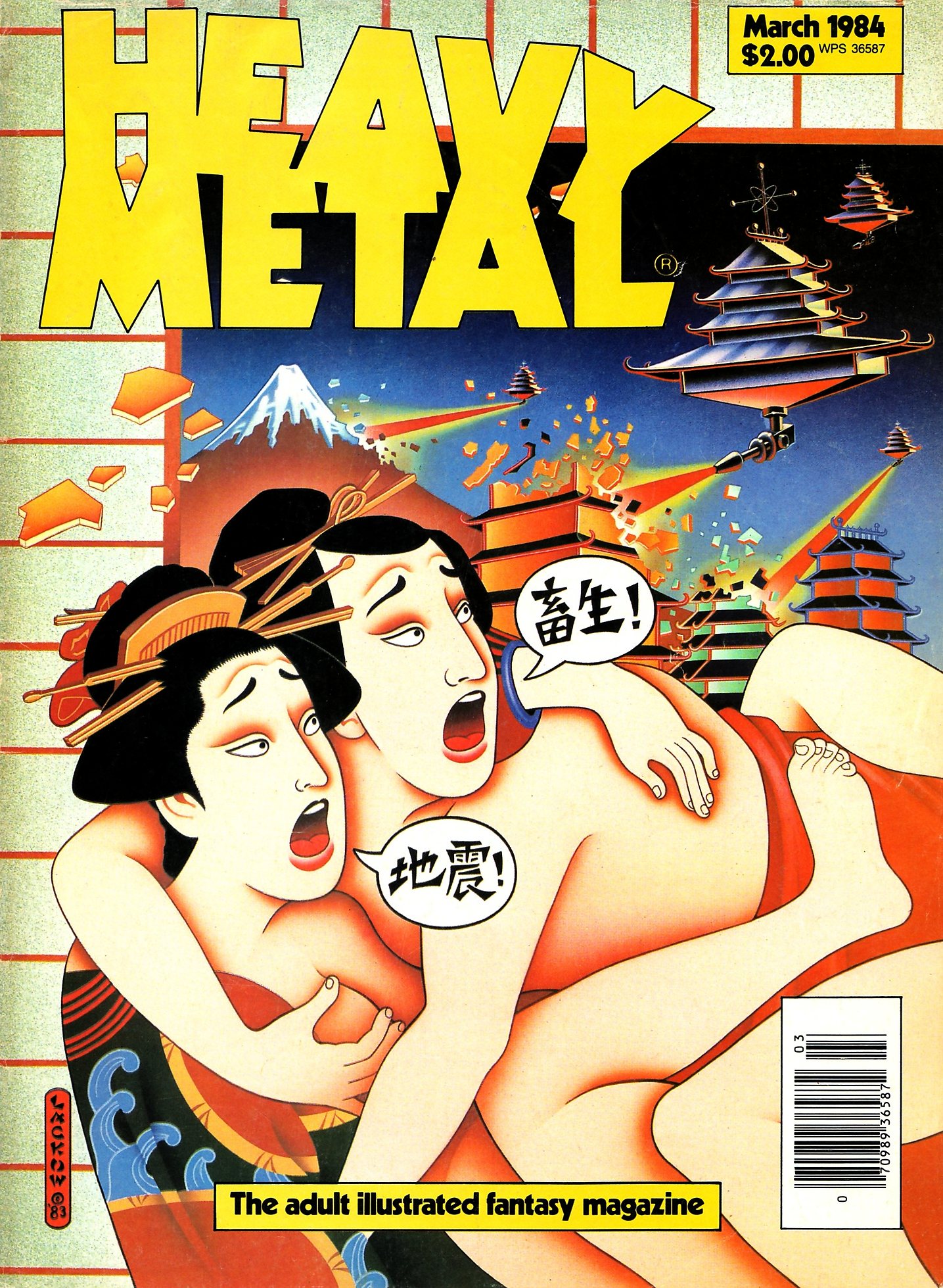
Heavy Metal, March 1984
1984
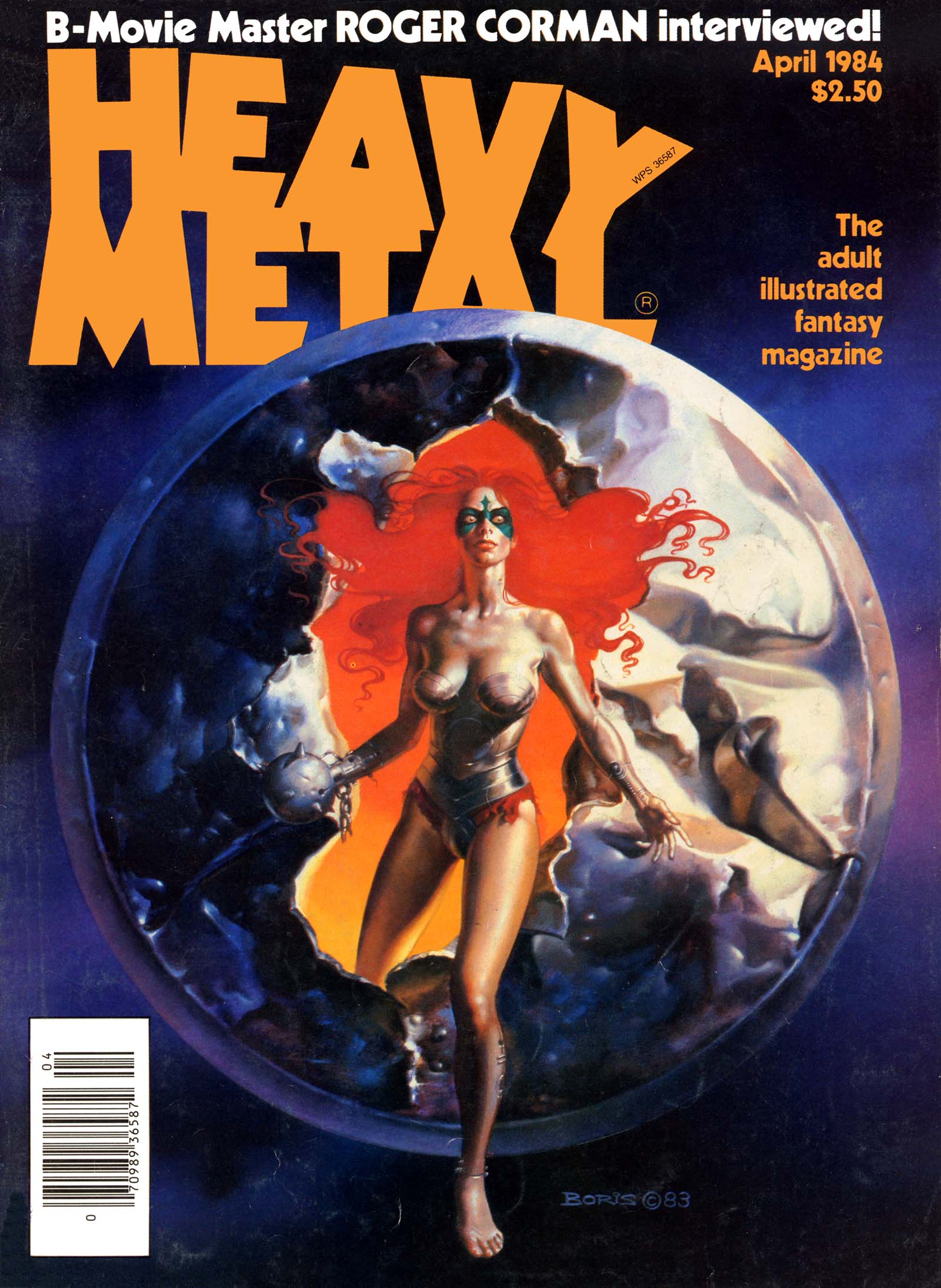
Heavy Metal, April 1984
1984
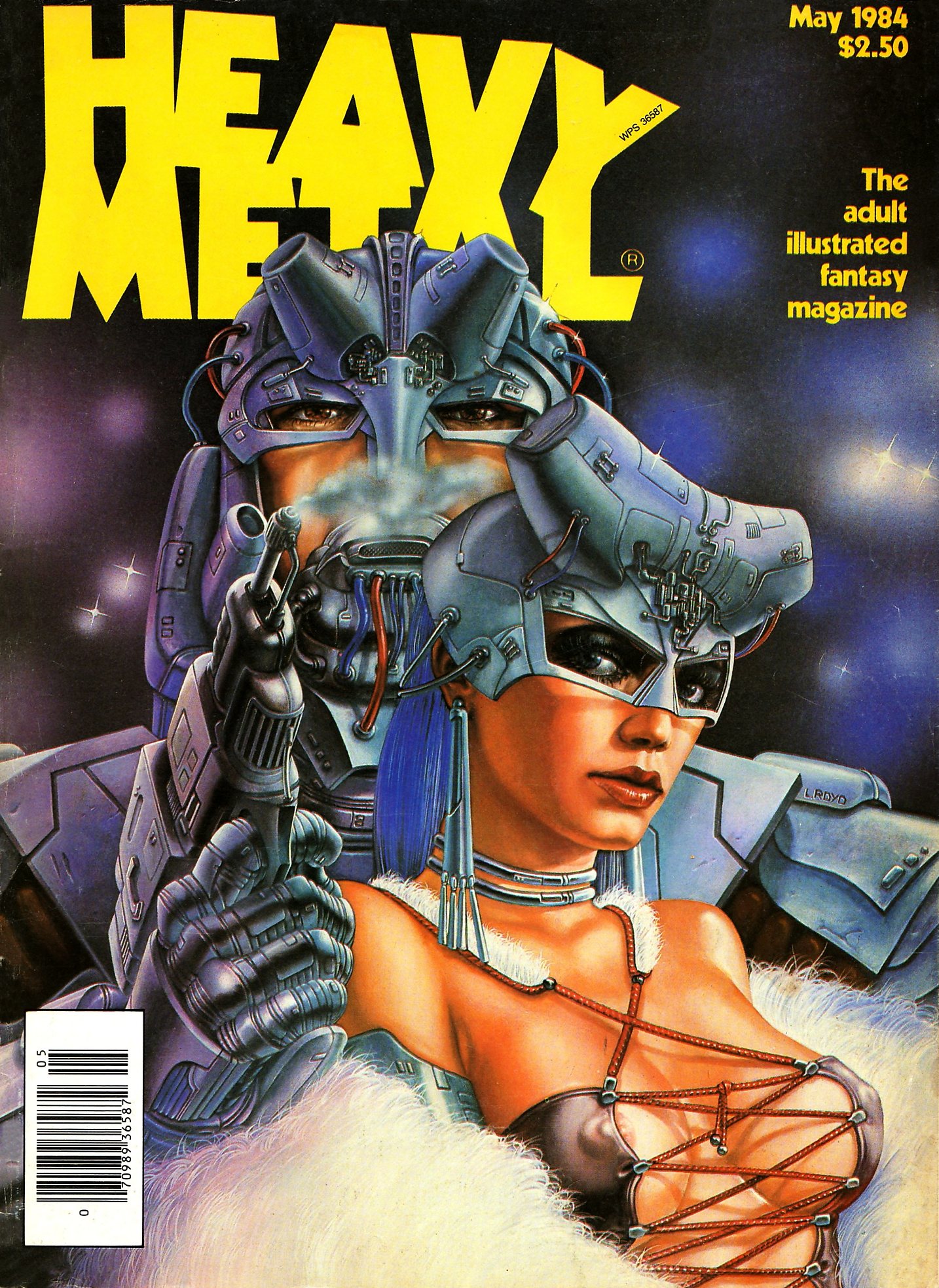
Heavy Metal, May 1984
1984
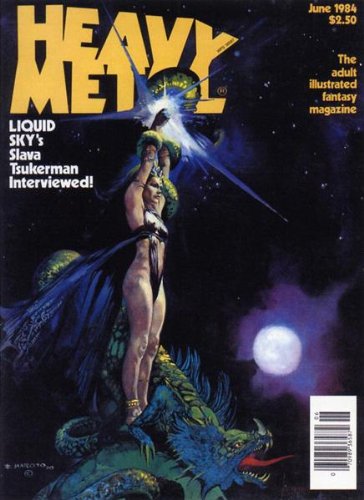
Heavy Metal, June 1984
1984
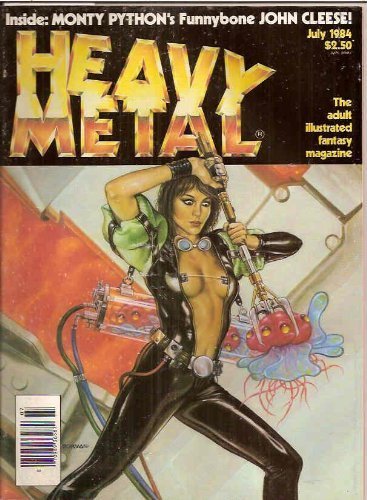
Heavy Metal, July 1984
1984
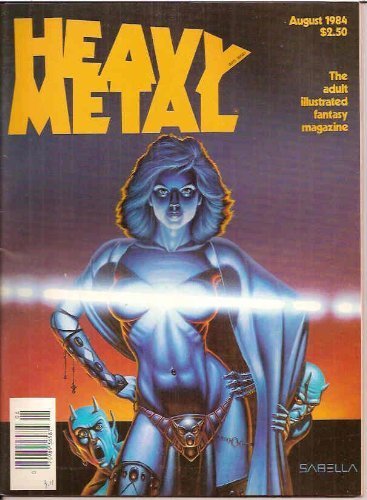
Heavy Metal, August 1984
1984
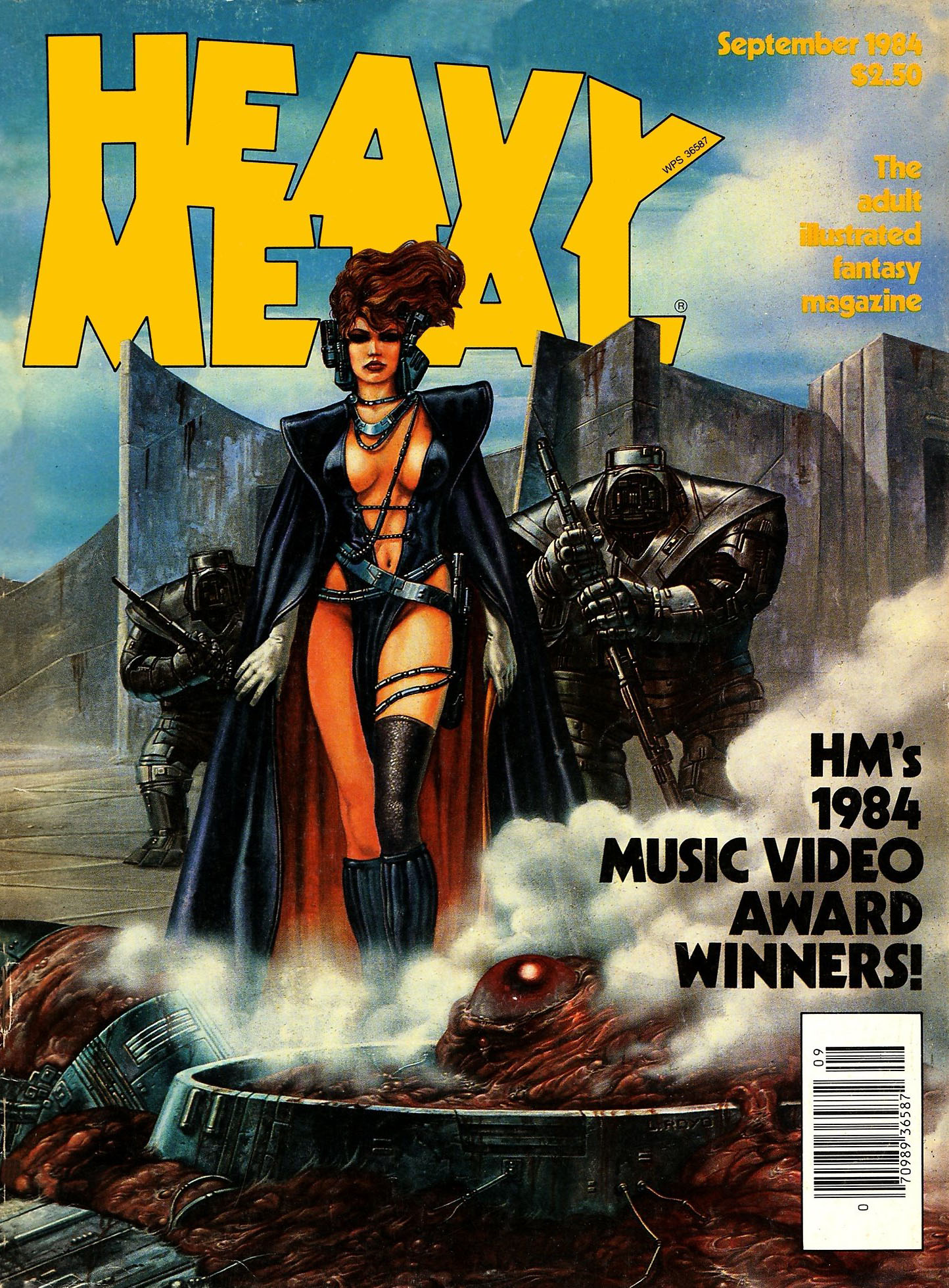
Heavy Metal, September 1984
1984
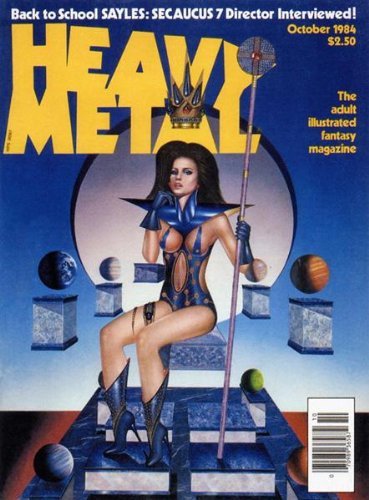
Heavy Metal, October 1984
1984
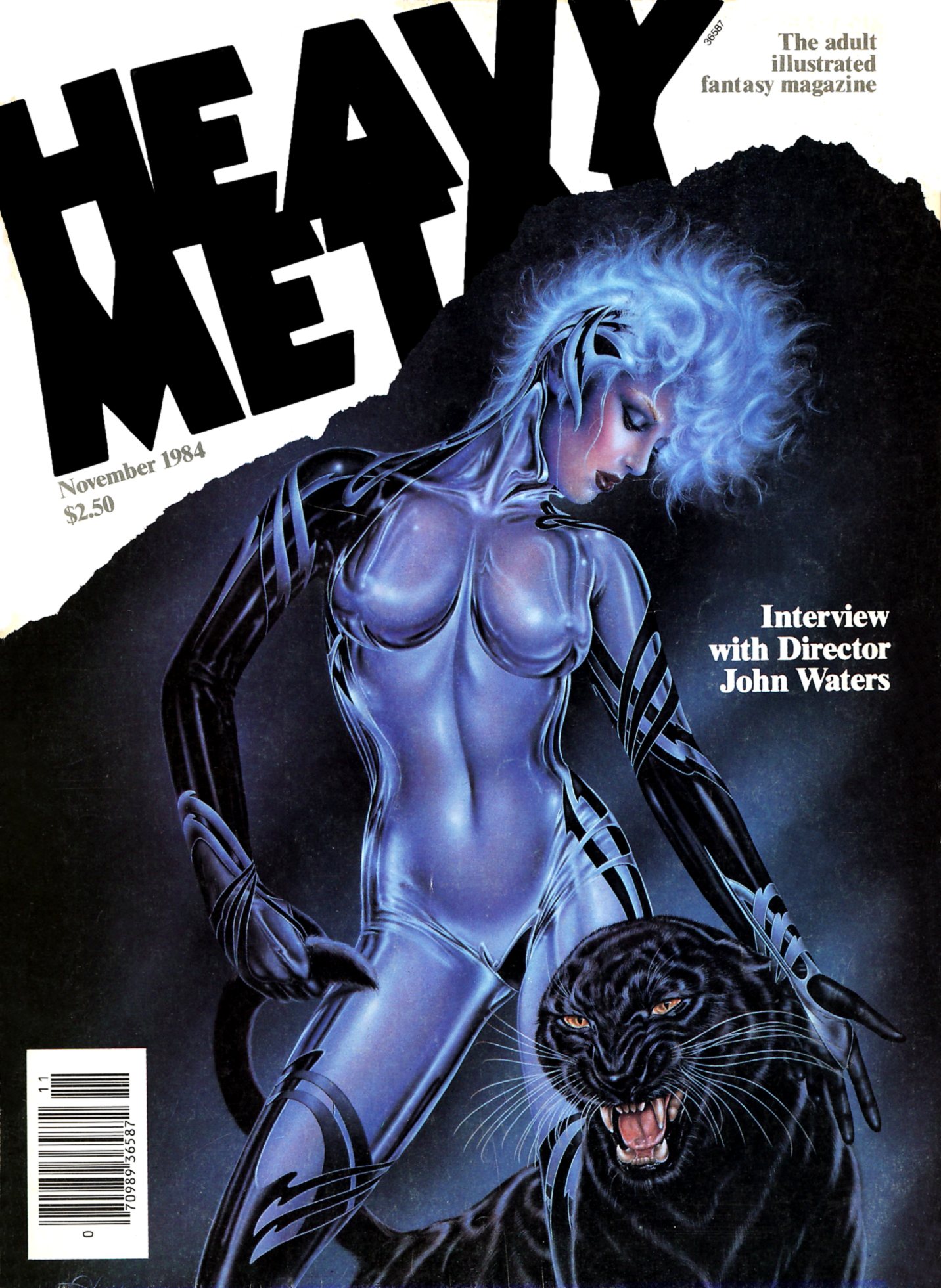
Heavy Metal, November 1984
1984
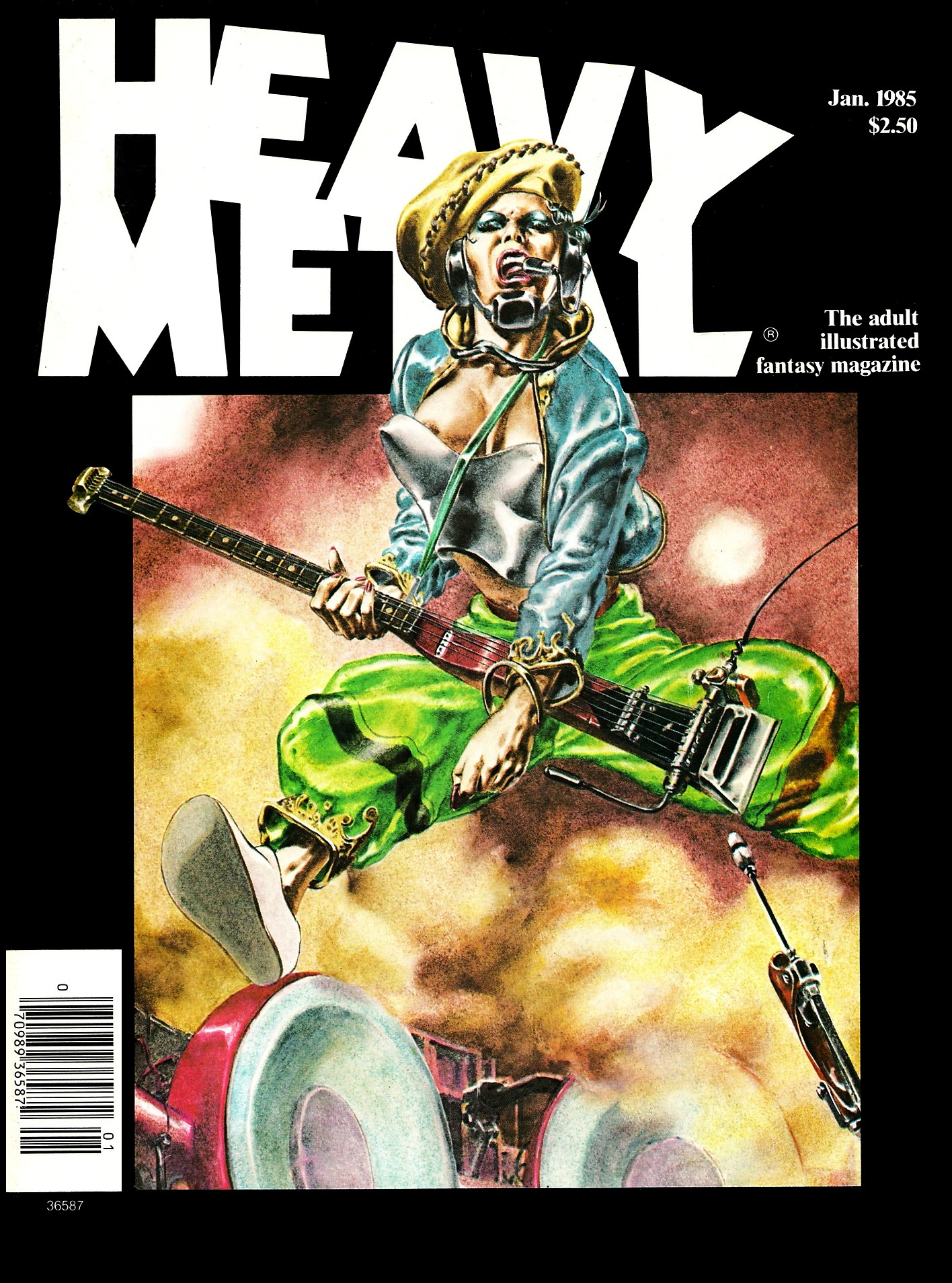
Heavy Metal, January 1985
1985
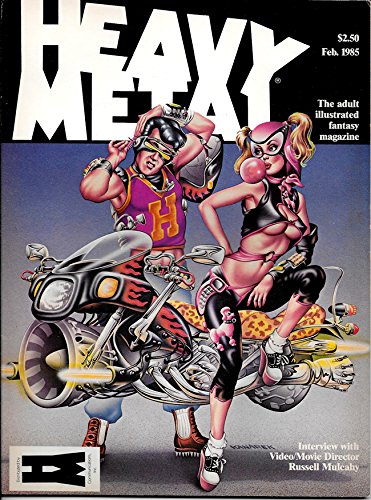
Heavy Metal, February 1985
1985
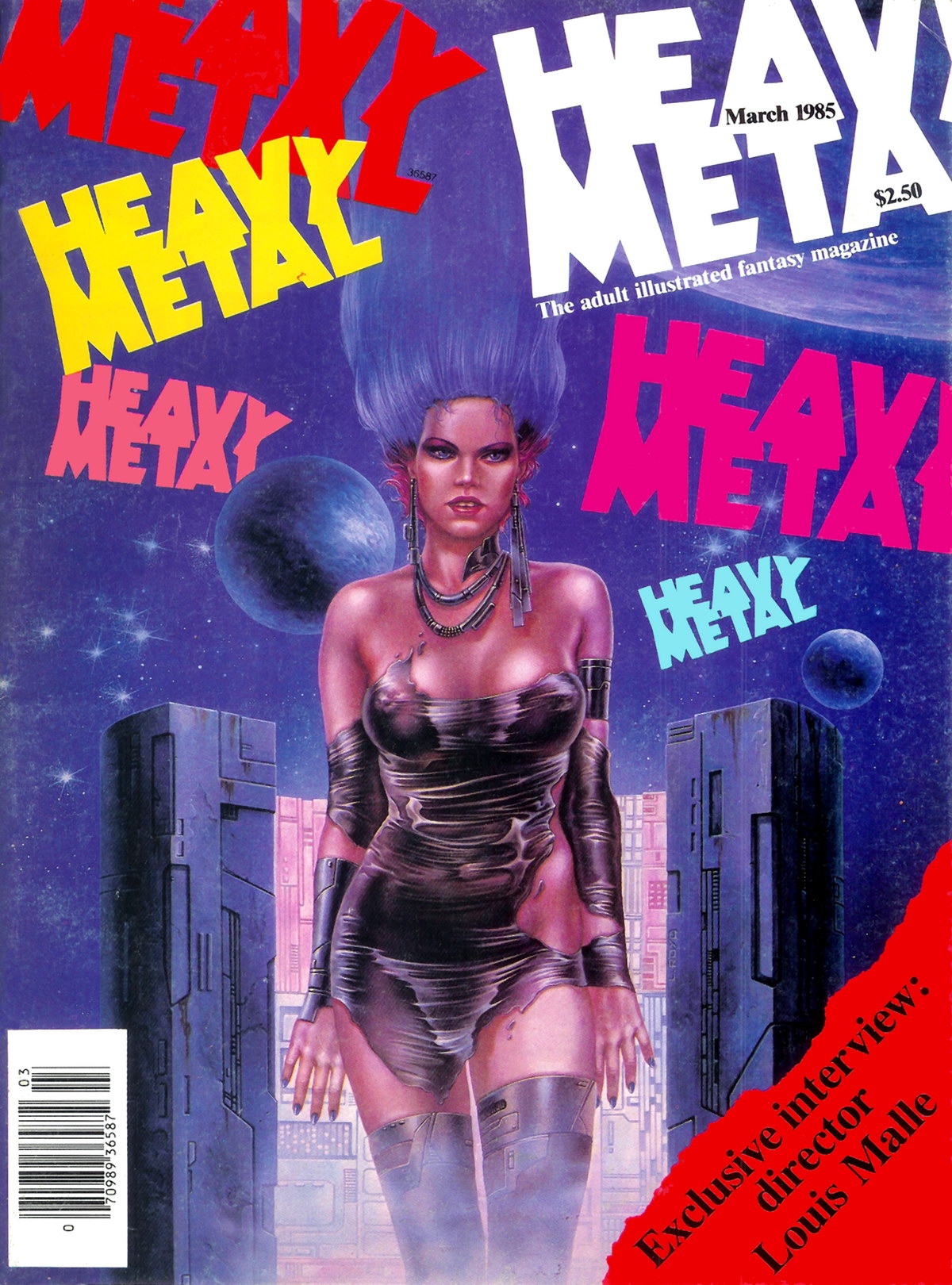
Heavy Metal, March 1985
1985
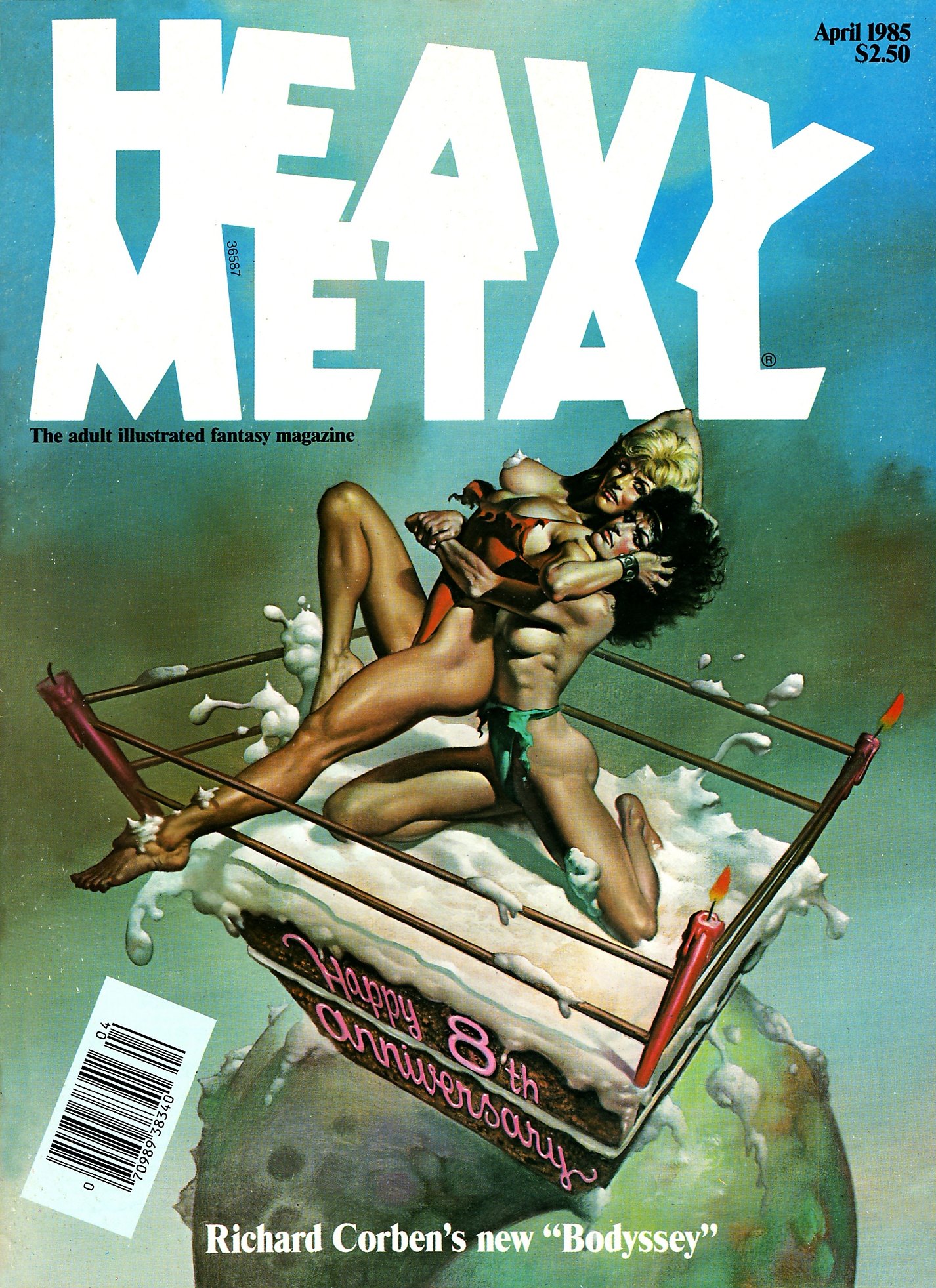
Heavy Metal, April 1985
1985
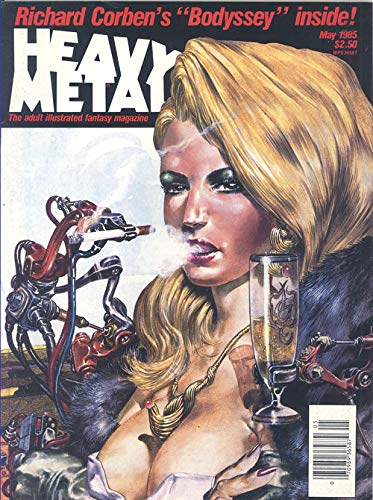
Heavy Metal, May 1985
1985
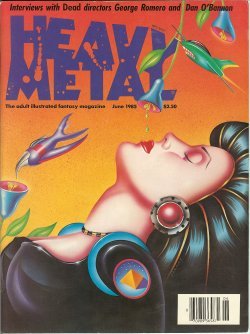
Heavy Metal, June 1985
1985
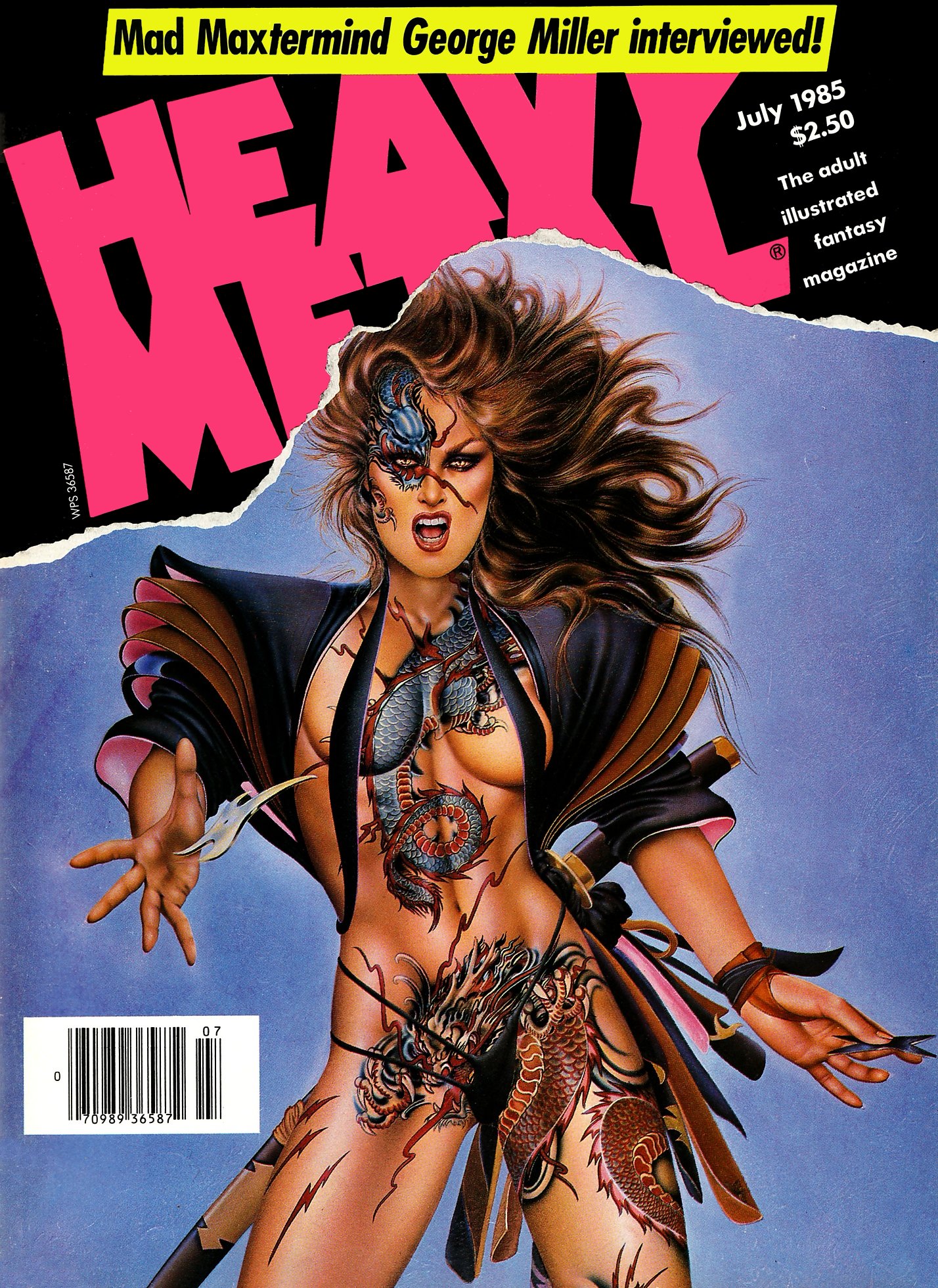
Heavy Metal, July 1985
1985

Heavy Metal, September 1985
1985
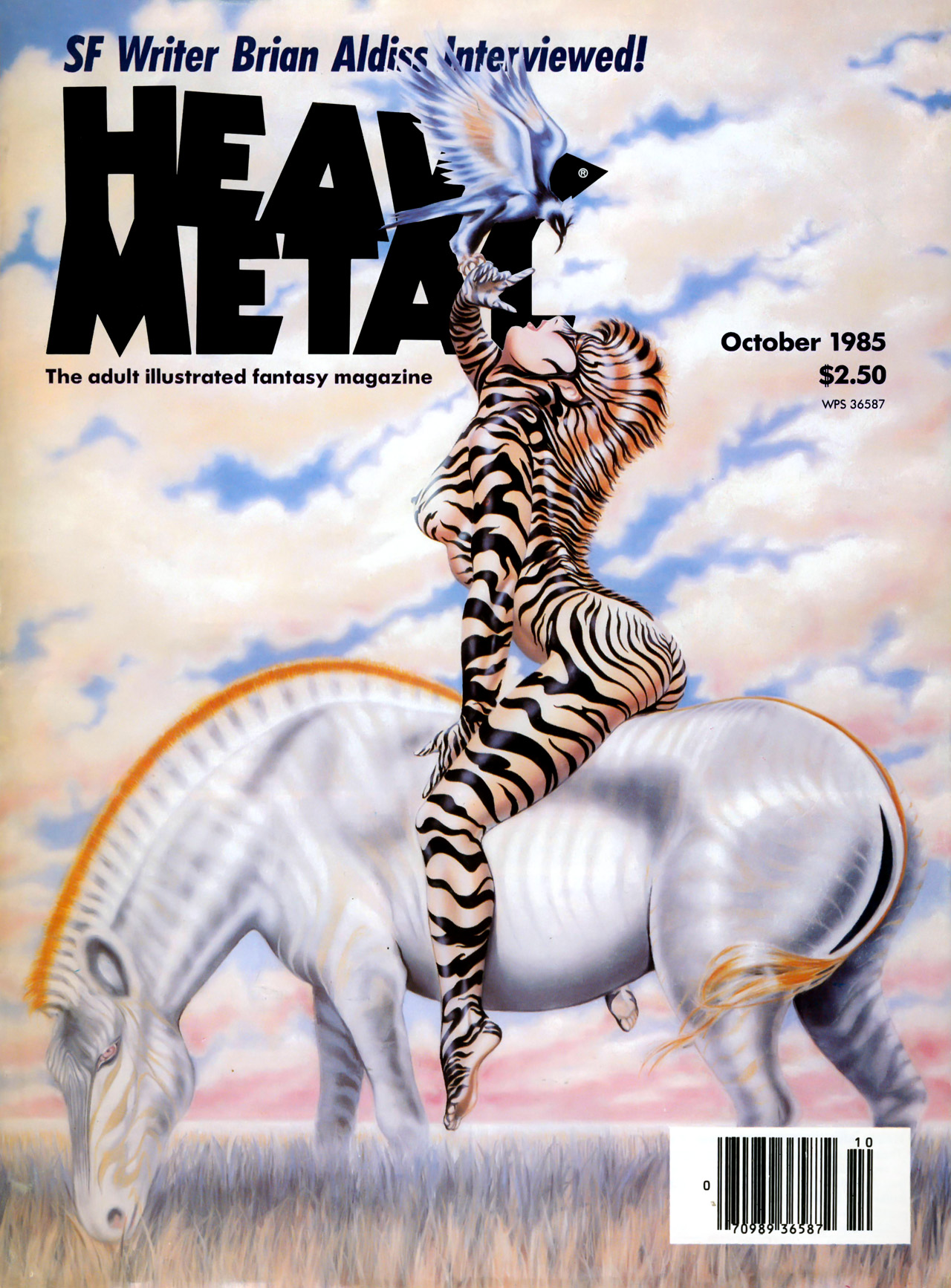
Heavy Metal, October 1985
1985
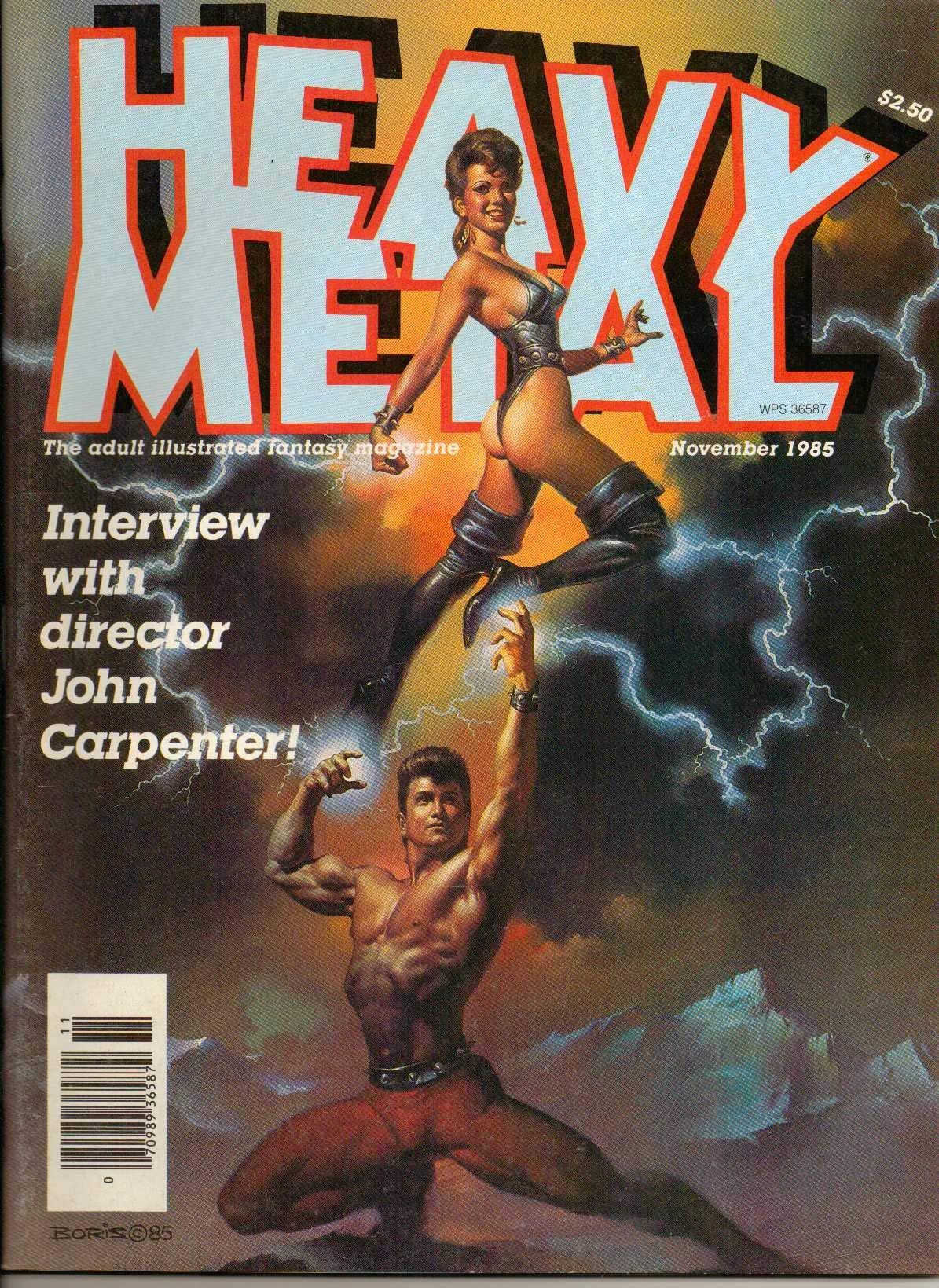
Heavy Metal, November 1985
1985
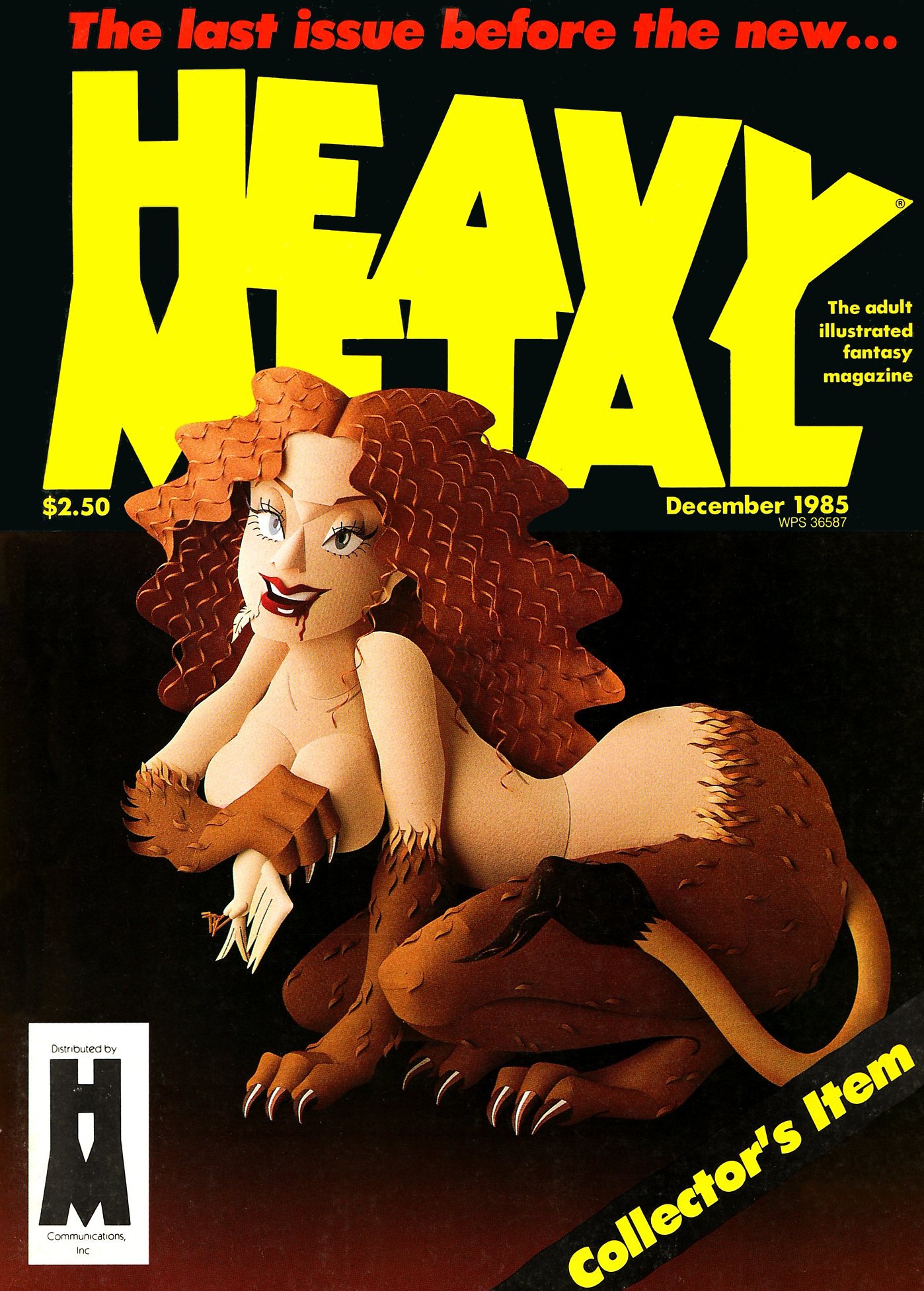
Heavy Metal, December 1985
1985
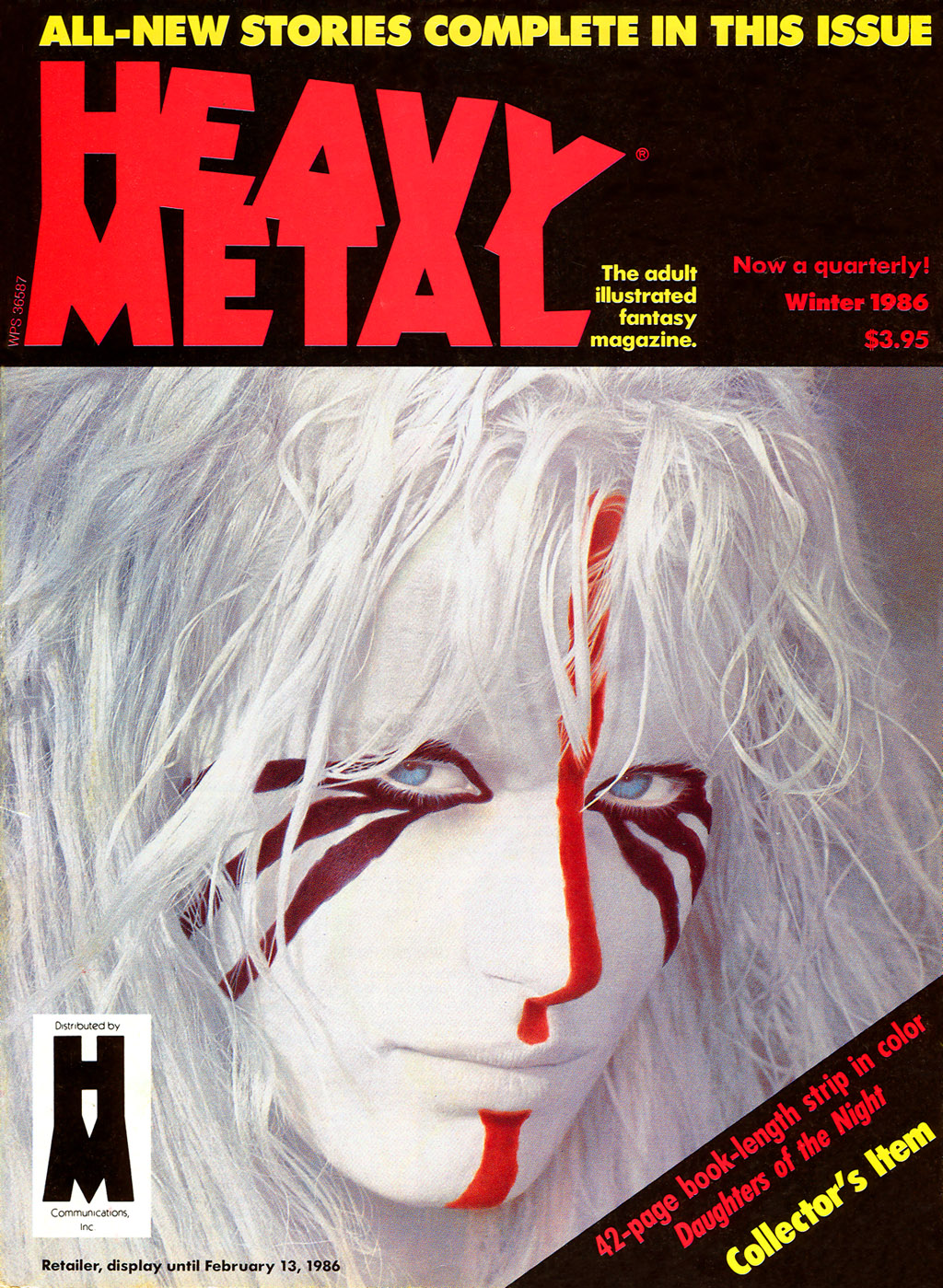
Heavy Metal, Winter 1986
1986
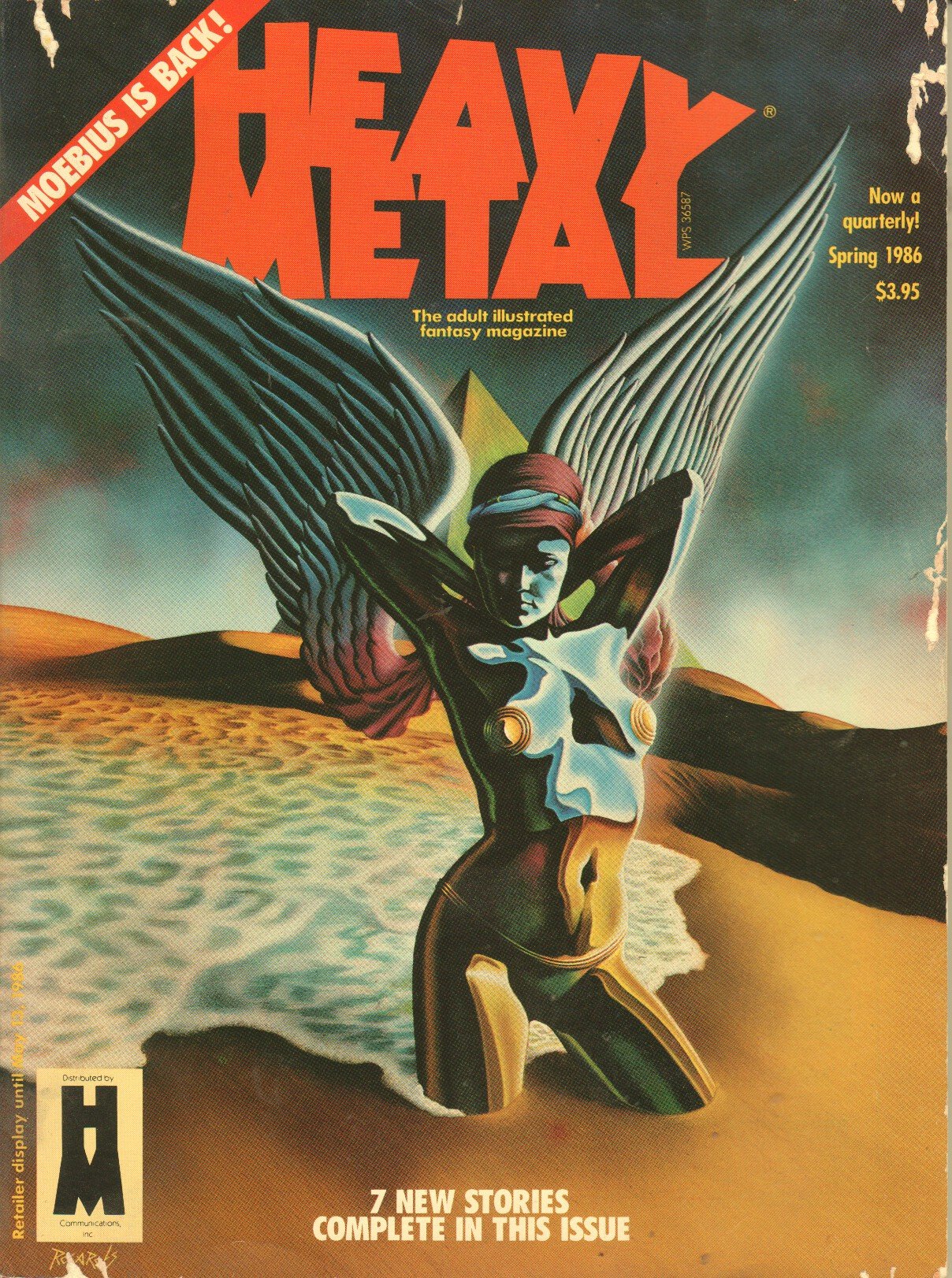
Heavy Metal, Spring 1986
1986
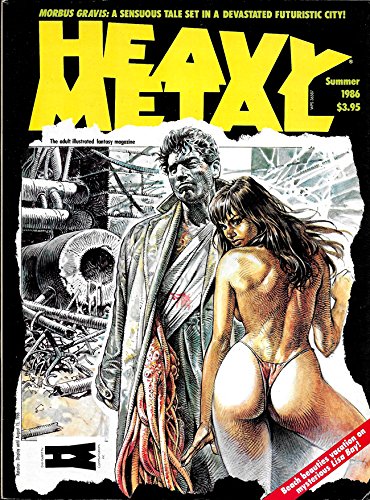
Heavy Metal, Summer 1986
1986

Heavy Metal, Fall 1986
1986

Heavy Metal, January 2002
2002
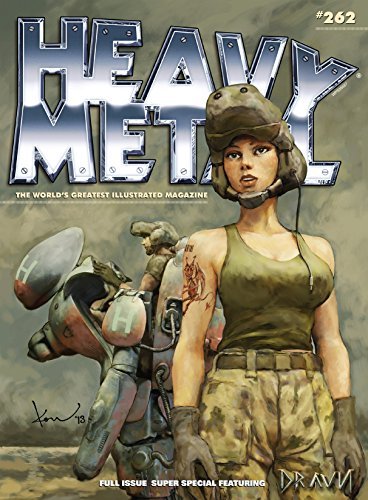
Heavy Metal #262
2013
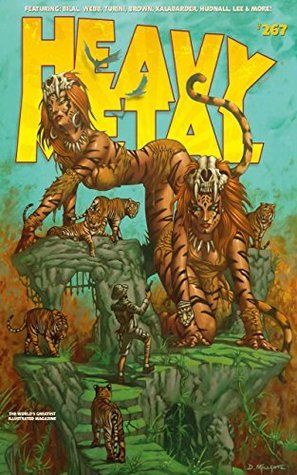
Heavy Metal Magazine #267
2014
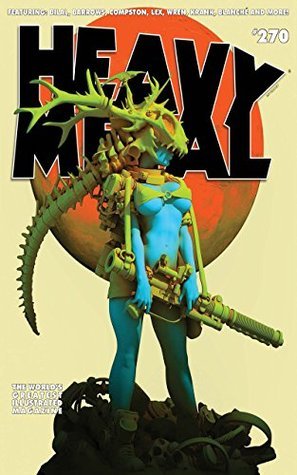
Heavy Metal Magazine #270
2014

Heavy Metal Magazine #271
2015
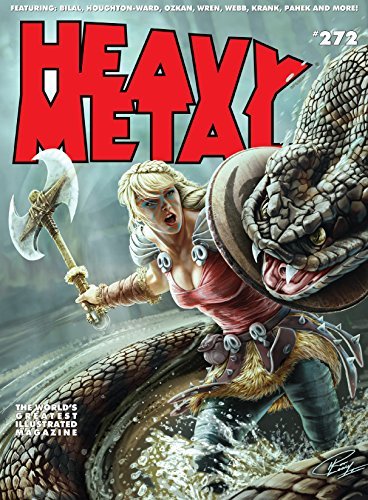
Heavy Metal #272
2016
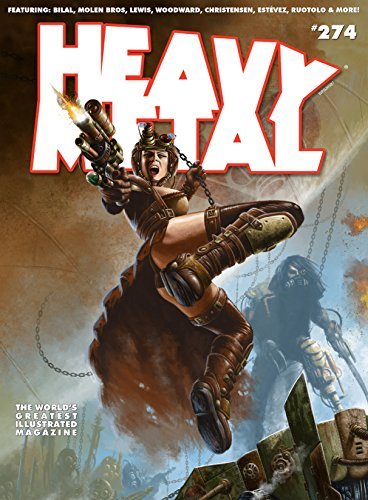
Heavy Metal #274
2015
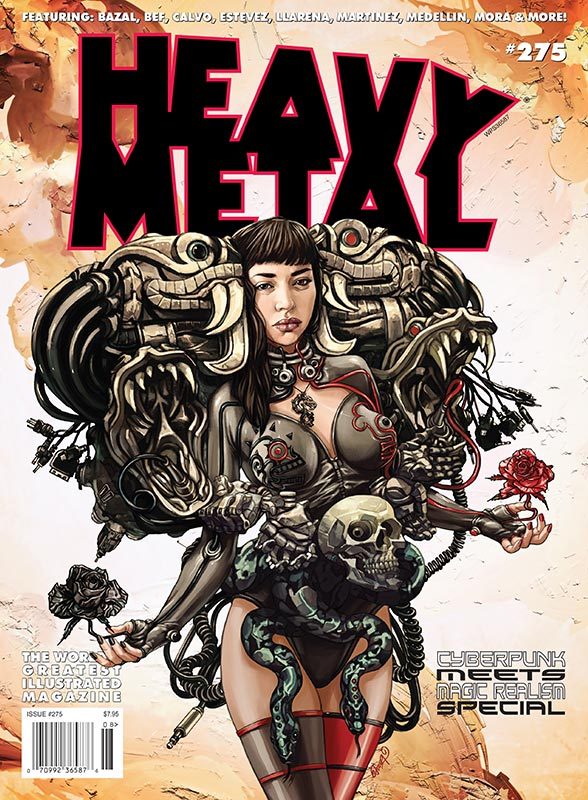
Heavy Metal
Cyberpunk Meets Magic Realism Special
2015
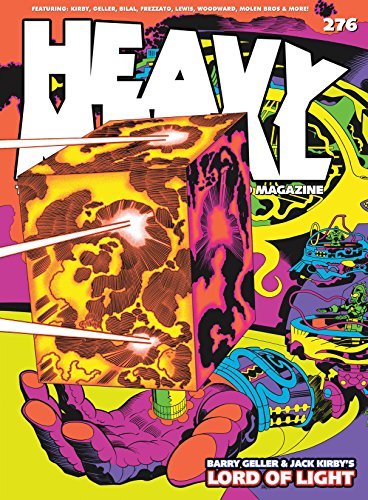
Heavy Metal #276
2016
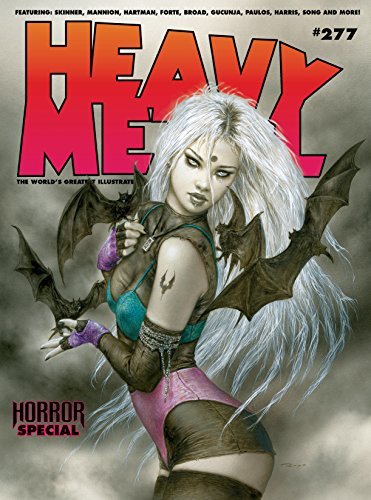
Heavy Metal #277
2015
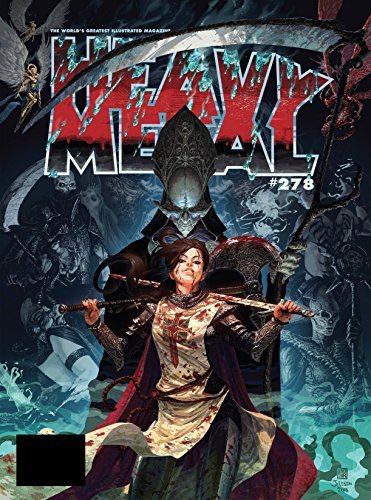
Heavy Metal #278
2016
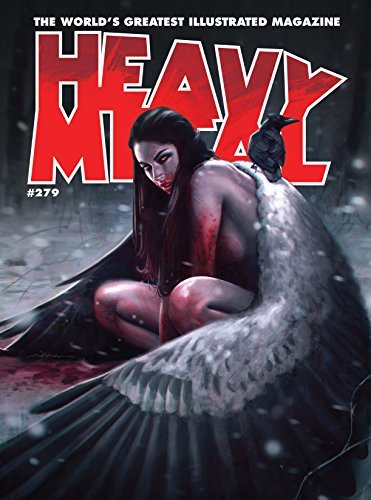
Heavy Metal #279
2016
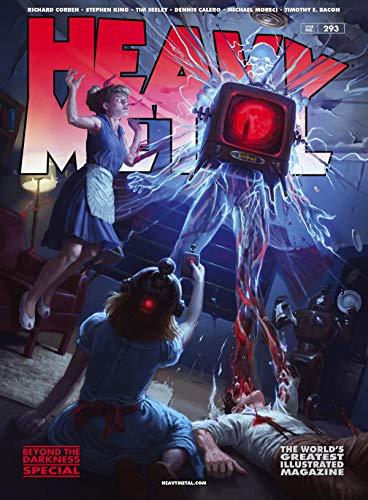
Heavy Metal #293
2019
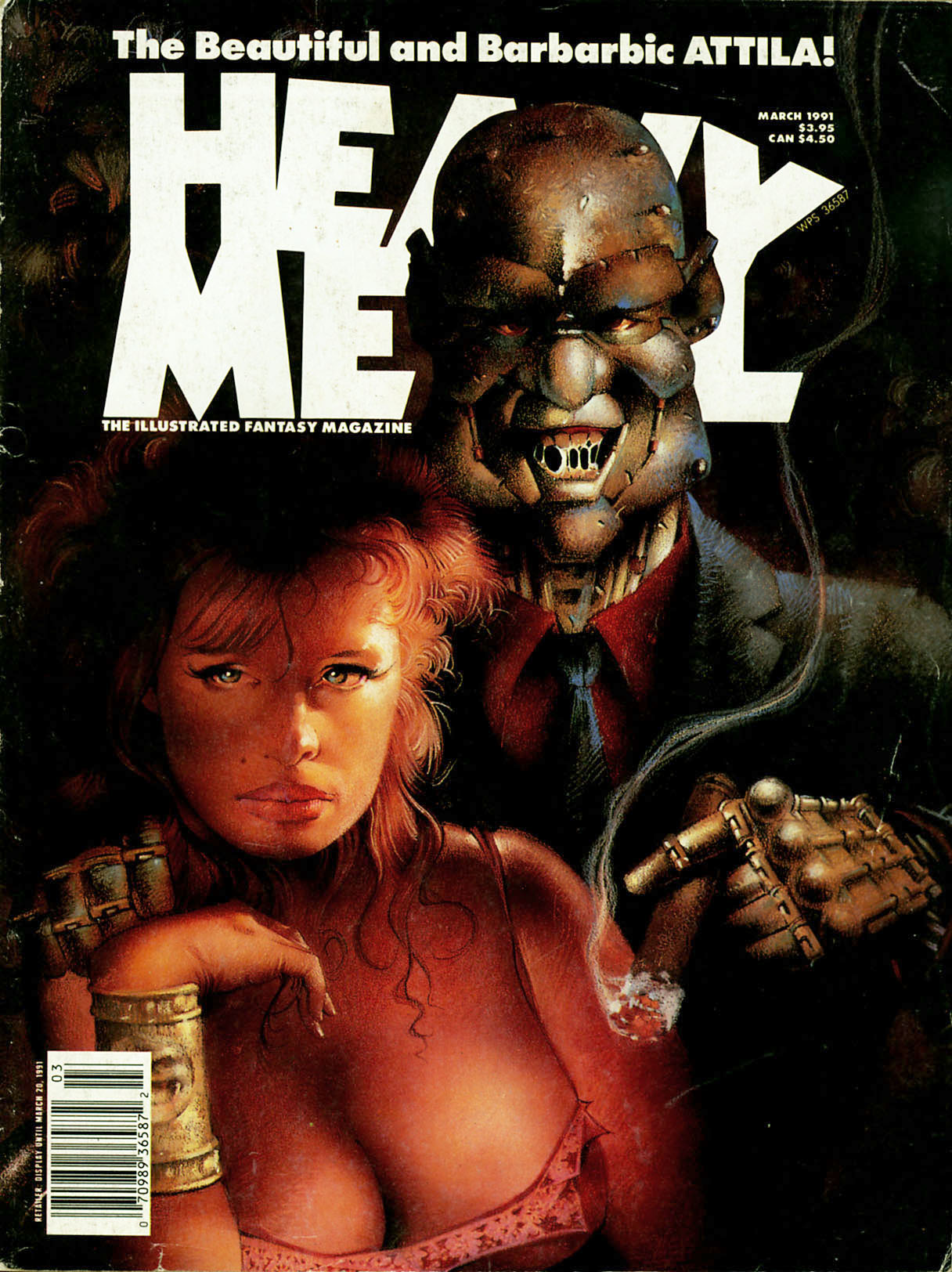
Heavy Metal, March 1991
1991
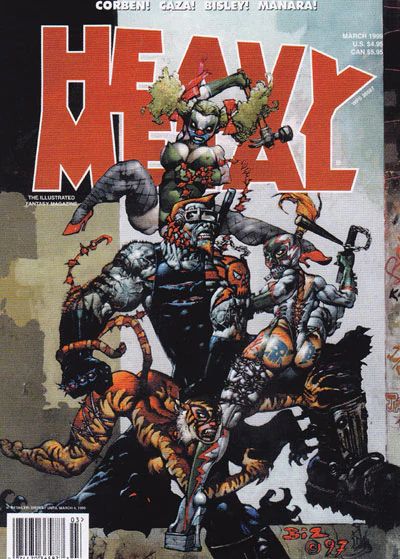
Heavy Metal March 1999
1999

Heavy Metal - March 2002
2002
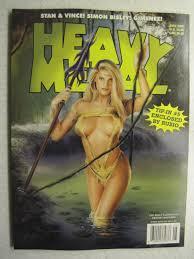
Heavy Metal Magazine Vol. XXVI No.2
2002
Heavy Metal
2002
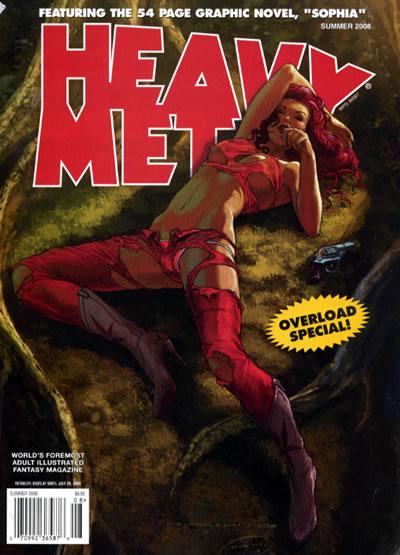
Heavy Metal Summer 2008
2008
Authors

Also credited as Alexandro Jodorowsky Better known for his surreal films El Topo and The Holy Mountain filmed in the early 1970s, Alejandro Jodorowsky is also an accomplished writer of graphic novels and a psychotherapist. He developed Psychomagic, a combination of psychotherapy and shamanic magic. His fans have included John Lennon and Marilyn Manson.
Željko Pahek (born 1954 in Županja, then in Yugoslavia, now in Croatia) is a comic-book and graphic novel creator, scriptwriter, painter, illustrator and caricaturist. He lives in Belgrade, Serbia.
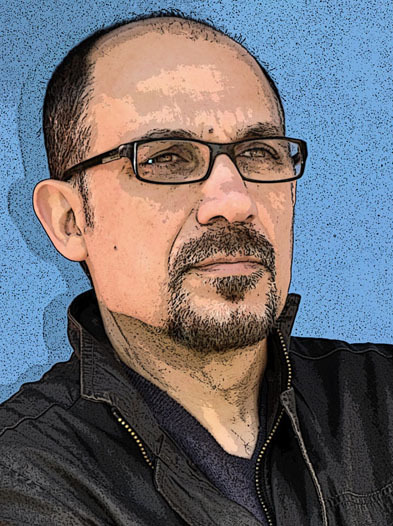
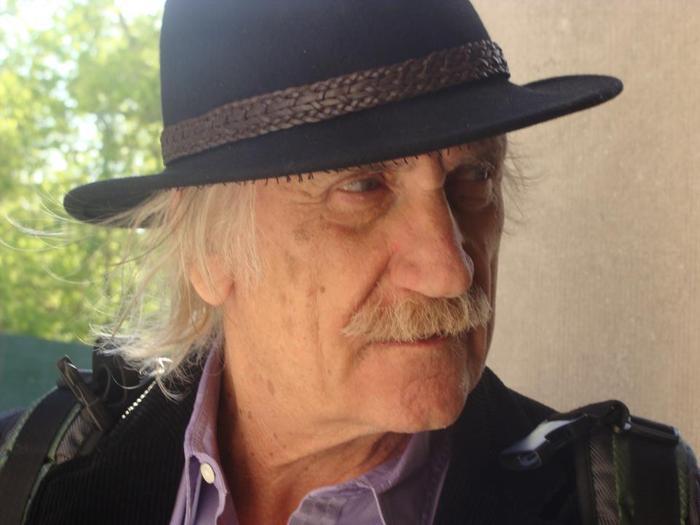
Thomas Warkentin had worked in animation for more than thirteen years after a diverse earlier career in technical illustrating, advertising, album cover design and magazine illustration, among other artistic endeavors. He wrote and drew the 'Star Trek' newspaper strip from 1979 to 1981 and scripted the 'Flash Gordon' strip between 1991 and 1995 (art by an Argentine studio). He worked for ten years at Warner Bros. doing key background design on such shows as 'Tiny Toons', 'Animaniacs', 'Superman', 'Freakazoid', 'Good Feathers', 'Road Rovers', 'Histeria', and 'Sylvester & Tweety Mysteries', and then most recently at Disney on 'The Weekenders'.


Escritor y guionista con historias publicadas en "Tierra Adentro", "Horizonte Cero", "Cactus" y "El Ojo de Uk" en México. En el extranjero ha publicado en las revistas de "Heavy Metal Magazine", "Strange Aeons", "Strip Magazine" y "Próxima". Para DC Digital coescribió "Earthbuilders" Editor en Fantasías para Noctámbulos, donde ha publicado "Solarpunk", "El Ojo de Ak Bahatat" y "Monstruos de Vapor"



Caza, the pseudonym for Philippe Cazamayou, is a French comics artist. Caza began to publish work in Pilote magazine, starting with his series Quand les costumes avaient des dents (When Costumes had Teeth) in 1971, followed by other short work. The series of stories Scènes de la vie de banlieue (Scenes of Suburban Life) was published in 1975, followed by the L'Âge d'Ombre stories, Les Habitants du crépuscule and Les Remparts de la nuit. With the emergence of the magazine Métal Hurlant in 1975, Caza began to supply work within the science-fiction genre, with titles such as Sanguine, L'oiseau poussière, initially working with an exhaustive black and white dot technique. This was later abandoned for a style of colour use which would become a trademark, as seen in later work such as Arkhê, Chimères and Laïlah.

Aka Hunter Adams, Victor Appleton II Jim Lawrence has written fiction extensively for both children and adults in a variety of media: books, magazine articles, film and radio scripts, and comic strips, including "decision" strips. He estimates that he has written some sixty books of fiction, many of them under pen names for series like Tom Swift Jr. and Nancy Drew. His radio credits include weekly scripts for Sergeant Preston of the Yukon, The Green Hornet, and Sky King. He has written for, and in some cases created and illustrated, the comic strips Dallas, Joe Palooka, Captain Easy, Friday Foster, and Buck Rogers. To date, he has authored two works of interactive fiction: Seastalker and Moonmist.

Hugo Pratt, born Ugo Eugenio Prat (1927–1995), was an Italian comic book writer and artist. Internationally known for Corto Maltese, a series of adventure comics first published in Italy and France between 1967 and 1991, Pratt is regarded as a pioneer of the literary graphic novel. Born in Rimini, Italy, Pratt spent his childhood in Venice in a cosmopolitan family environment. In 1937, ten-years old Hugo moved with his parents to Ethiopia, East Africa, following the Italian occupation of the country. Pratt's father eventually died as a prisoner of war in 1942. Hugo himself and his mother spent some time in a British prison camp in Africa, before being sent back to Venice. This childhood experiences shaped Pratt's fascination with military uniforms, machineries and settings, a visual constant in most of his adult works. As a young artist in post-war Italy, Pratt was part of the so-called 'Venice Group', which also included cartoonists Alberto Ongaro, Mario Faustinelli. Their magazine Asso di Picche, launched in 1945, mostly featured adventure comics. In 1949 Pratt moved to Buenos Aires, Argentina, where he worked for various local publishers and interacted with well-known Argentine cartoonists, most notably Alberto Breccia and Solano López, while also teaching at the Escuela Panamericana de Arte. During this period he produced his first notable comic books: Sgt. Kirk and Ernie Pike, written by Héctor Germán Oesterheld; Anna nella jungla, Capitan Cormorant and Wheeling, as a complete author. From the summer of 1959 to the summer of 1960, Pratt lived in London drawing war comics by British scriptwriters for Fleetway Publications. He returned to Argentina for a couple more years, then moved back to Italy in 1962. Here he started collaborating with the comics magazine Il Corriere dei Piccoli, for which he adapted several classics, including works by Robert Louis Stevenson. In 1967, Hugo Pratt and entrepreneur Florenzo Ivaldi created the comics magazine Il Sergente Kirk, named after one of Pratt's original characters. Pratt's most famous work, Una ballata del mare salato (1967, The Ballad of the Salty Sea) was serialised in the pages of this magazine. The story can be seen as one of the first modern graphic novels. It also introduced Pratt's best known character, mariner and adventurer Corto Maltese. Corto became the protagonist of its own series three years later in the French comics magazine Pif gadget. Pratt would continue releasing new Corto Maltese books every few years until 1991. Corto's stories are set in various parts of the world, in a given moment in the first three decades of the 20th century. They often tangently deal with real historical events or real historical figures. The series gave Pratt international notoriety, being eventually translated into fifteen languages. Pratt's other works include Gli scorpioni del deserto (1969-1992), a series of military adventures set in East Africa during WWII, and a few one-shots published for Bonelli's comic magazine Un Uomo Un'Avventura ('One Man One Adventure'), most notably the short story Jesuit Joe (1980, The Man from the Great North). He also scripted a couple of stories for his pupil Milo Manara. Pratt lived in France from 1970 to 1984, then in Switzerland till his death from bowel cancer in 1995.


Il utilise aussi les pseudos Alias et Tartempion. Né en 1944, Claude Lacroix voit ses premiers dessins humoristiques publiés dans L'Os à Moelle en 1964, puis dans Candide, Arts et Loisirs, Elle, Plexus, Hara-Kiri, La Vie Française, 50 millions de consommateurs... Comme dessinateur et scénariste de BD, il collabore au Journal des Pieds Nickelés, Lisette (rencontre Bourgeon en 1971), Formule 1, Gomme, Pilote, Métal Hurlant, Okapi, Je Bouquine, etc. Et comme illustrateur à Constellation, Fiction, Galaxie, Le club du livre d'anticipation.... En qualité de journaliste, il collabore aussi par ses illustrations à Jeux et stratégie, le Journal de Mickey, Le Point, Science et Vie, etc. Il a réalisé de nombreux albums de bandes dessinées dont les séries "Yann le migrateur" (scénario de Génin), "L'homme au chapeau mou" (sous le pseudonyme de Tartempion), Fariboles sidérales (pseudonyme Alias) et "Le cycle de Cyann" (Dessins de Bourgeon). Texte © Casterman
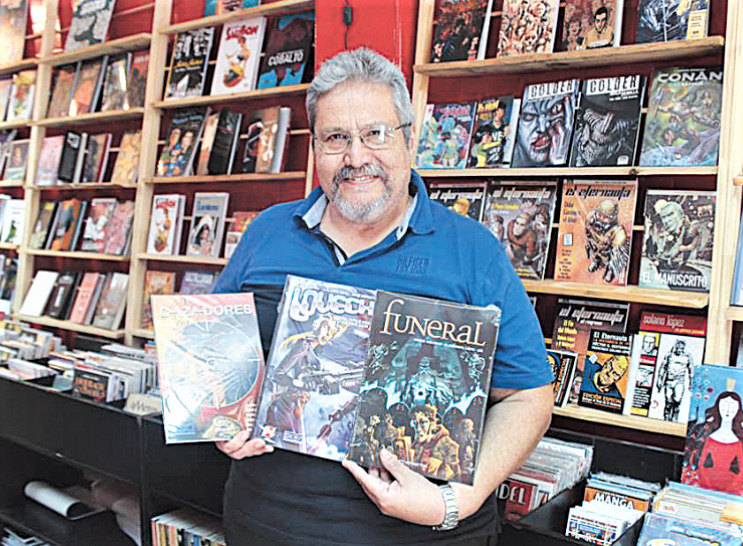

Daniel Torres, is a Spanish comics artist and writer, known for several series, including Rocco Vargas. Librarian Note: There is more than one author in the Goodreads database with this name.

James Henry "Jim" Webb, Jr. is an American politician and author. He has served as a United States Senator from Virginia, Secretary of the Navy, Assistant Secretary of Defense for Reserve Affairs, Counsel for the United States House Committee on Veterans' Affairs and is a decorated Marine Corps officer. Outside of working in government, Webb is also an Emmy Award winning journalist, filmmaker, and author of ten books. He taught literature at the United States Naval Academy and was a Fellow at the Harvard Institute of Politics. As a member of the Democratic Party, Webb announced on November 19, 2014, that he was forming an exploratory committee to evaluate a run for President of the United States in 2016. On July 2, 2015, he announced that he would be joining the race for the Democratic nomination for president, but stepped down from running in the primaries on October 20, 2015, stating that he was "not comfortable" with many political positions from the party's leadership. In 2020, Webb was named the first distinguished fellow of University of Notre Dame's International Security Center. Senator Webb is also an author of many books, stating that "I've written for a living all my life, so writing is as much a part of me as working out."

Michael John Moorcock is an English writer primarily of science fiction and fantasy who has also published a number of literary novels. Moorcock has mentioned The Gods of Mars by Edgar Rice Burroughs, The Apple Cart by George Bernard Shaw and The Constable of St. Nicholas by Edward Lester Arnold as the first three books which captured his imagination. He became editor of Tarzan Adventures in 1956, at the age of sixteen, and later moved on to edit Sexton Blake Library. As editor of the controversial British science fiction magazine New Worlds, from May 1964 until March 1971 and then again from 1976 to 1996, Moorcock fostered the development of the science fiction "New Wave" in the UK and indirectly in the United States. His serialization of Norman Spinrad's Bug Jack Barron was notorious for causing British MPs to condemn in Parliament the Arts Council's funding of the magazine. During this time, he occasionally wrote under the pseudonym of "James Colvin," a "house pseudonym" used by other critics on New Worlds. A spoof obituary of Colvin appeared in New Worlds #197 (January 1970), written by "William Barclay" (another Moorcock pseudonym). Moorcock, indeed, makes much use of the initials "JC", and not entirely coincidentally these are also the initials of Jesus Christ, the subject of his 1967 Nebula award-winning novella Behold the Man, which tells the story of Karl Glogauer, a time-traveller who takes on the role of Christ. They are also the initials of various "Eternal Champion" Moorcock characters such as Jerry Cornelius, Jerry Cornell and Jherek Carnelian. In more recent years, Moorcock has taken to using "Warwick Colvin, Jr." as yet another pseudonym, particularly in his Second Ether fiction.

Daniel Thomas "Dan" O'Bannon (September 30, 1946 – December 17, 2009) was an American film screenwriter, director, visual effects supervisor, and occasional actor, usually in the science fiction and horror genres. O'Bannon is best known for having written the screenplay for Alien, adapted from a story he wrote with Ronald Shusett. He also contributed computer animation to Star Wars, worked on cult classics such as Dark Star, Heavy Metal and Total Recall, and both wrote and directed the horror comedy The Return of the Living Dead.

Carlos Trillo was an Argentine comic book writer. Trillo began a prolific career as writer already at the age of 20, writing his first story for Patoruzú magazine. Trillo created, together with Horacio Altuna, the strip El Loco Chávez, which appeared every day at the back of the newspaper Clarín from July 26, 1975 to November 10, 1987. After that, the strip was replaced by El Negro Blanco, which he wrote for the artist Ernesto García Seijas until September 1993. He married writer Ema Wolf and had two children. He participated on the creation of several comics including Cybersix in 1992, with Carlos Meglia, and the Clara de noche and Cicca Dum Dum series with Jordi Bernet. He has also collaborated with Alberto Breccia and Alejandro Dolina. In 1999, his work La grande arnaque won the Prize for Scenario at the Angoulême International Comics Festival. He died in London on May 8, 2011, while on holiday with his wife. (Source: Wikipedia)

Theodore Sturgeon (1918–1985) is considered one of the godfathers of contemporary science fiction and dark fantasy. The author of numerous acclaimed short stories and novels, among them the classics More Than Human, Venus Plus X, and To Marry Medusa, Sturgeon also wrote for television and holds among his credits two episodes of the original 1960s Star Trek series, for which he created the Vulcan mating ritual and the expression “Live long and prosper.” He is also credited as the inspiration for Kurt Vonnegut’s recurring fictional character Kilgore Trout. Sturgeon is the recipient of the Hugo Award, the Nebula Award, and the International Fantasy Award. In 2000, he was posthumously honored with a World Fantasy Award for Life Achievement.
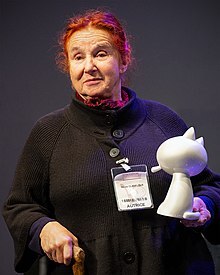
Nicole Claveloux is a French painter, illustrator and comic book artist. She was born in 1940 in Saint-Étienne, where she also studied fine arts. She moved to Paris in 1966, to work as an illustrator and comics artist. Her work appeared on a number of magazines, including 'Planète', 'Okapi', 'Marie Claire', 'Charlie Mensuel', as well as the alternative comics magazines 'Métal Hurlant' and 'Ah! Nana'.


Doug Moench, is an American comic book writer notable for his Batman work and as the creator of Black Mask, Moon Knight and Deathlok. Moench has worked for DC Comics, Marvel Comics, Dark Horse Comics and many other smaller companies; he has written hundreds of issues of many different comics, and created dozens of characters, such as Moon Knight. In 1973, Moench became the de facto lead writer for the Marvel black-and-white magazine imprint Curtis Magazines. He contributed to the entire runs of Planet of the Apes, Rampaging Hulk (continuing on the title when it changed its name to The Hulk!) and Doc Savage, while also serving as a regular scribe for virtually every other Curtis title during the course of the imprint's existence. Moench is perhaps best known for his work on Batman, whose title he wrote from 1983–1986 and then again from 1992–1998. (He also wrote the companion title Detective Comics from 1983–1986.) Moench is a frequent and longtime collaborator with comics artist Paul Gulacy. The pair are probably best known for their work on Shang-Chi: Master of Kung Fu, which they worked on together from 1974–1977. They also co-created Six from Sirius, Slash Maraud, and S.C.I. Spy, and have worked together on comics projects featuring Batman, Conan the Barbarian and James Bond. Moench has frequently been paired with the artist and inker team of Kelley Jones and John Beatty on several Elseworlds Graphic Novels and a long run of the monthly Batman comic.



